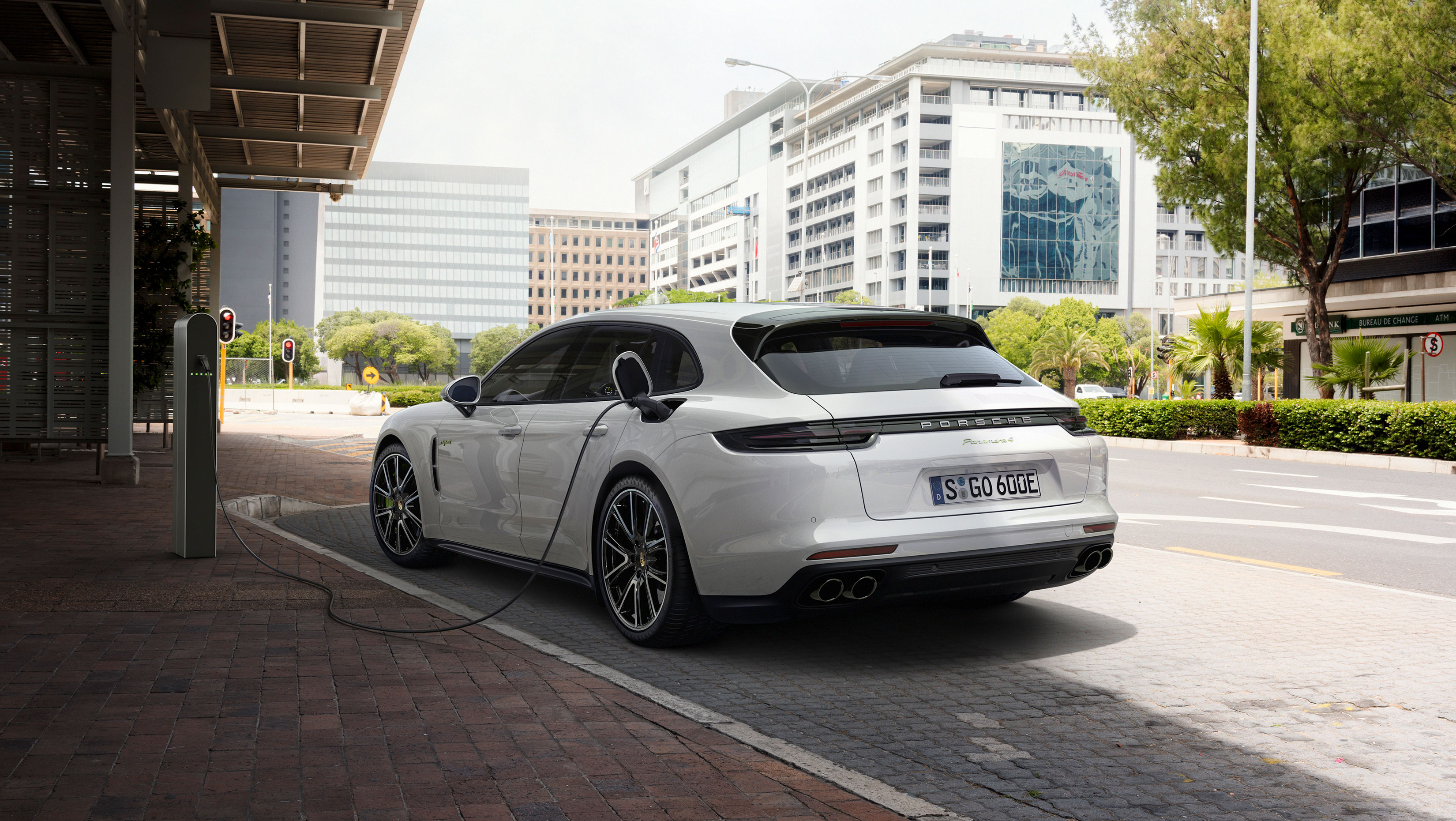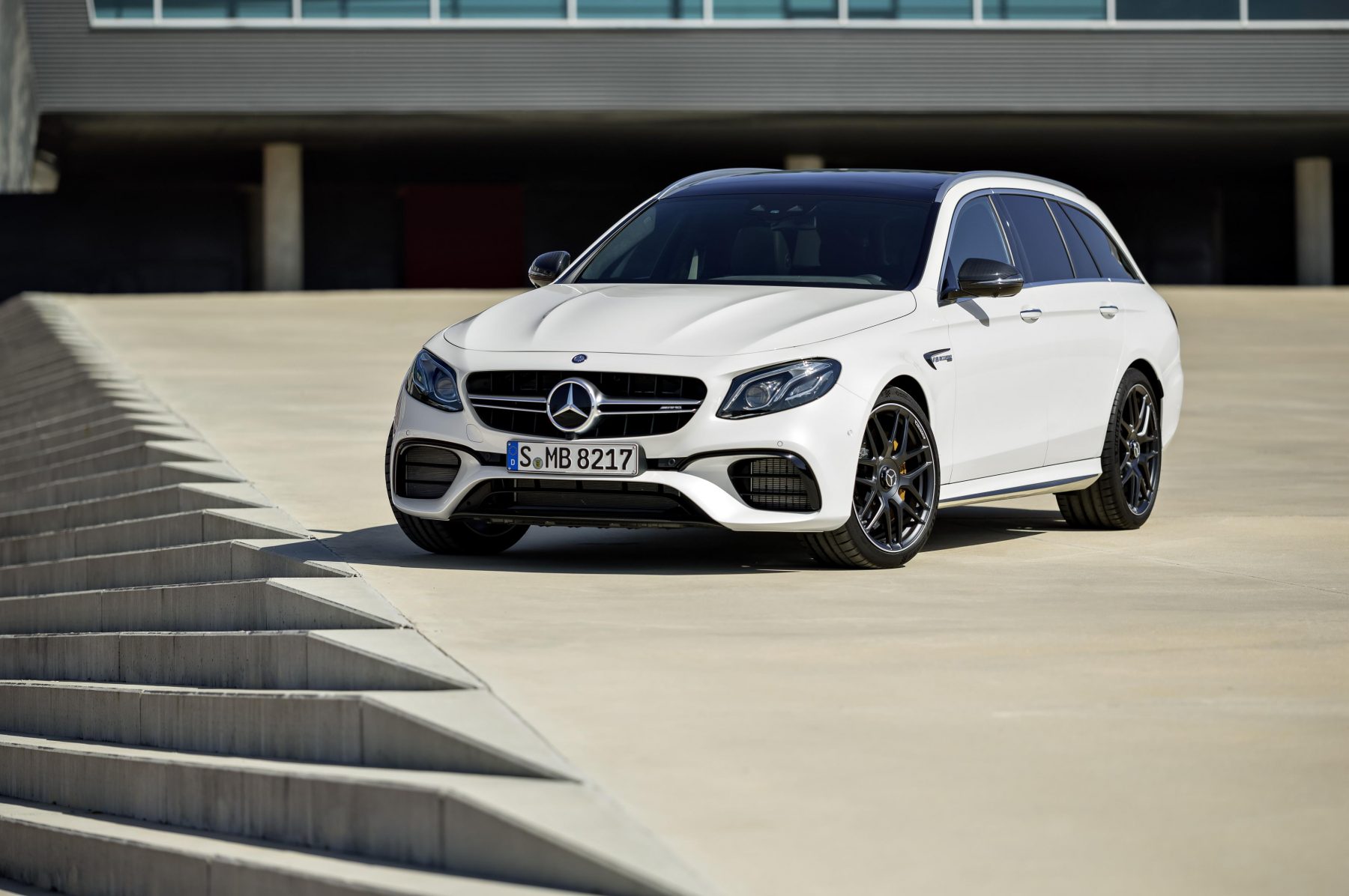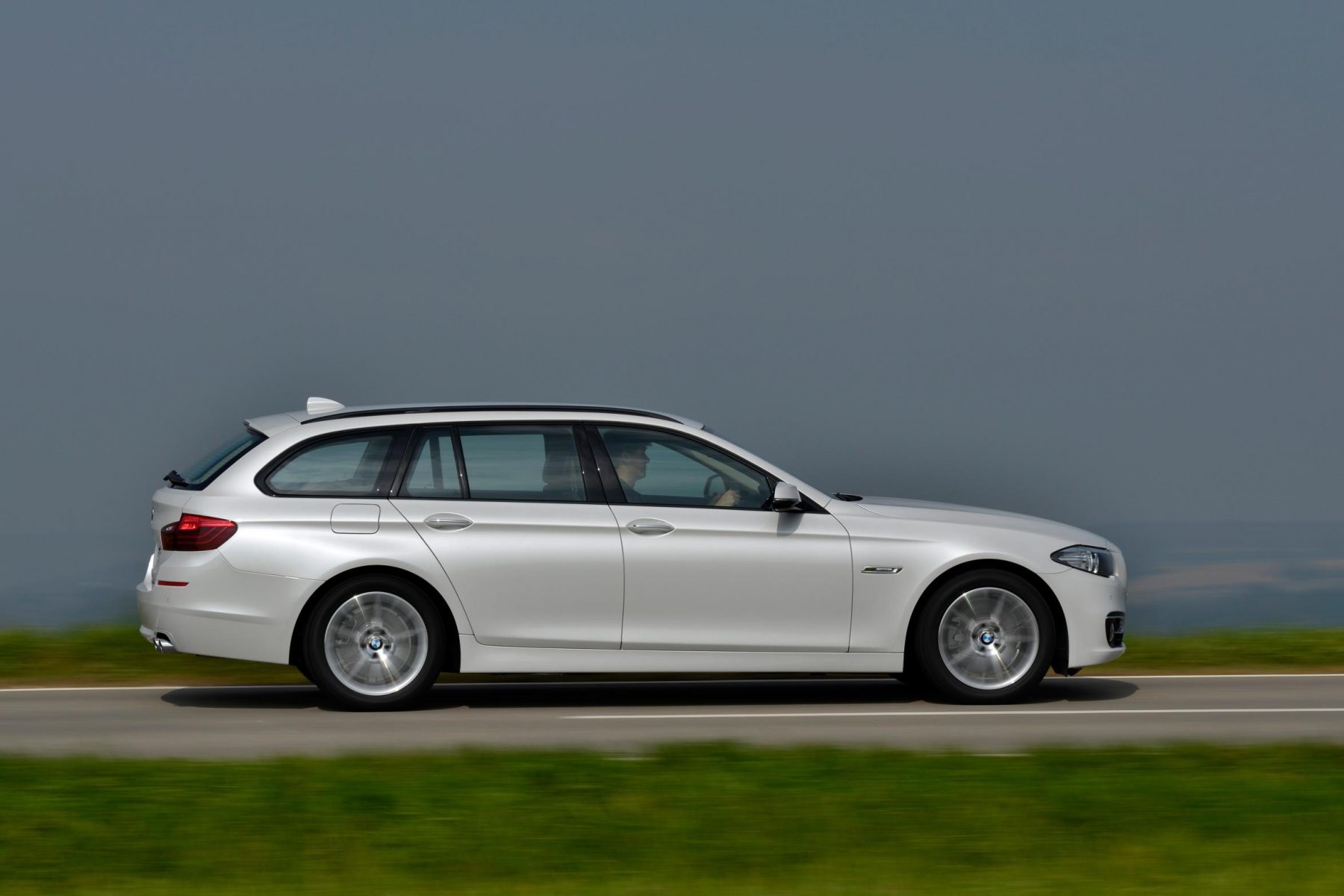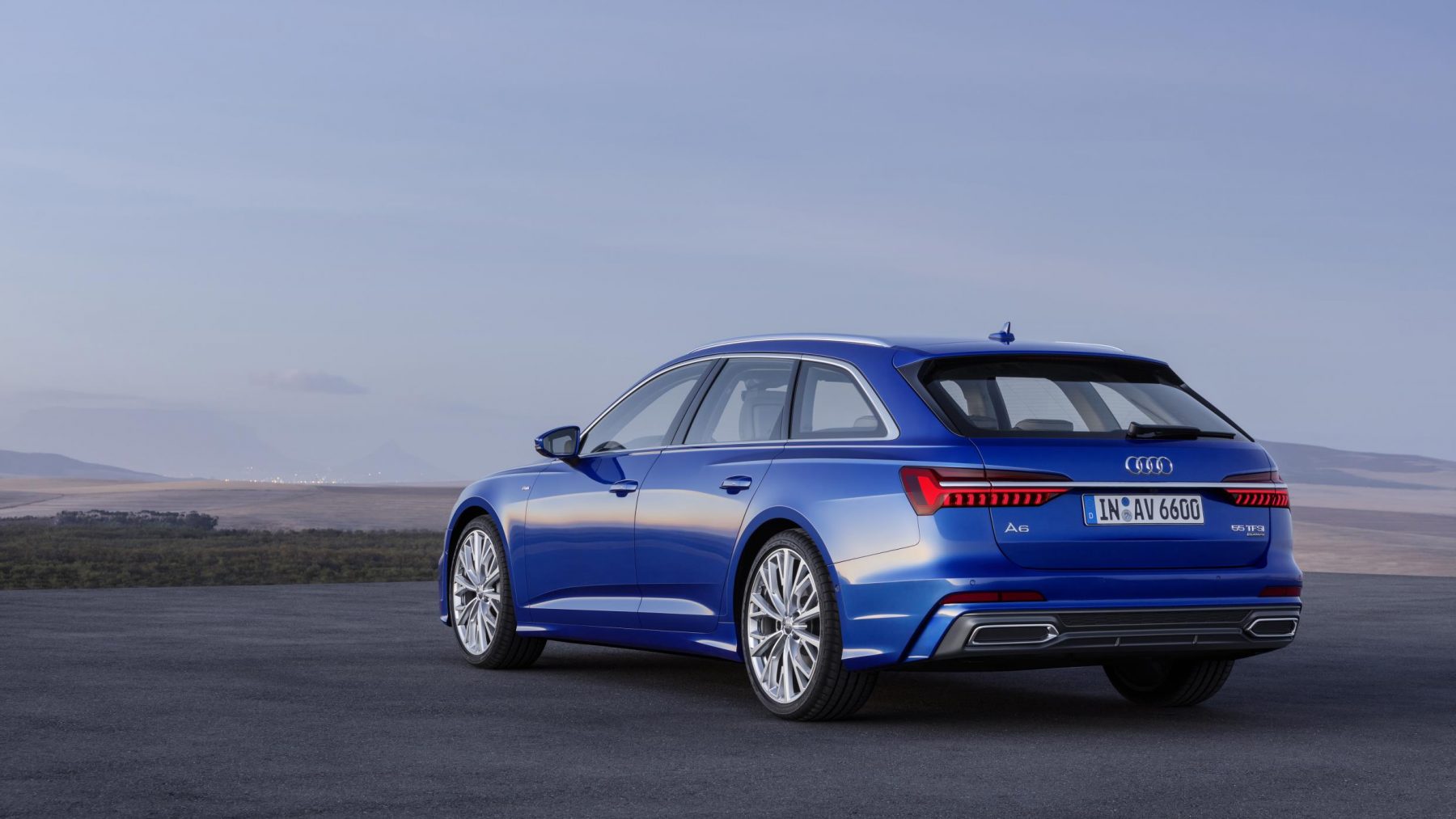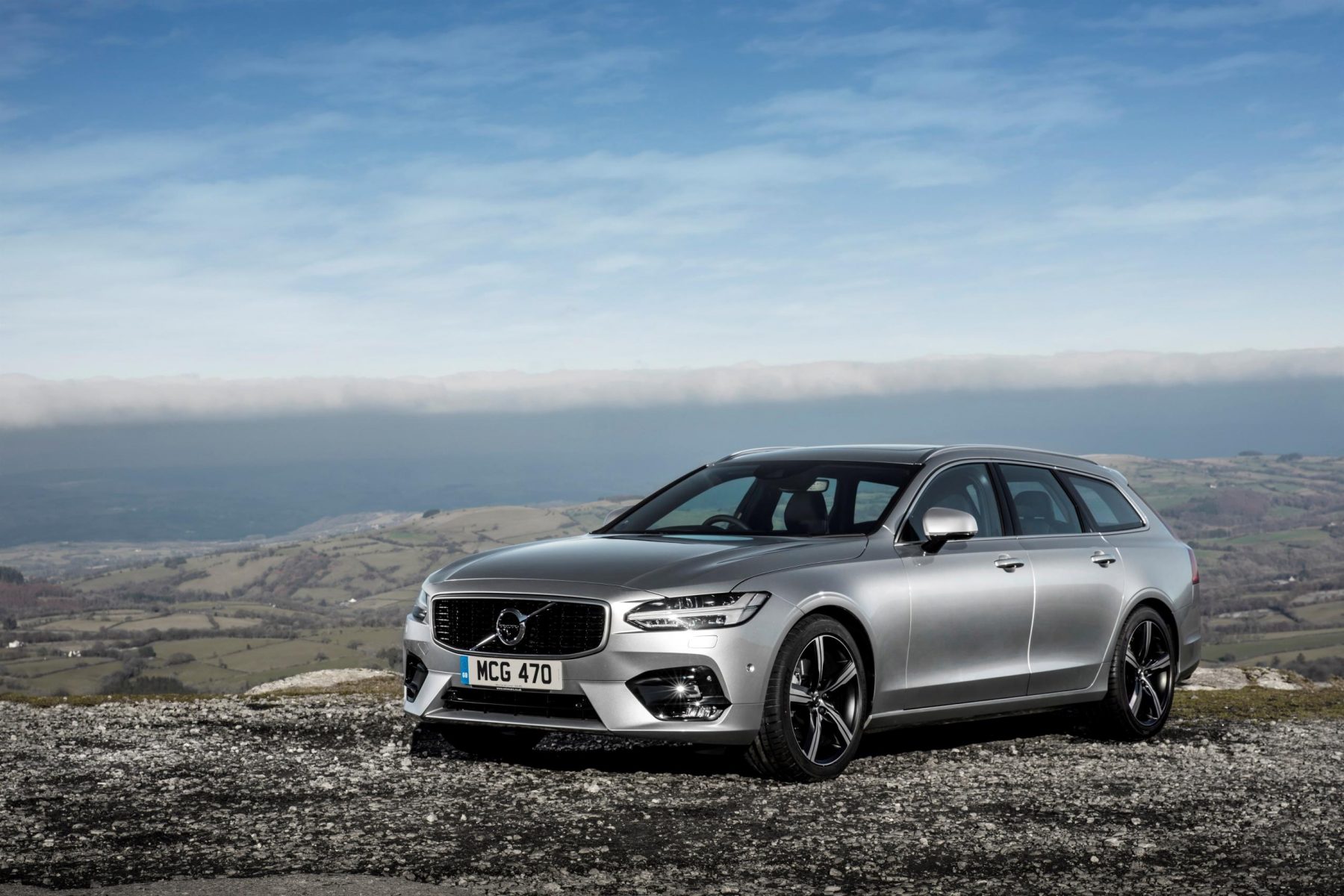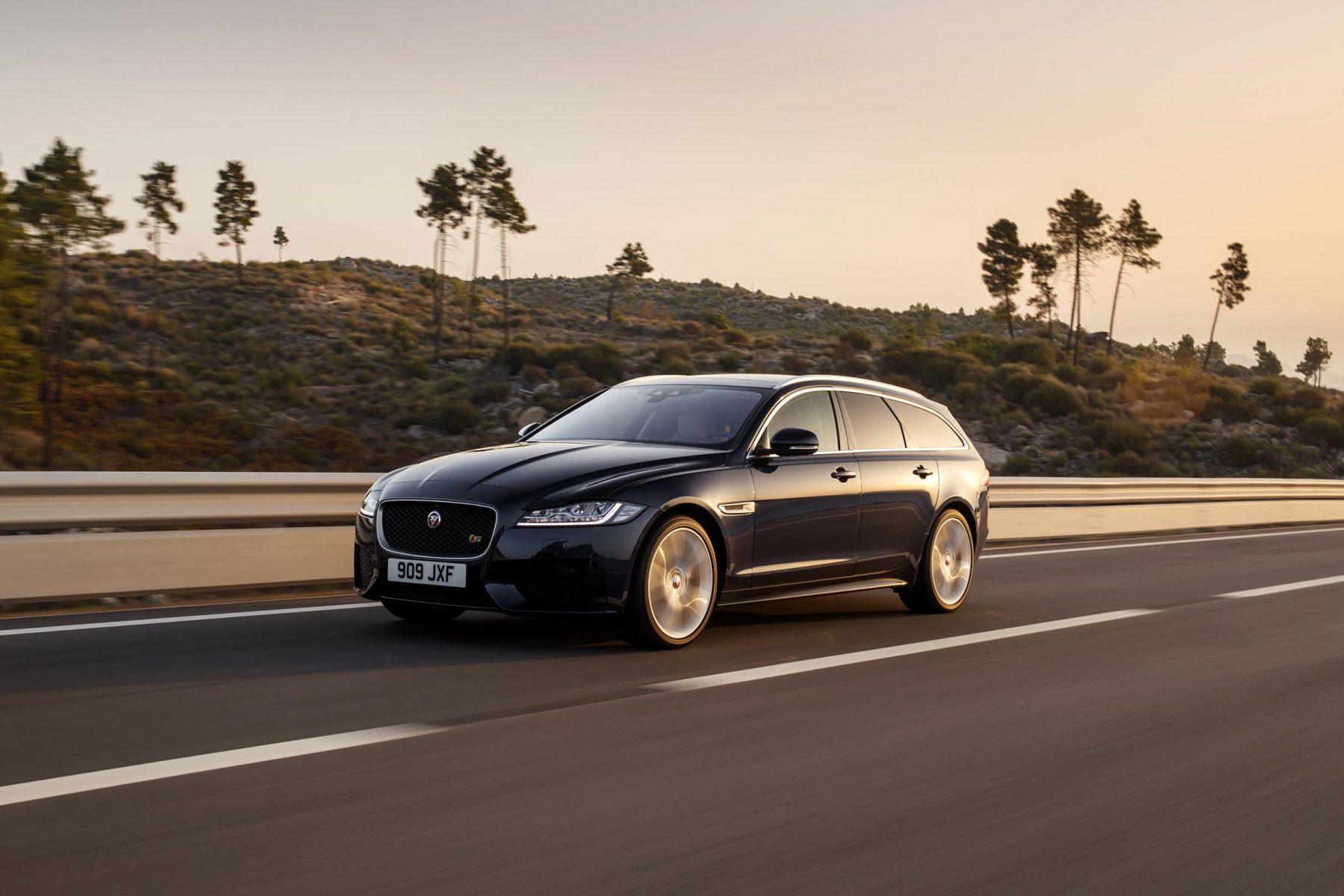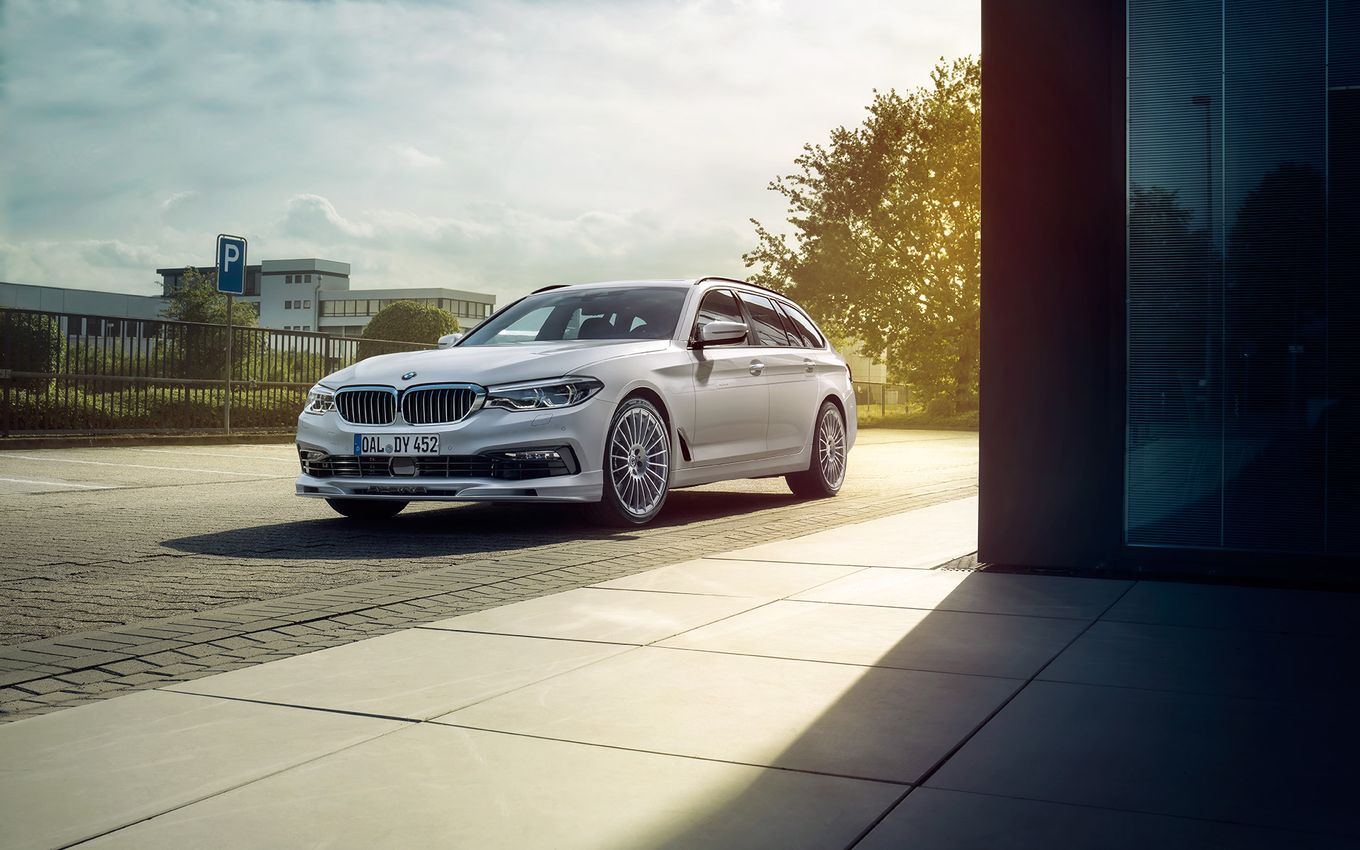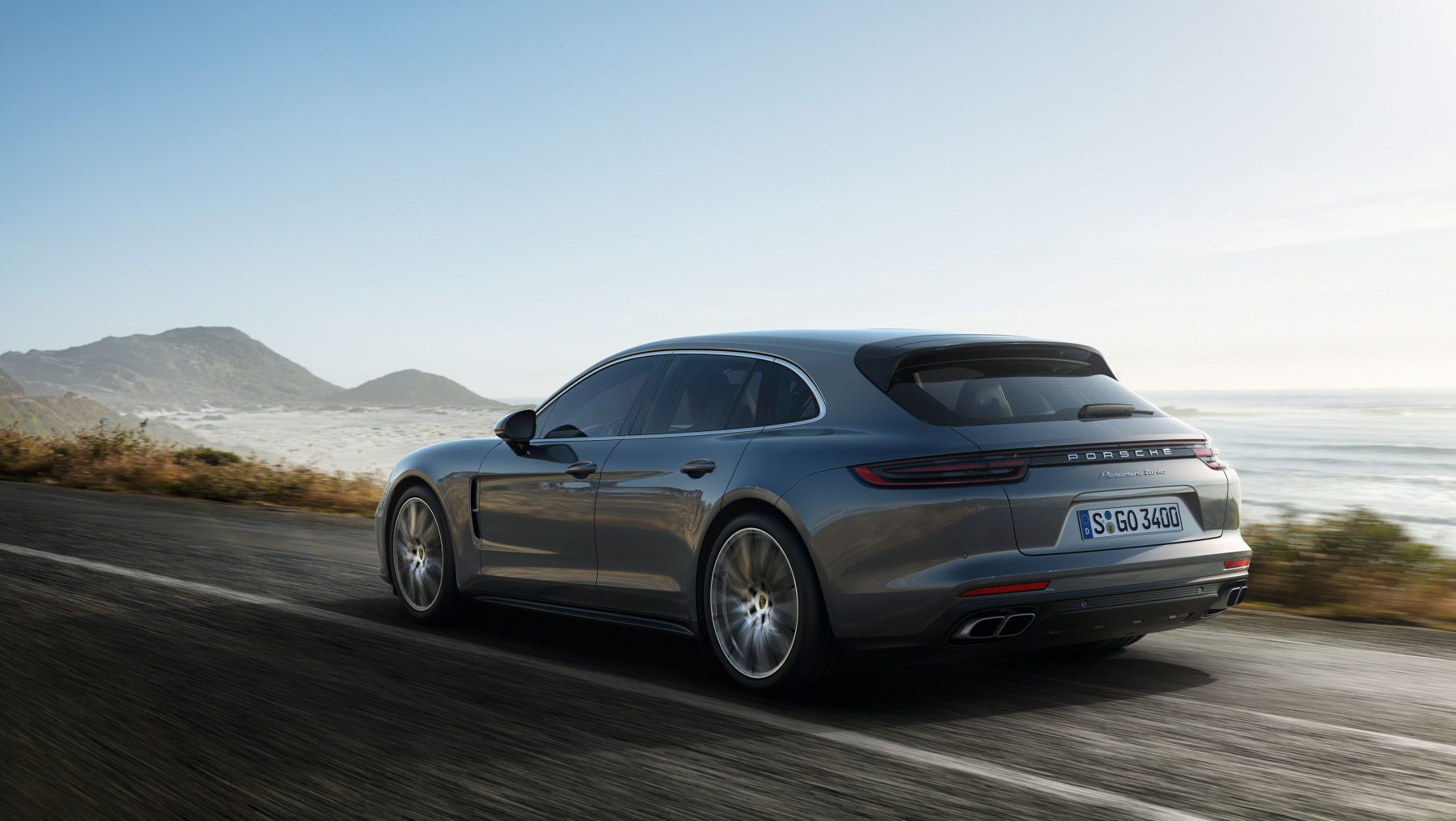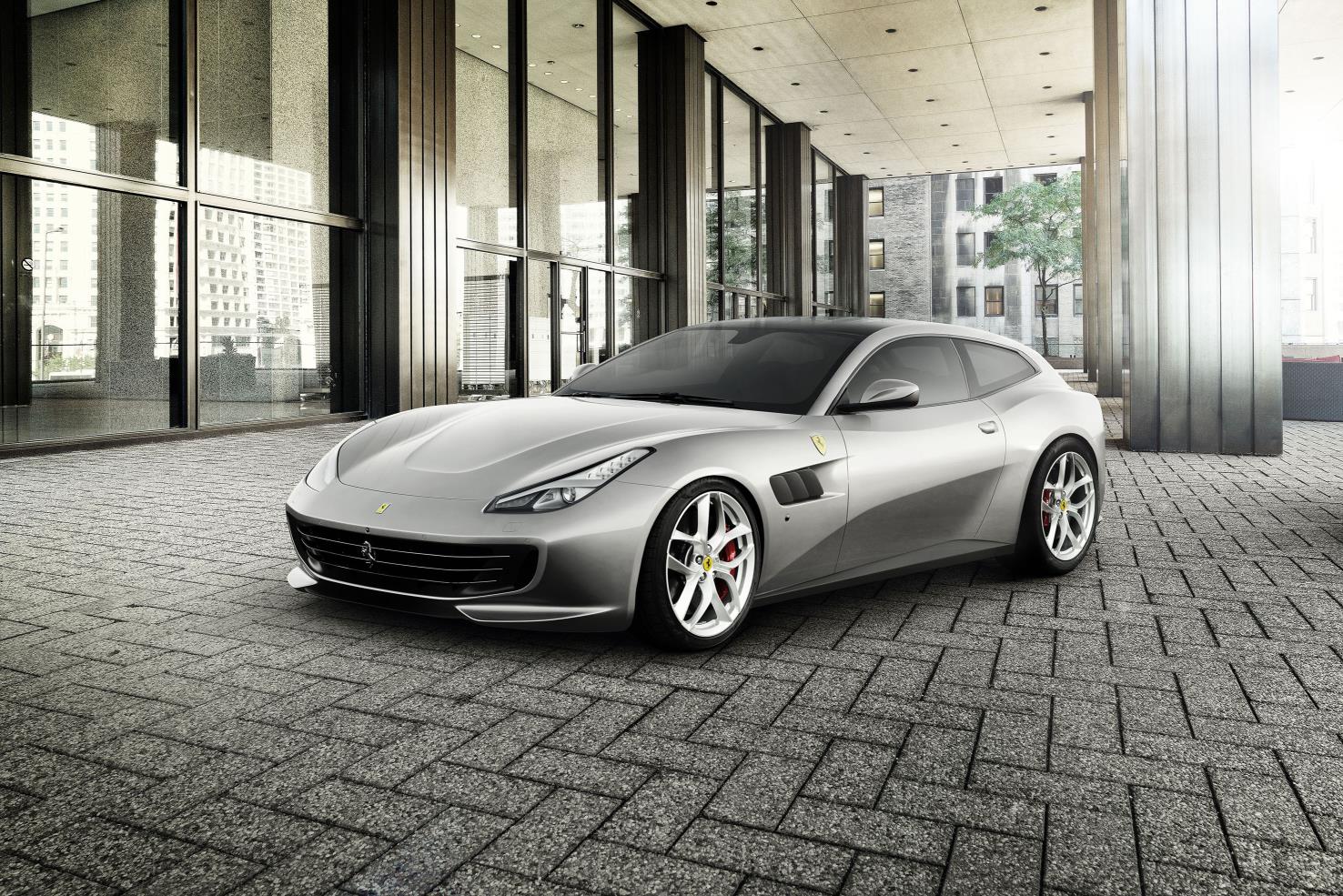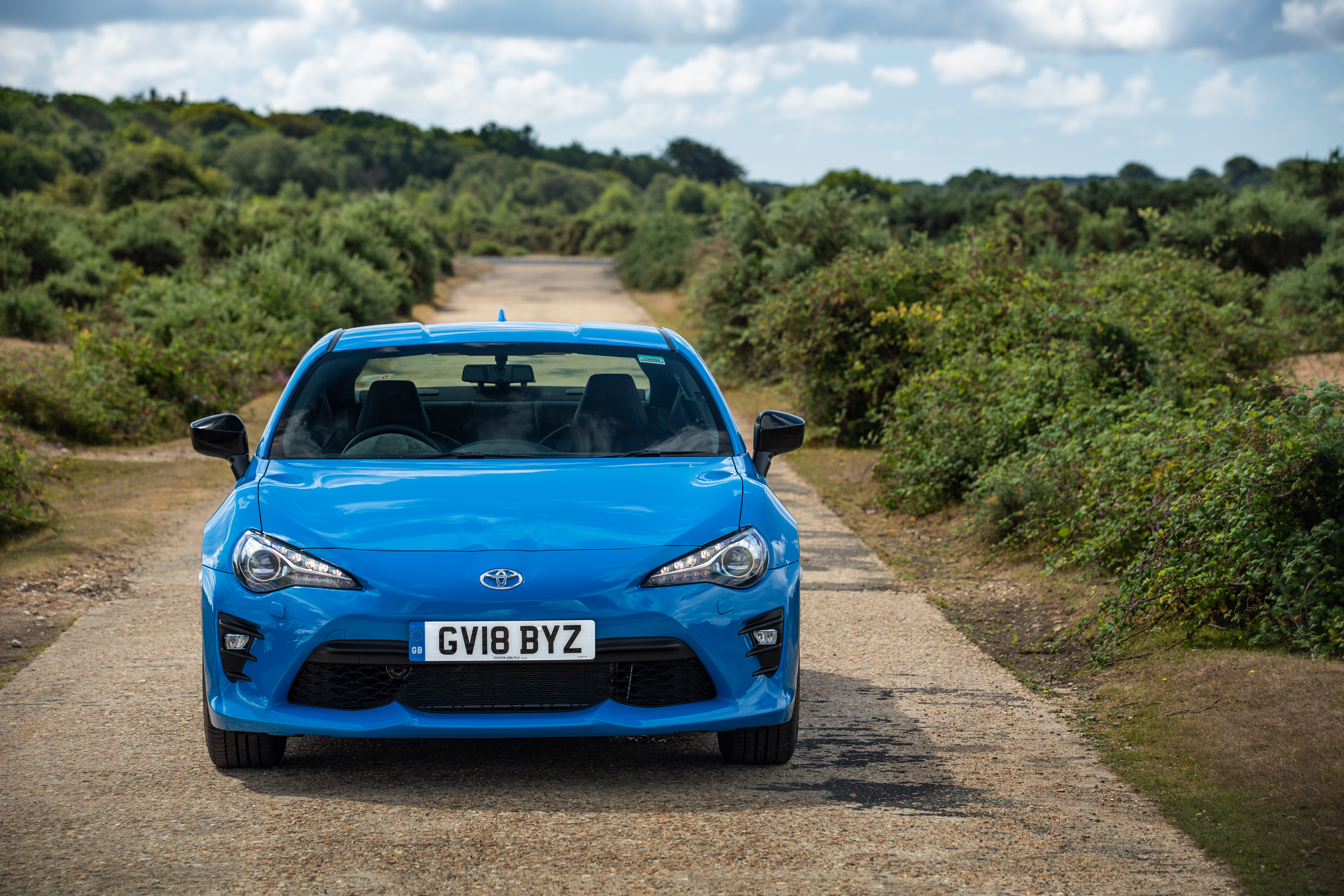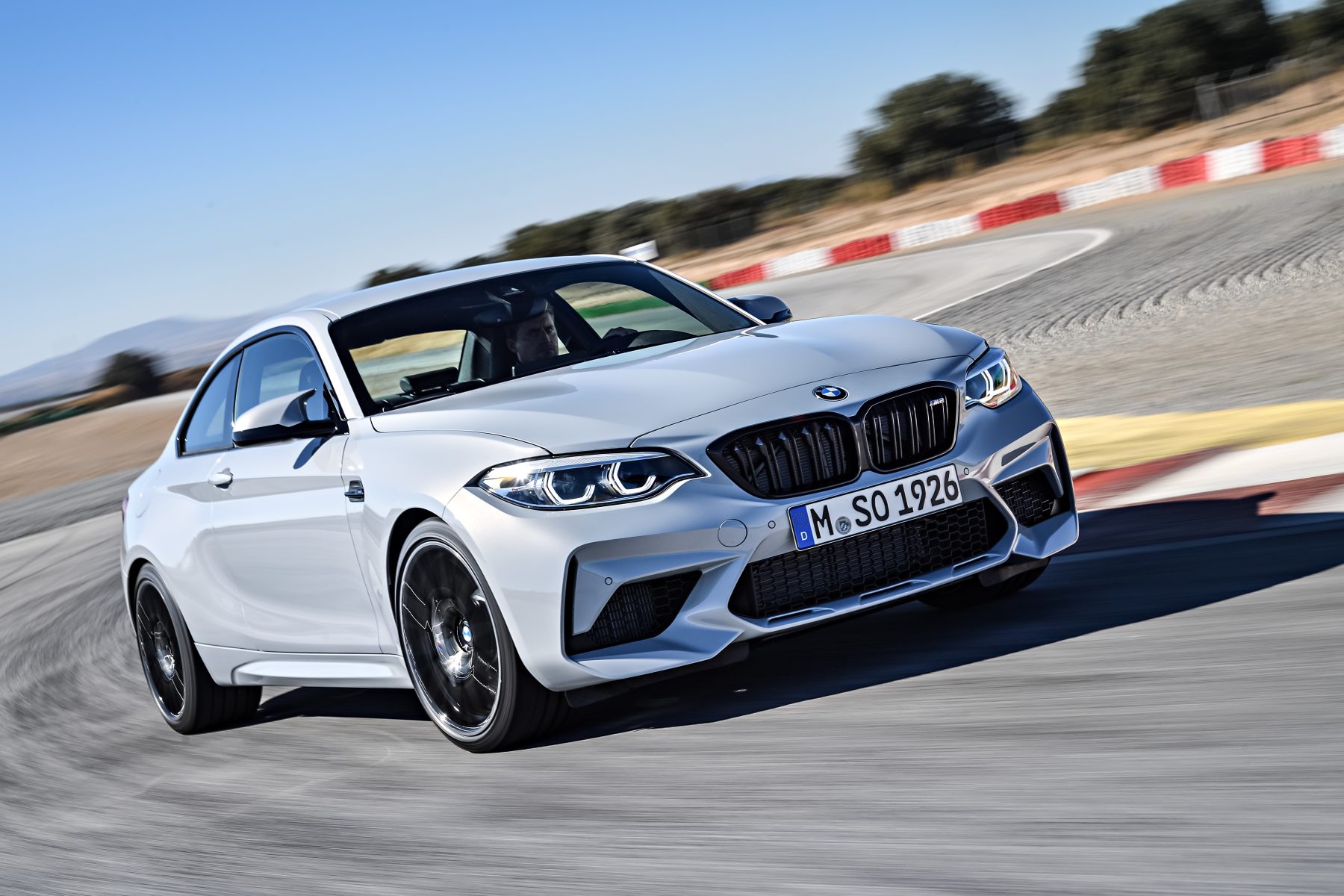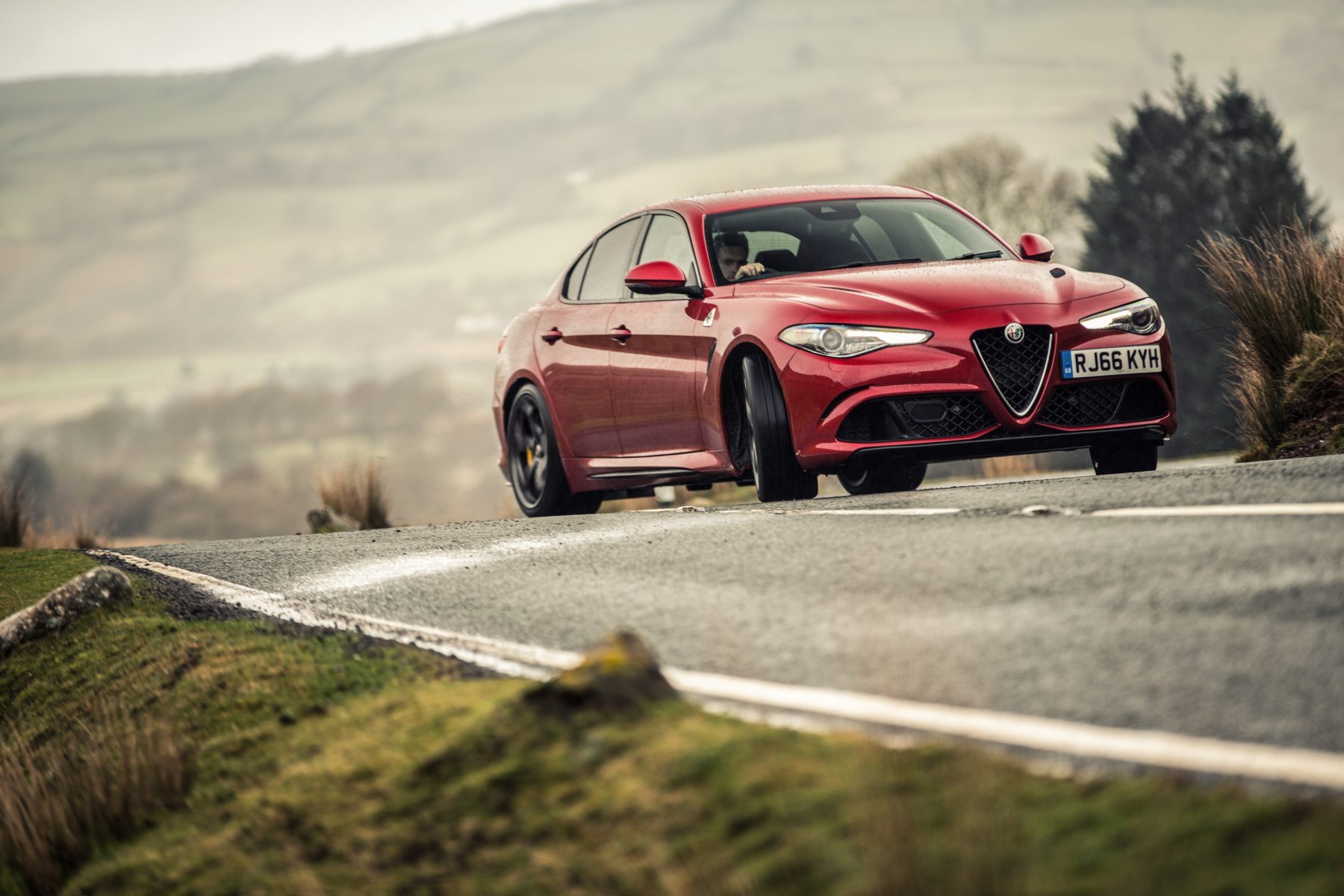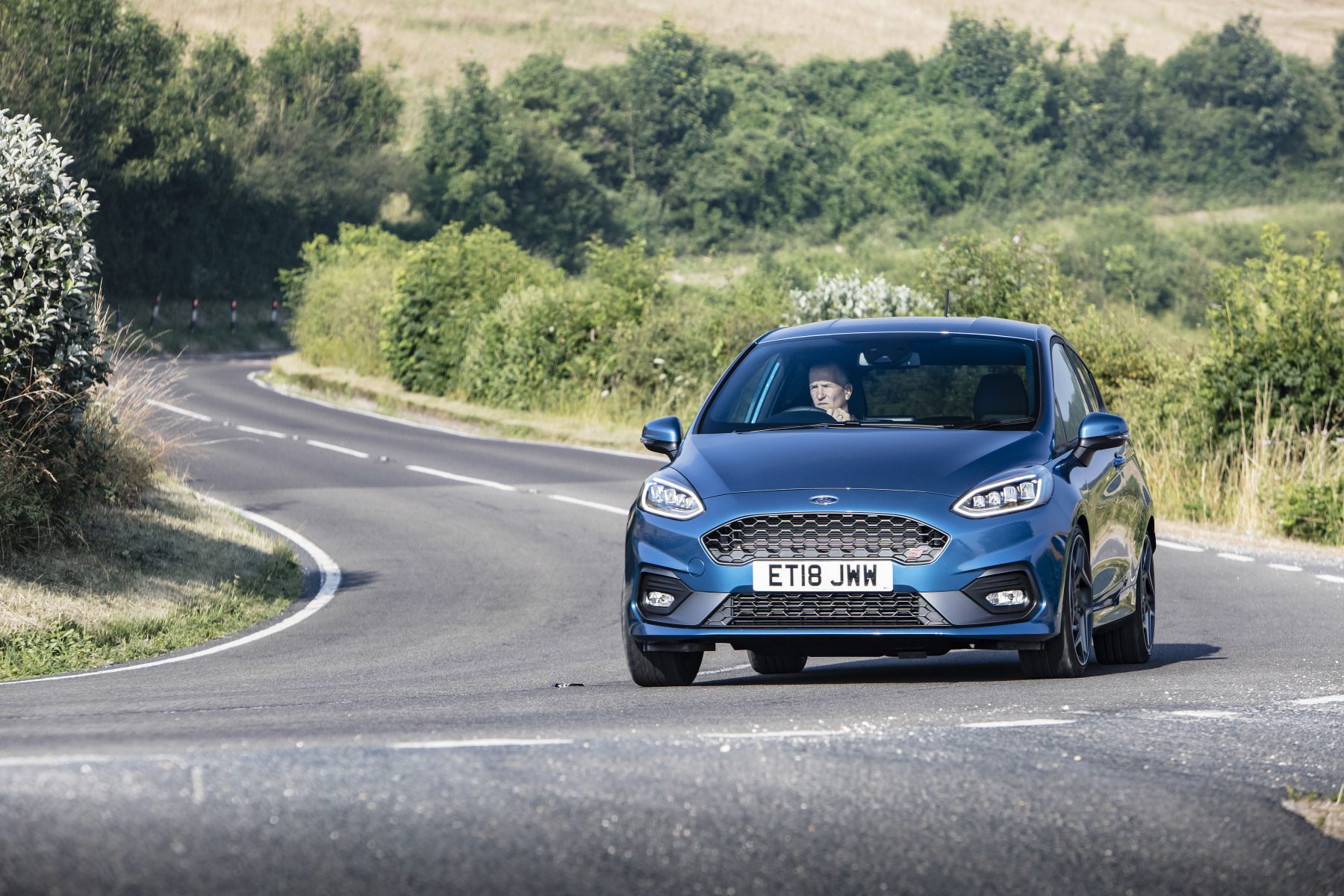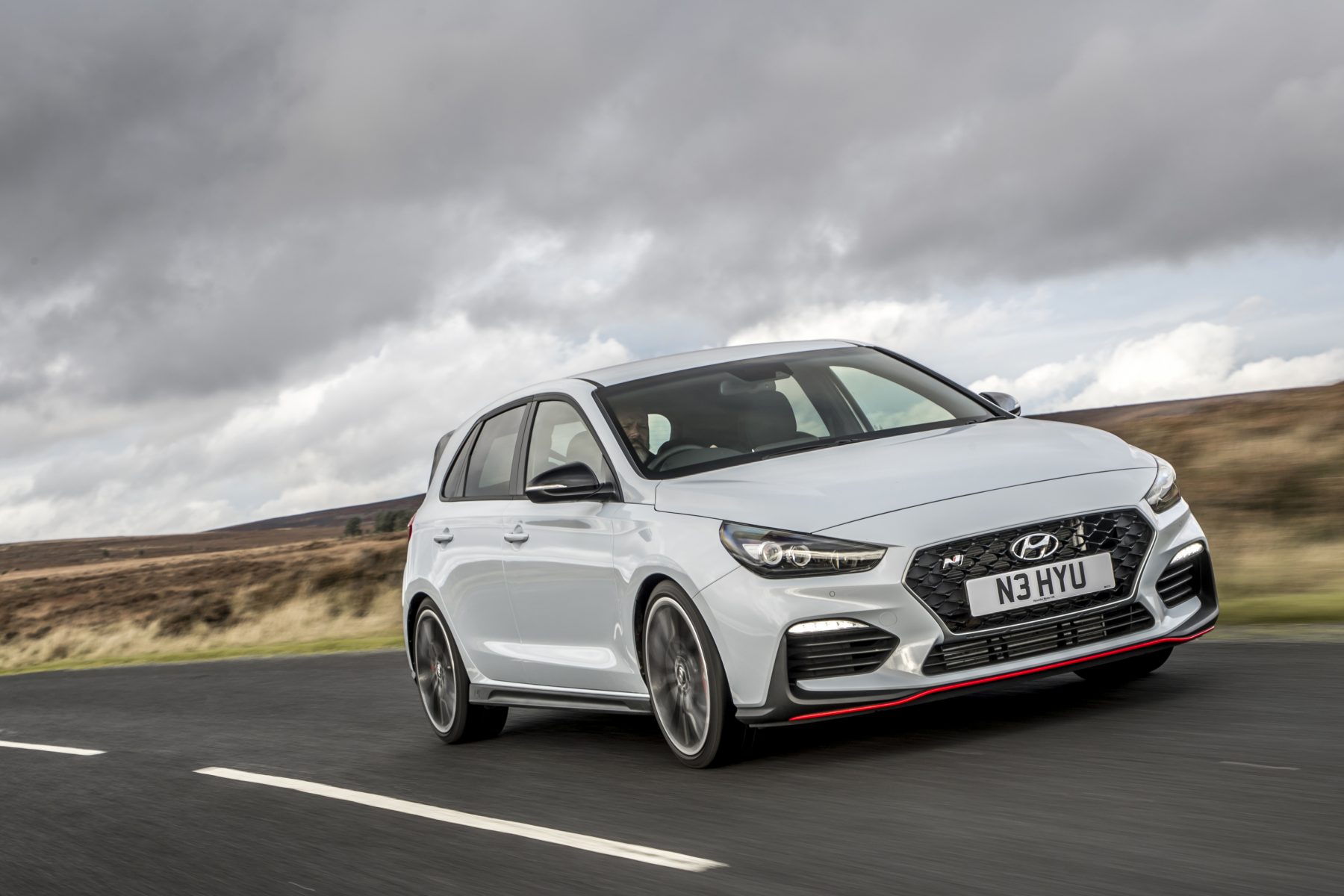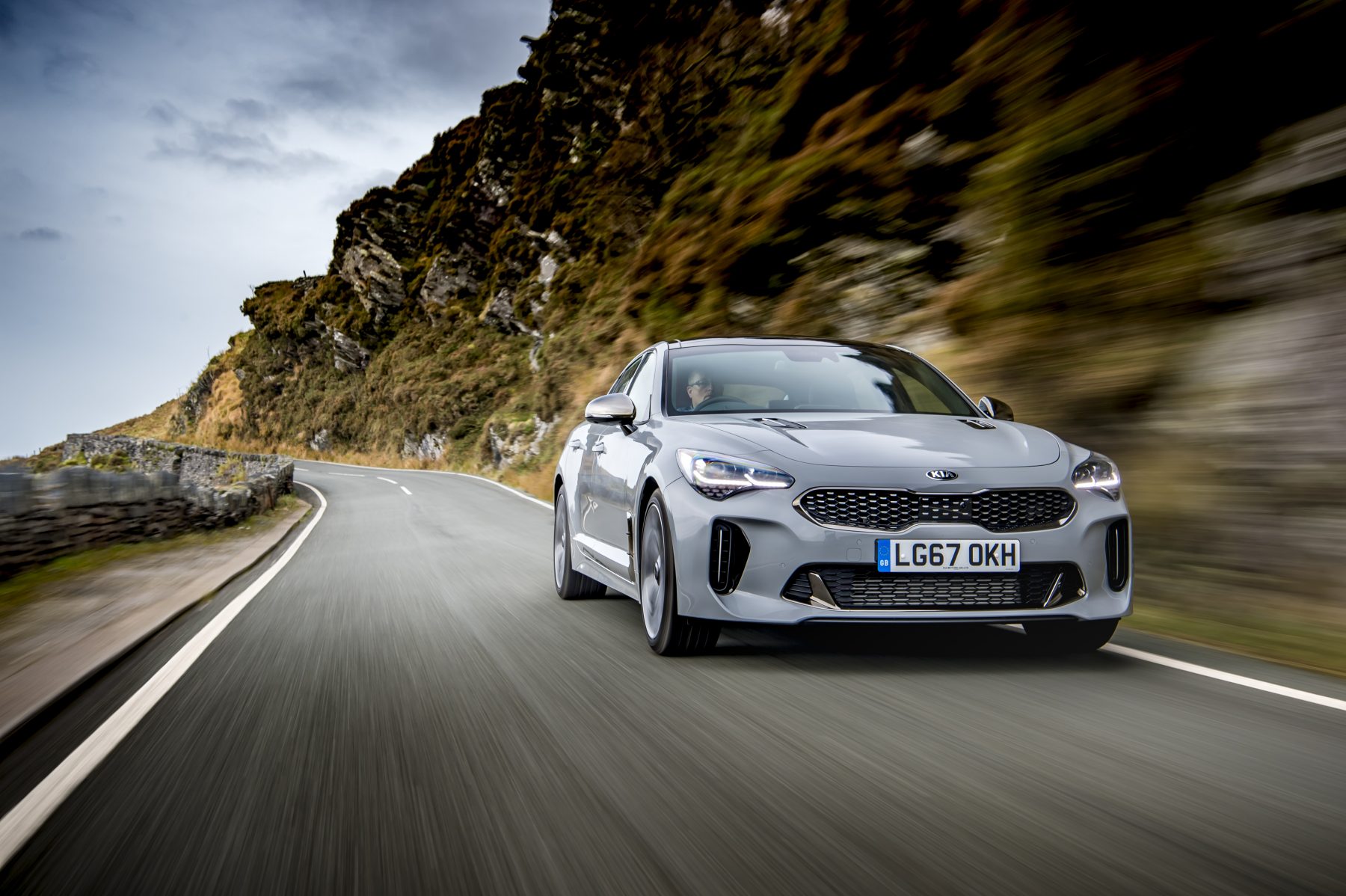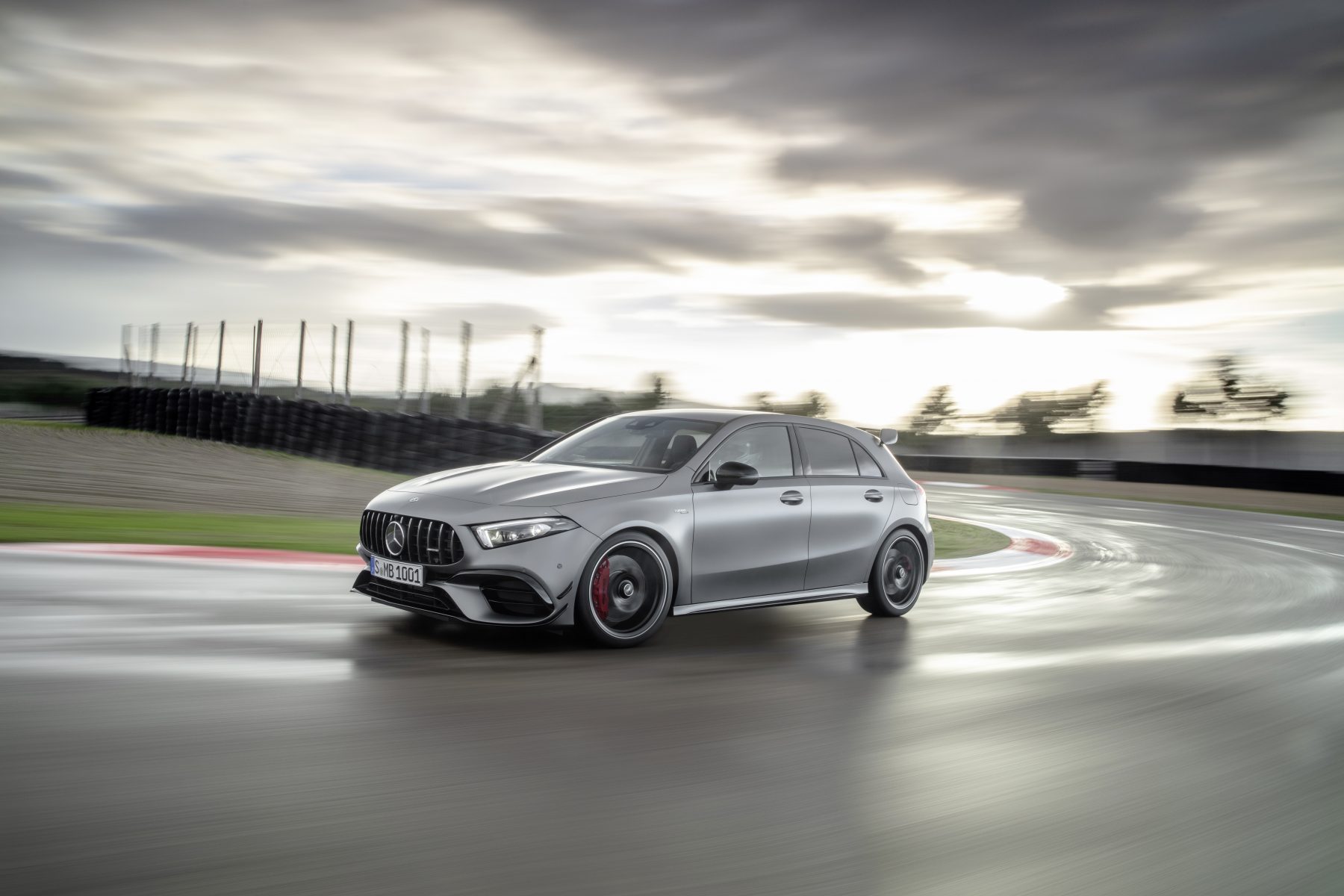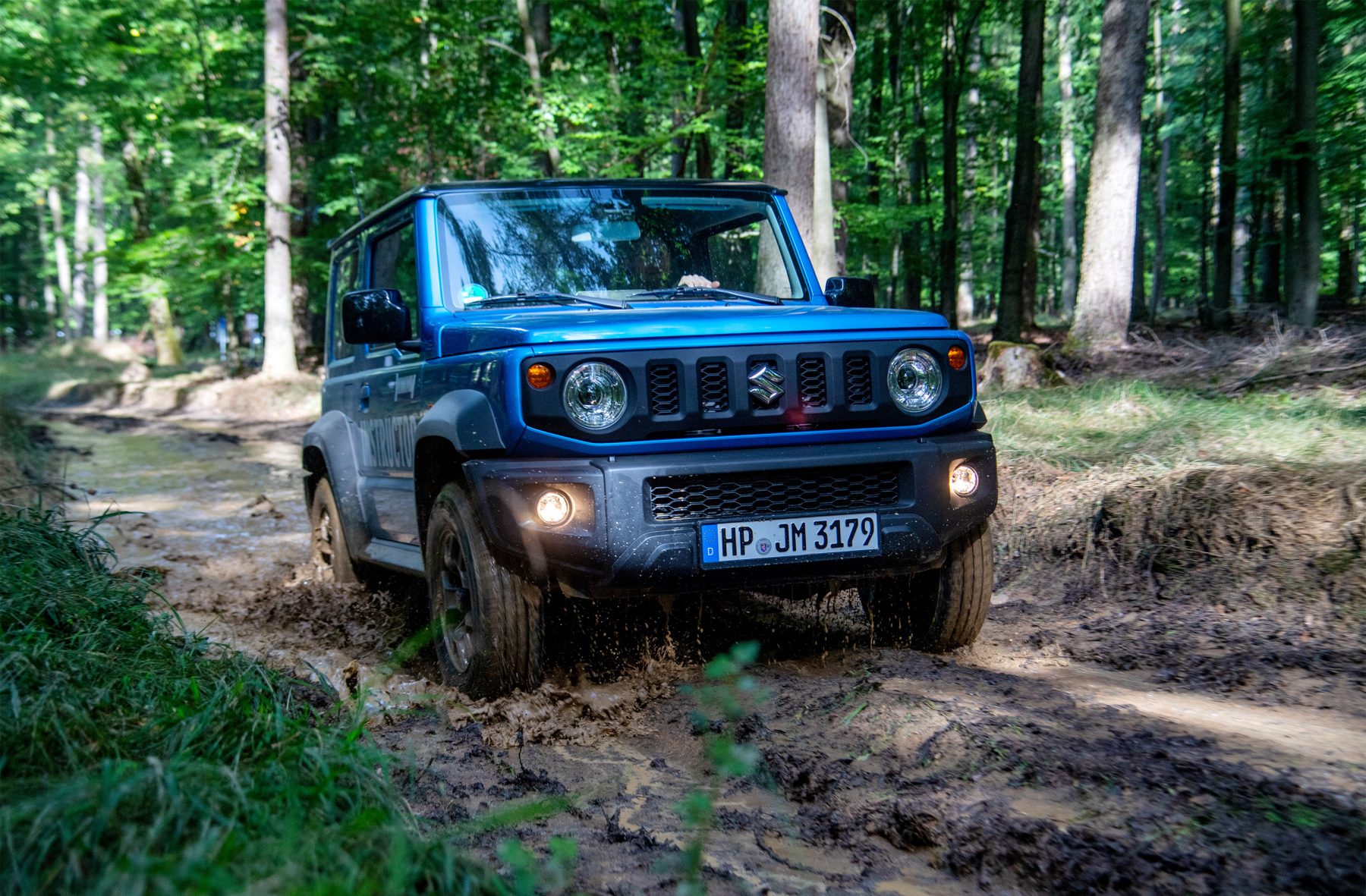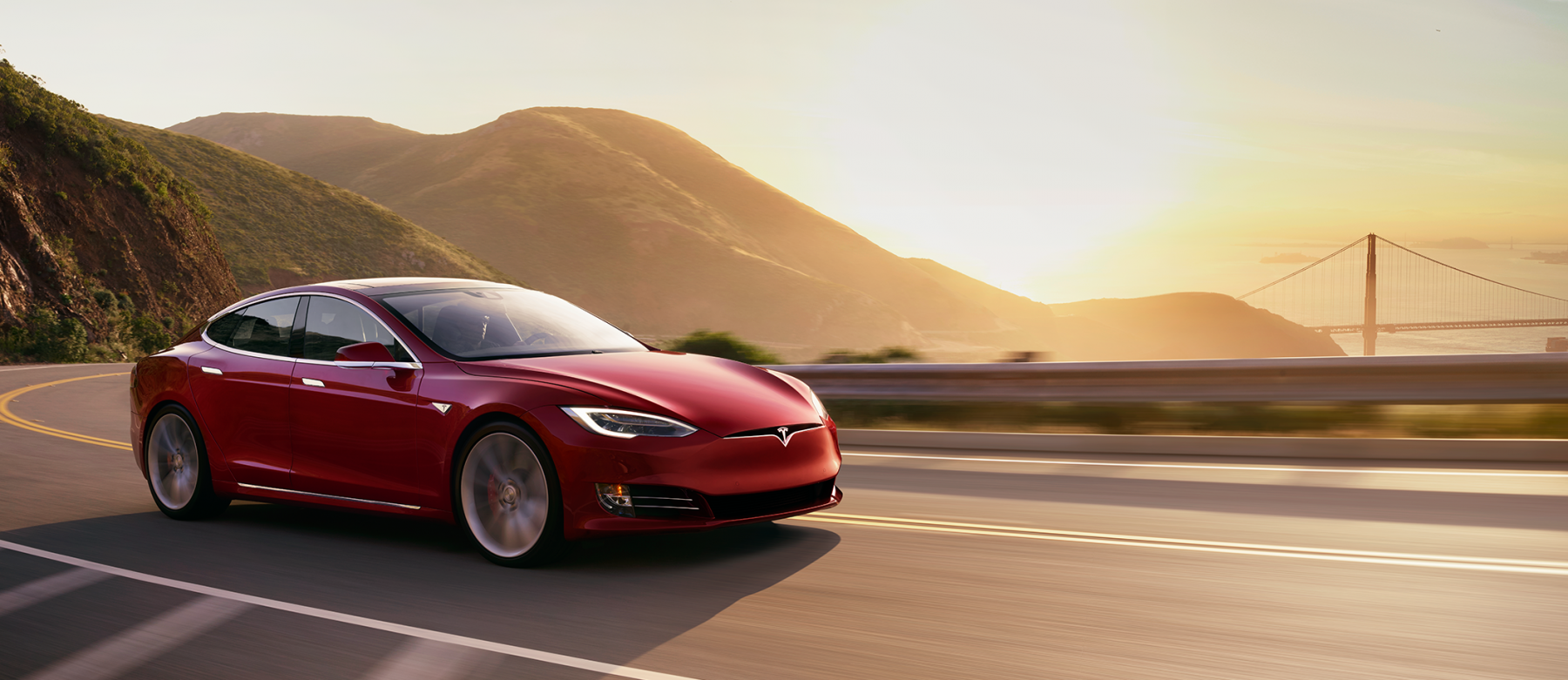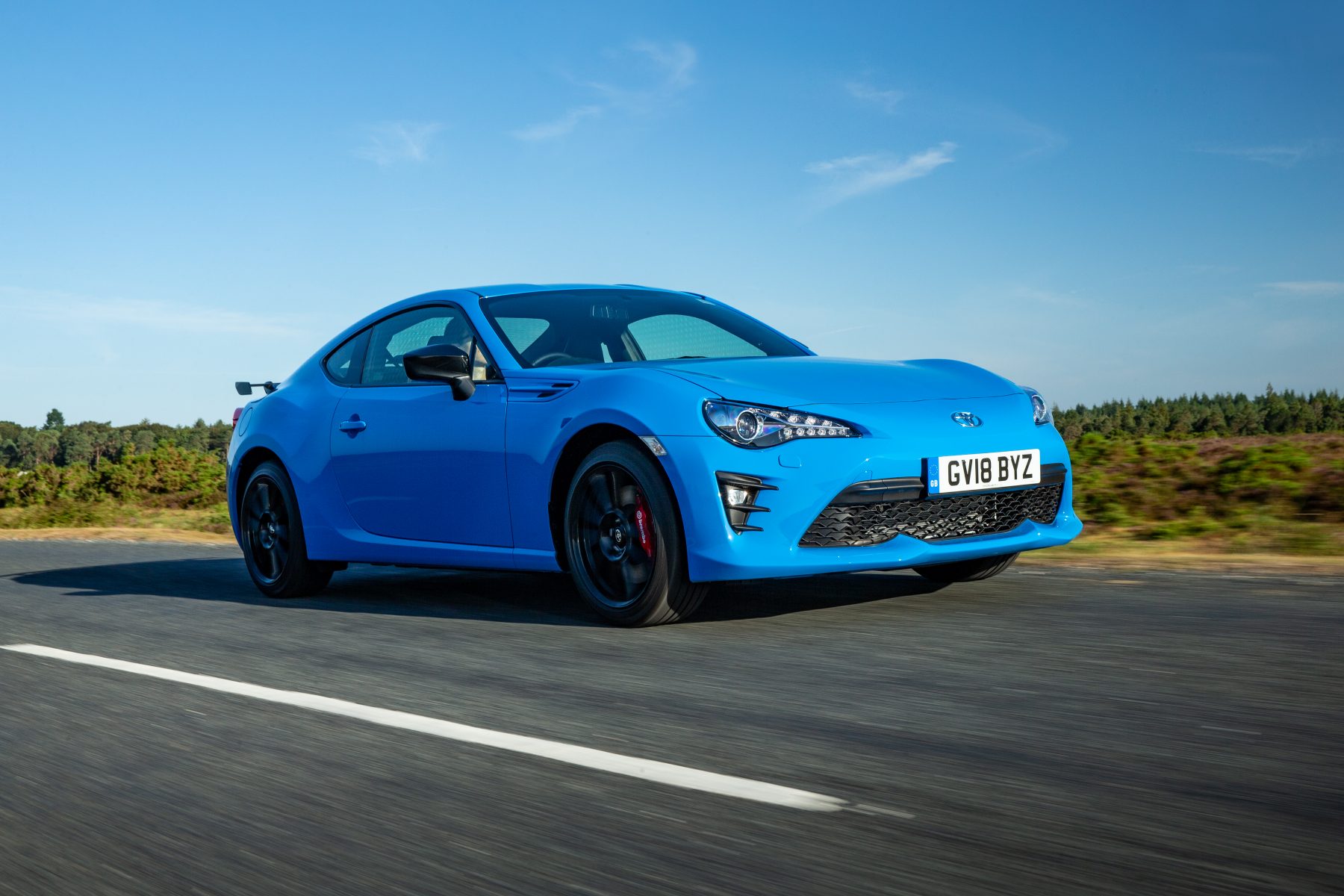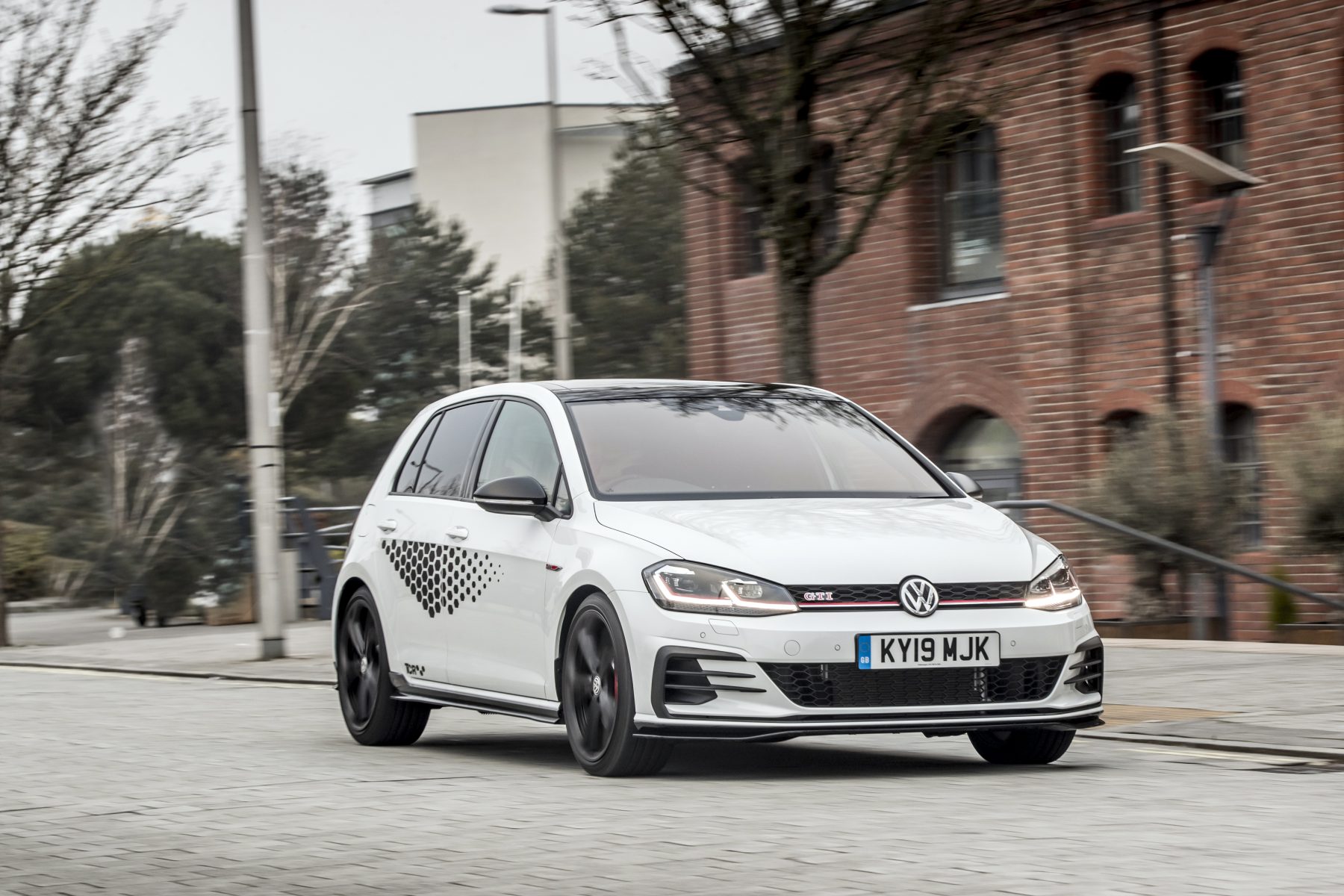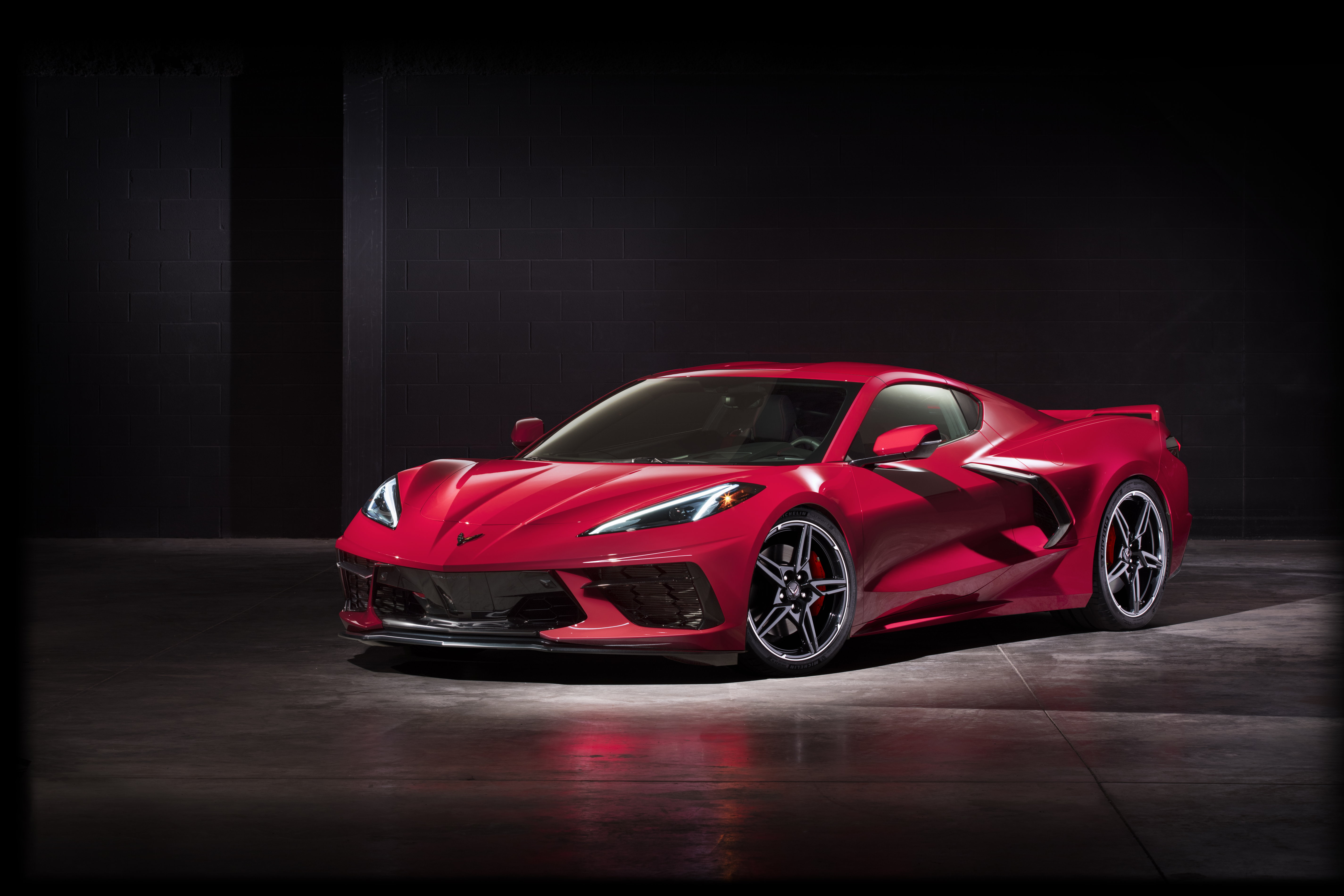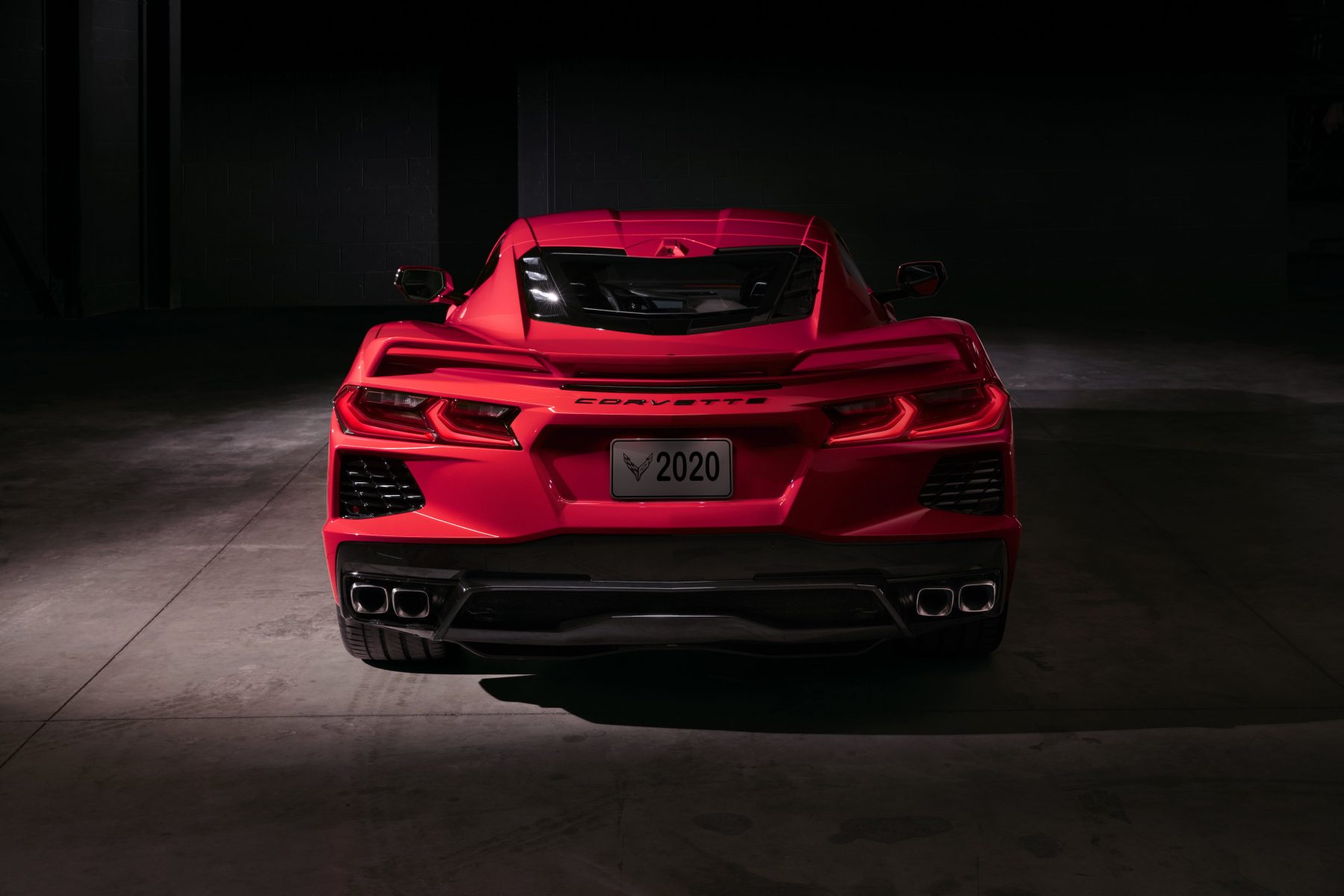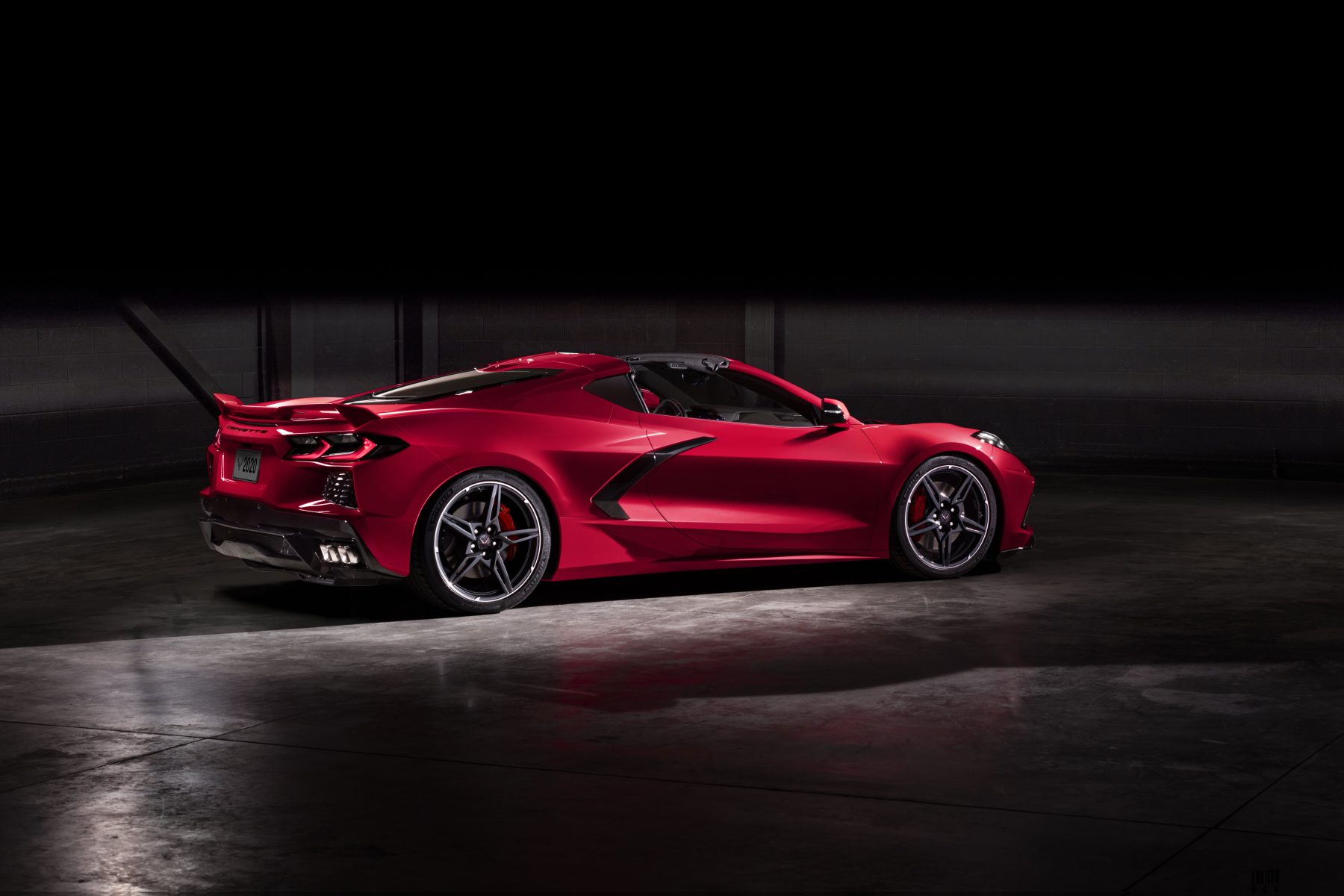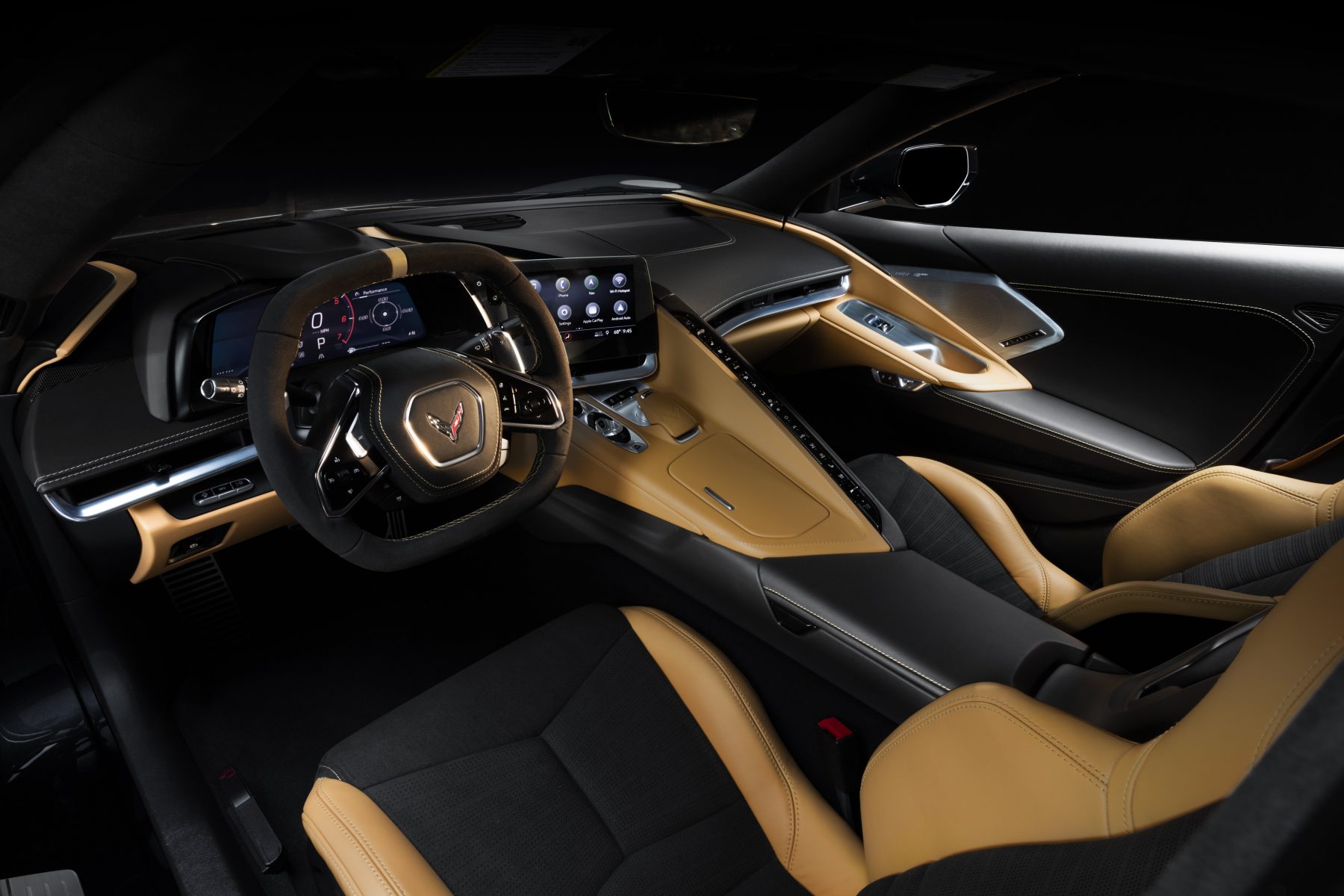As more cars are getting more technologically advanced, so do their infotainment systems. To some, it may look like form over function, but here is our guide to some of the best systems around.
BMW iDrive
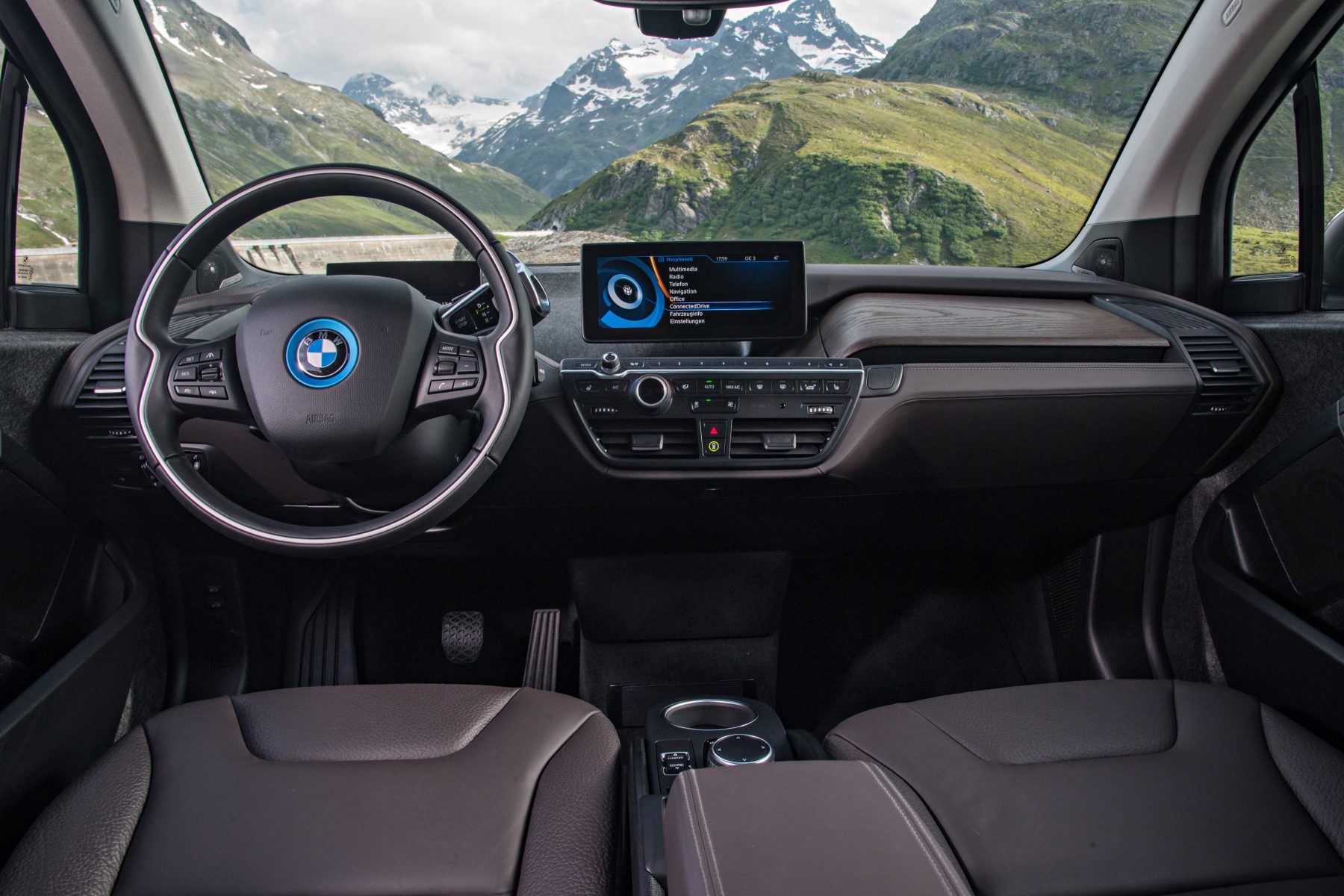
BMW’s iDrive was one of the first infotainment systems to be fitted to any car. First seen back in 2001 on the 7 Series, since then there have been many updates and improved versions of the system. It features a rotary swivelwheel which allows the driver to control the settings such as the vehicle’s sound system, bluetooth, sat-nav, voice-control, interior lighting/ambience and the reversing camera/park assist.
You can also use the controller as a mouse to input your destination into the sat-nav. There is also an array of buttons, known as short-cut buttons, to finding what the driver wants in a shorter space of time a bit easier – features such as navigation, audio, car set-up and telephone can all be accessed. The short-cut buttons make the BMW’s iDrive system more user-friendly.
Mercedes MBUX
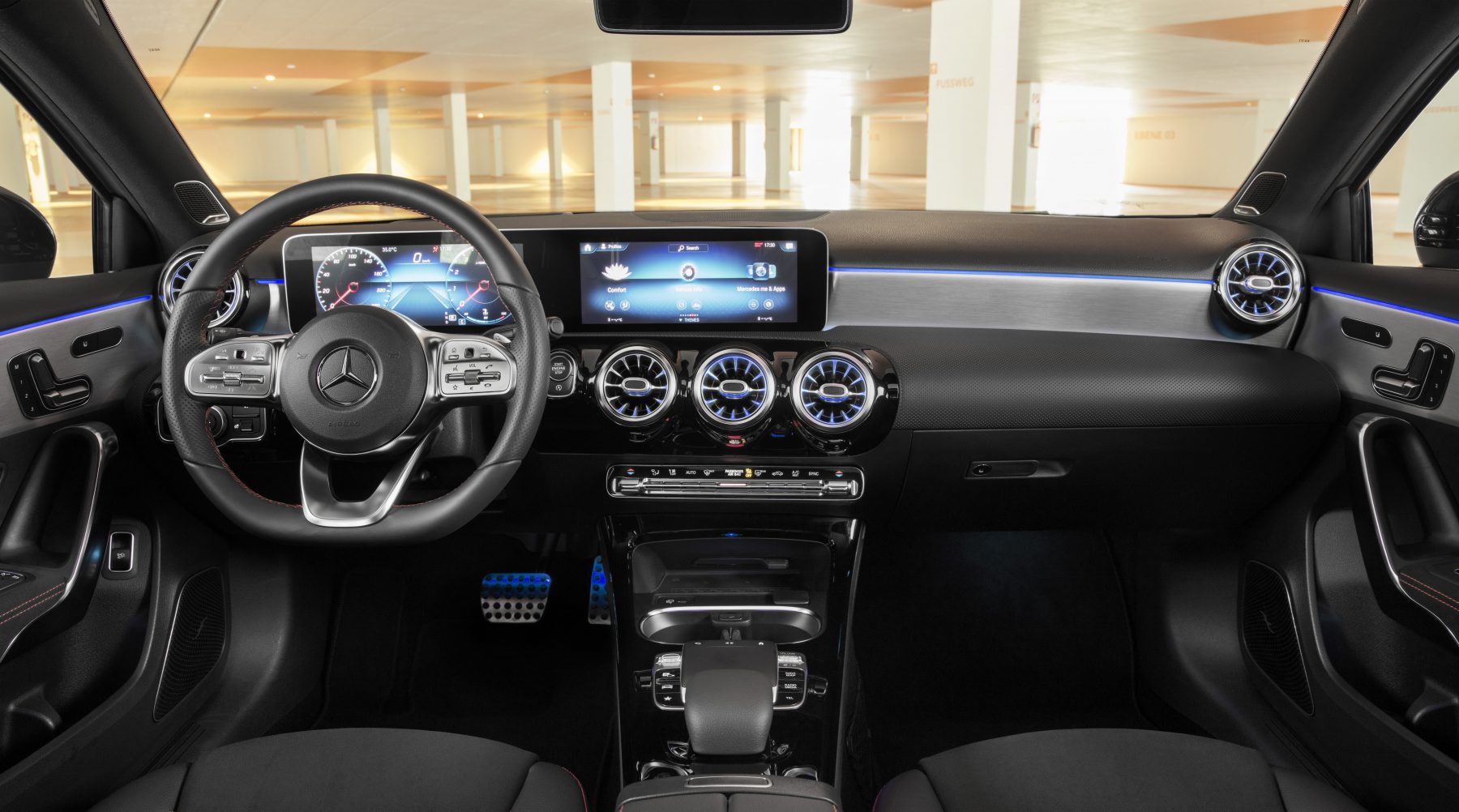
The MBUX system from Mercedes-Benz has four different ways to operate the infotainment system. You have a touchscreen, steering wheel-mounted pads, a touch-pad and voice control. Saying ‘Hi Mercedes’ activates the command which allows you to control the infotainment system by voice alone.
You can control the car’s climate control system, navigation, radio stations and you can play services such as Spotify from your phone to the car too. The two mounted steering wheel pads control different functions; the left gives access to the central infotainment system whereas the right pads controls the driver’s information binnacle.
Audi MMI
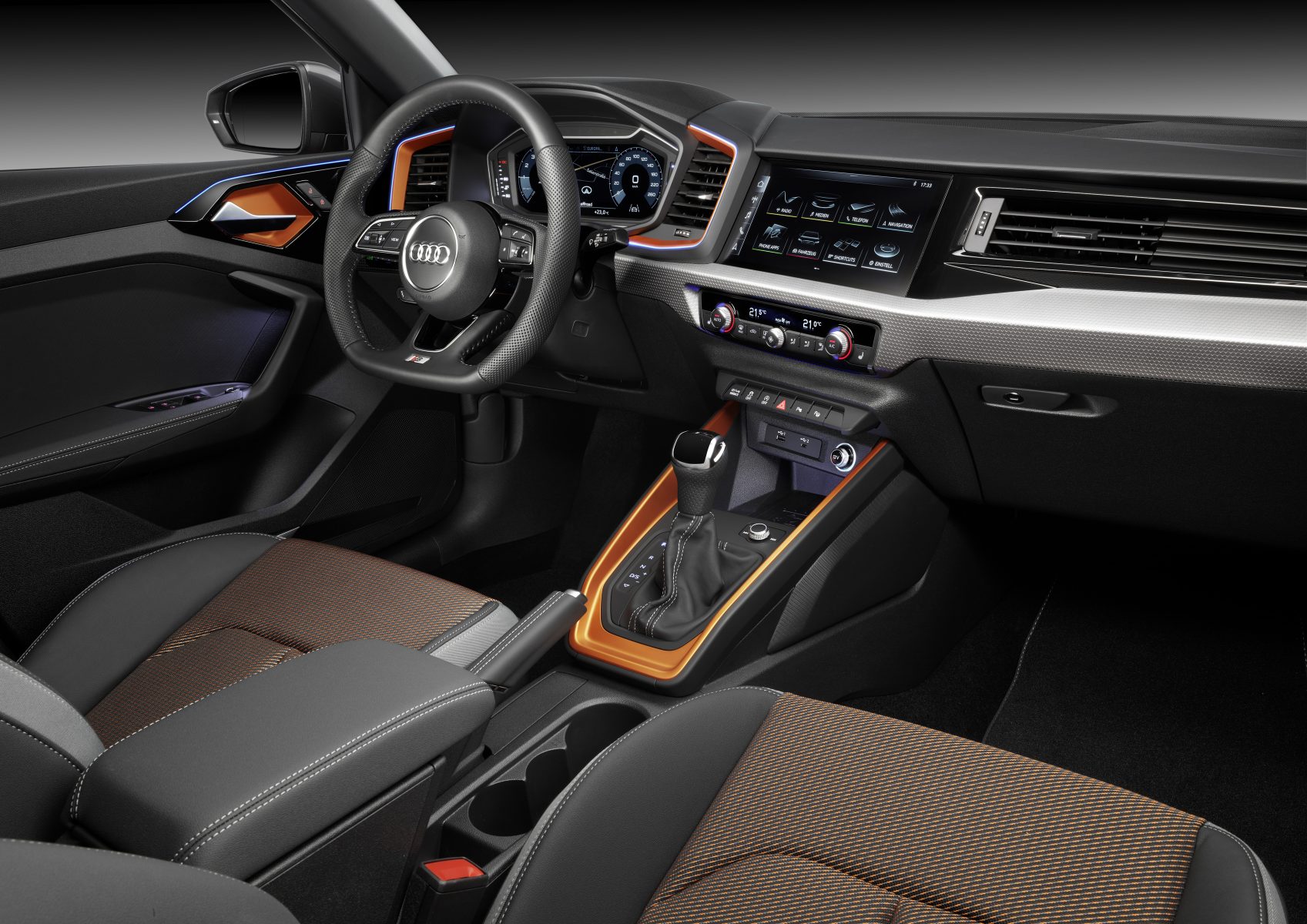
The MMI system fitted to Audi’s cars is a dash-mounted display that is controlled via a touchpad or buttons depending on the model. The system also includes digital dials on higher specification variants, which Audi calls ‘virtual cockpit’. This incorporates a large screen where you would traditionally find the analogue gauges. Meanwhile the traditional instrument cluster have been replaced with more modern digital dials.
You can upgrade the MMI system to receive live traffic updates, 3D graphics and the sat-nav enables Google Map compatibility. The MMI system also features Android Auto or Apple Carplay depending on the model.
Ford Sync 3
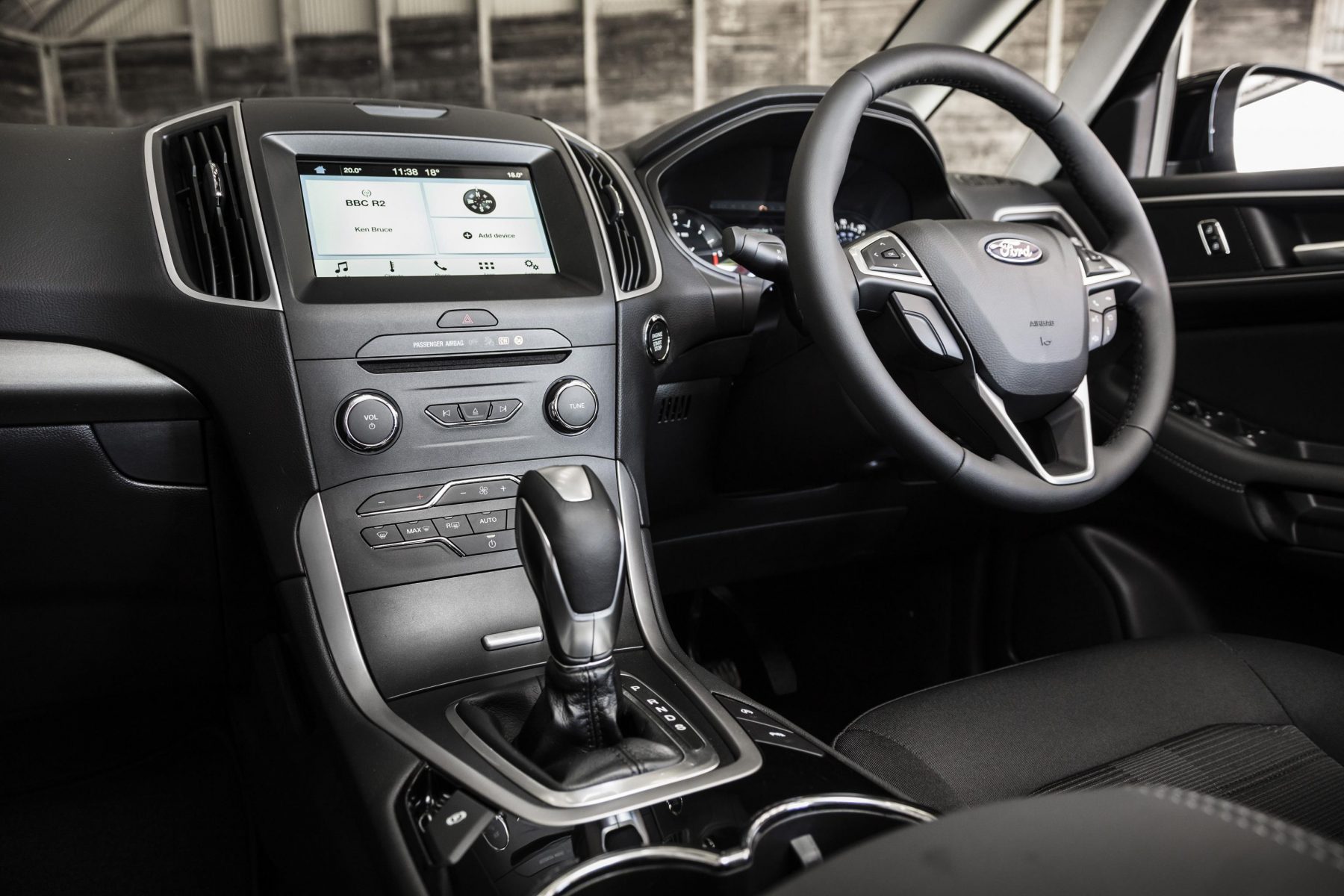
The Ford Sync system enables drivers to have an enjoyable driving experience while being kept safe and connected. The latest version, Sync 3, is available with either a 6.5’’ or a 8’’ touchscreen allowing you to input your destination, make calls and control the entertainment system.
The system also features an SOS alarm, causing the emergency services to be called if you have the misfortune to be involved in an accident. The system knows this and will dial 999 automatically. You can also make speech commands such as ‘I’m hungry’ and the system will work out via your precise location and find the nearest cafe or restaurant.
Toyota Touch & Go 2 Plus
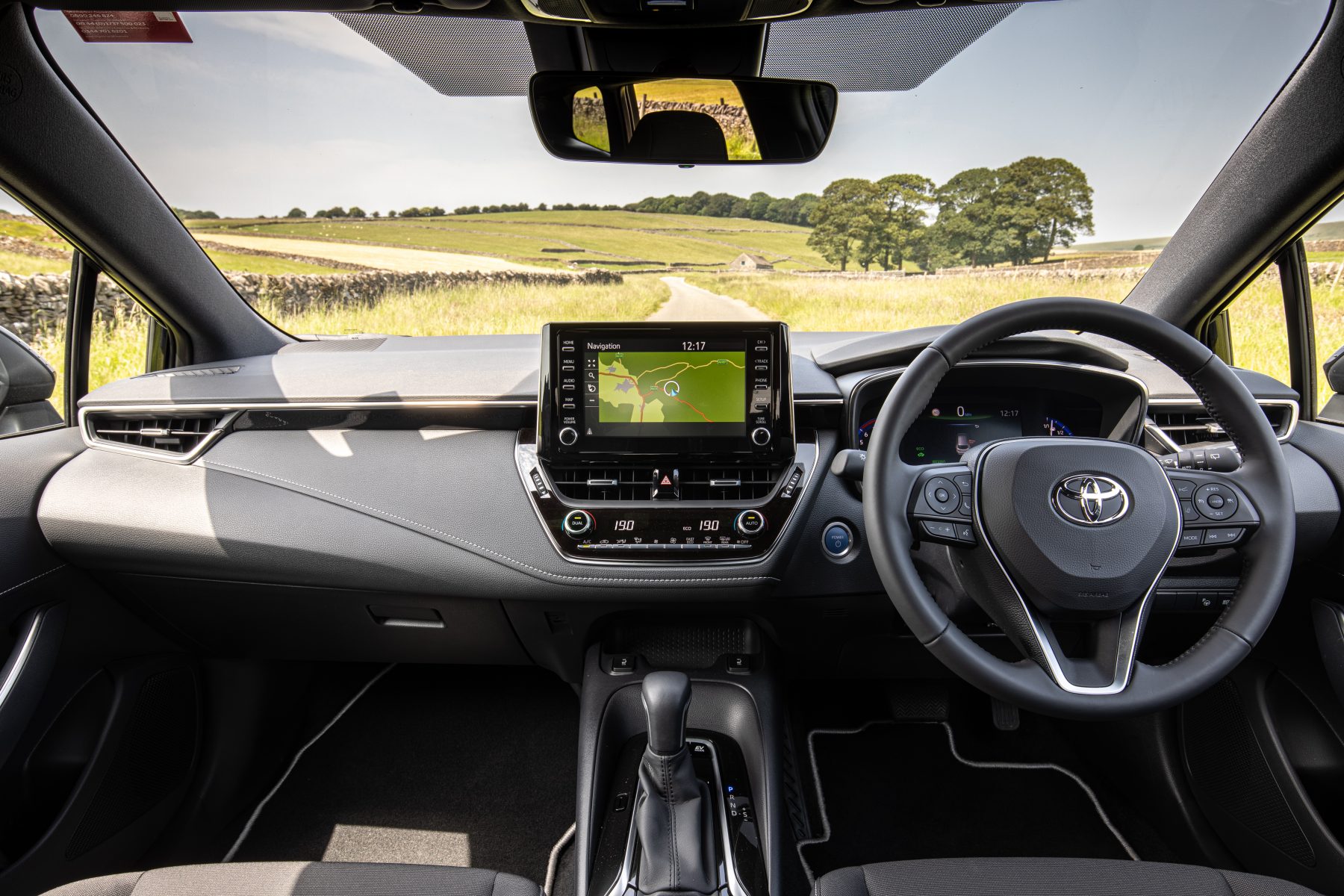
Toyota’s Touch & Go has been around since the third-generation Yaris. Now known as Toyota Touch & Go 2 Plus, you can find it in nearly every new Toyota. It features coloured 3D maps, Bluetooth connectivity, reversing camera, voice recognition, text-to-speech and even speed camera warnings. You can also find the nearest restaurants, golf courses, petrol stations and your Toyota dealer via the touchscreen menu.
Volvo Sensus connect
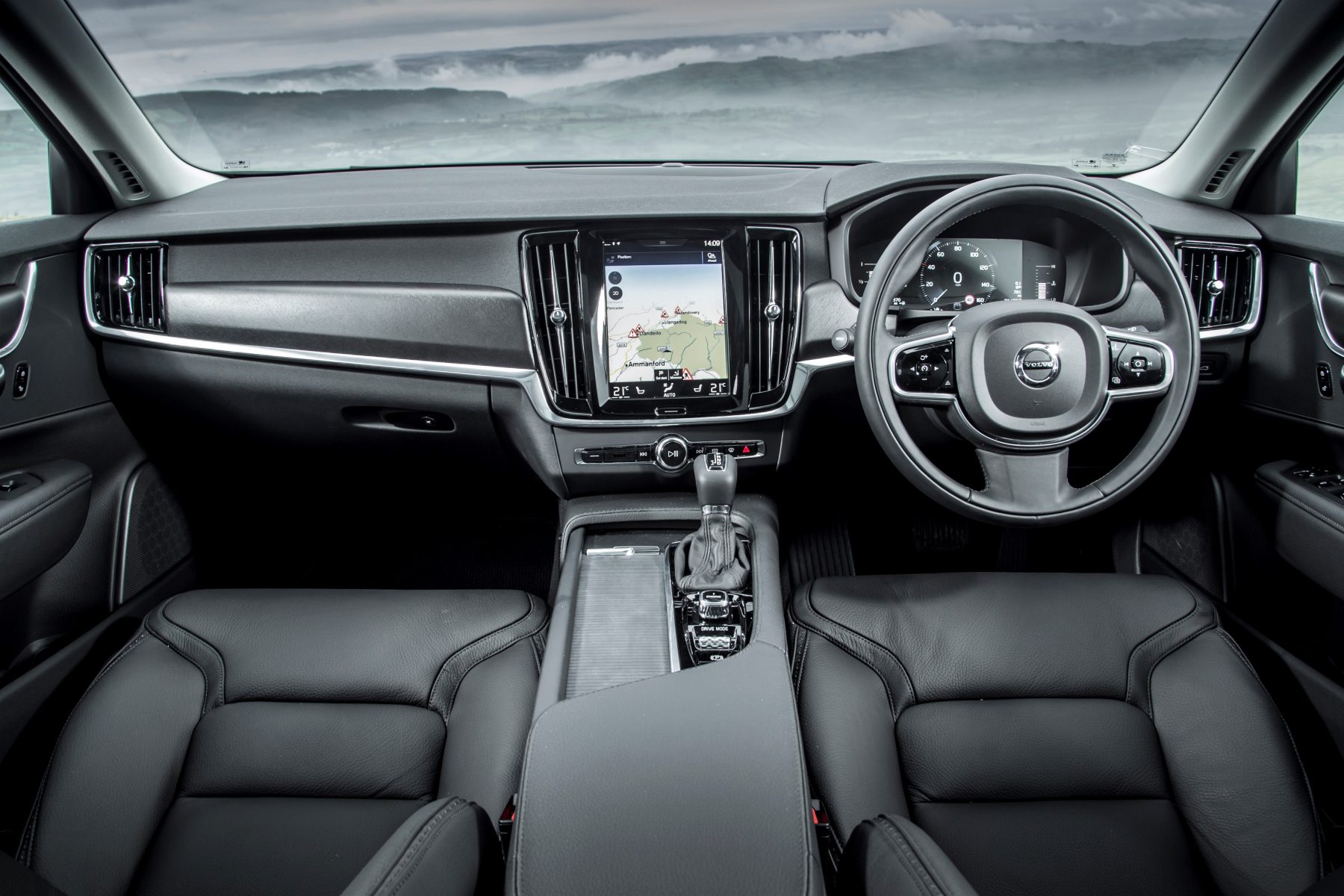
The Sensus connect is Volvo’s user interface that controls various features of the car. There are a variety of different parts that make up the infotainment system. Volvo ‘On Call’ allows you to have a Wi-Fi hotspot to enable better internet connection in your car, while the centre display is a touchscreen mounted portrait on the dash like a big tablet.
Seat Full Link
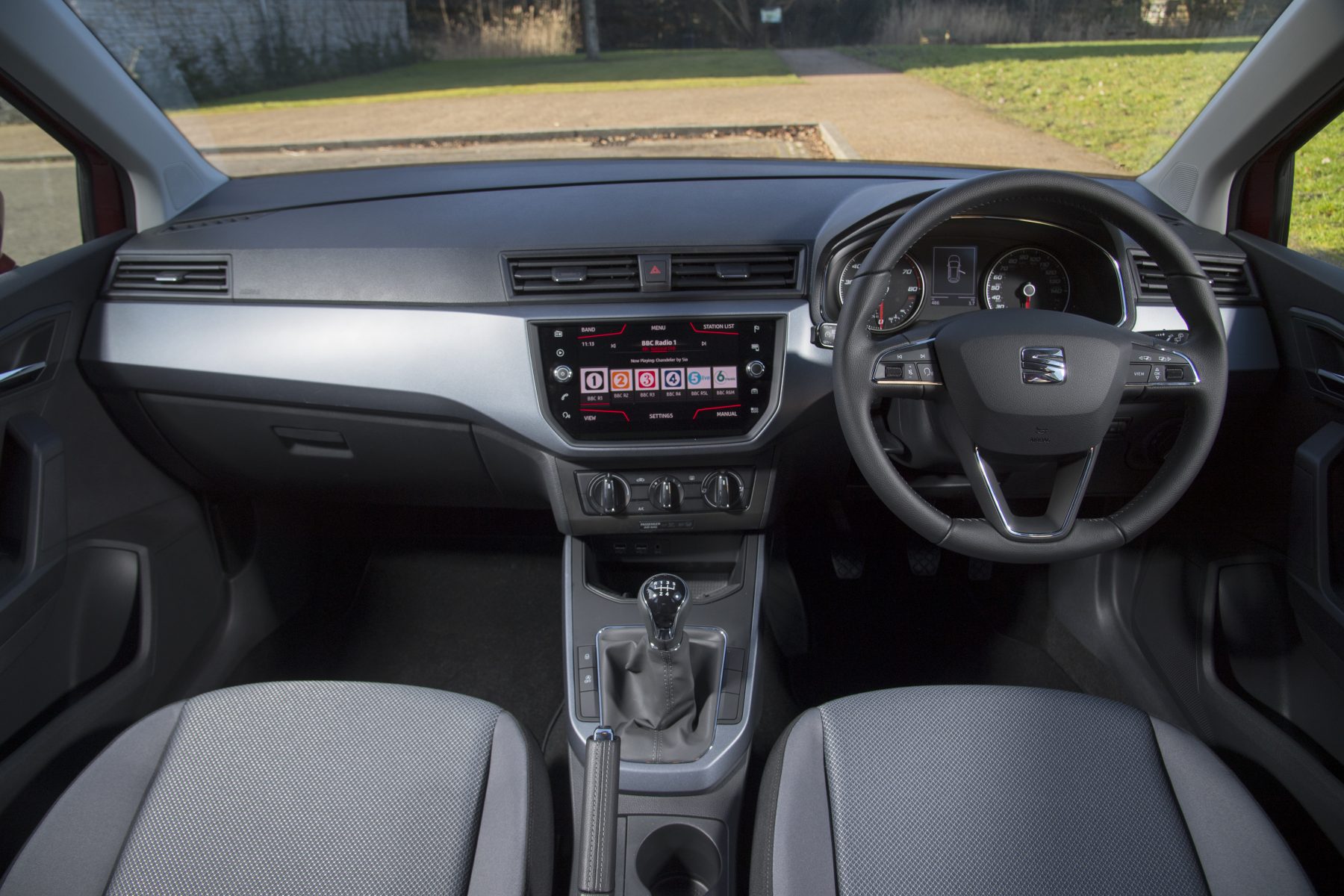
Seat’s Full link system has Apple Car-Play, Android Auto and MirrorLink available to give buyers full connection between the car and the driver’s smartphone. The system allows the driver to fully connect their smartphone via the car’s infotainment system.
The SeatDrive app is also available, and this can check for your vehicle’s next service, the closest dealership and your vehicle’s status.
Author: Cameron Richards

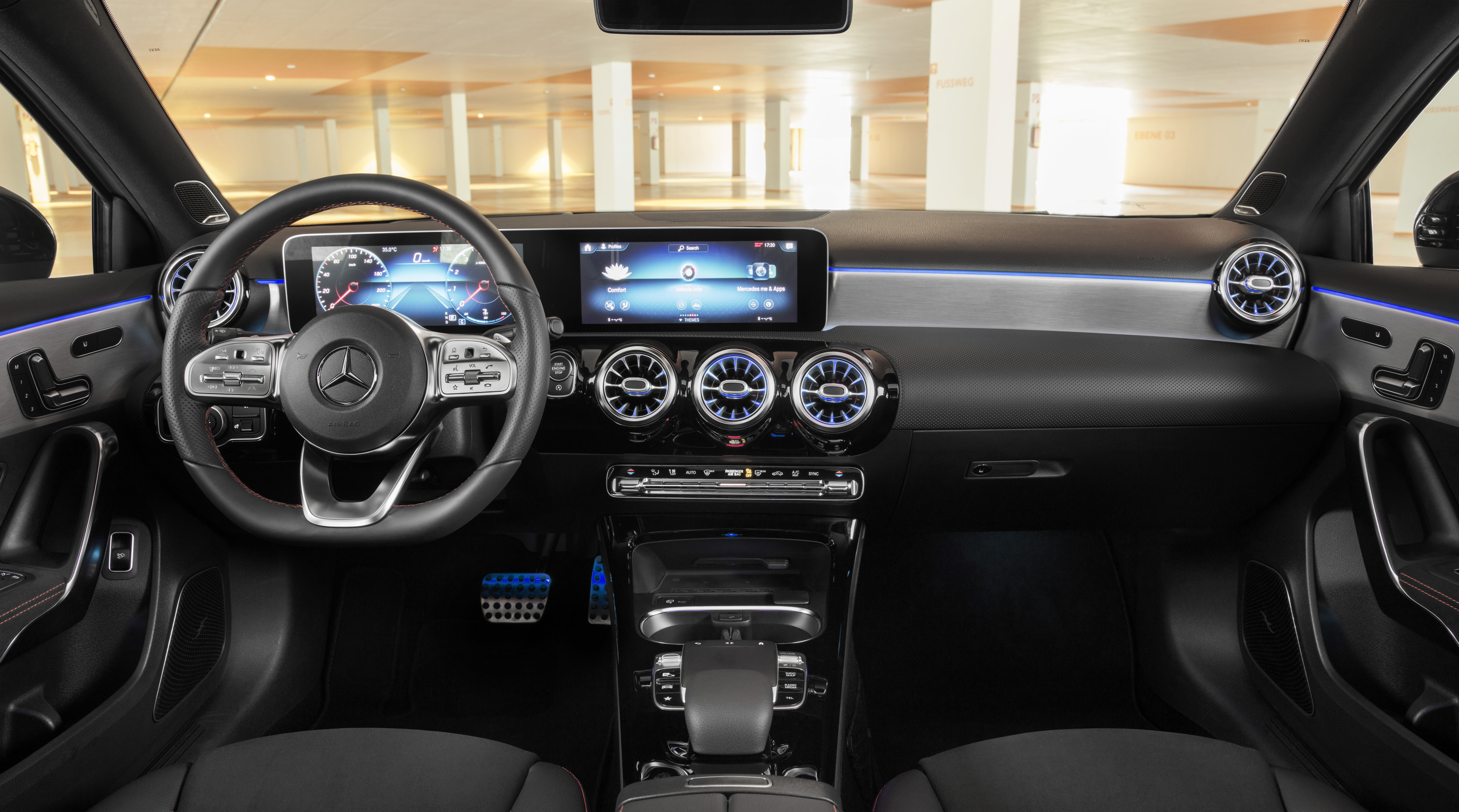
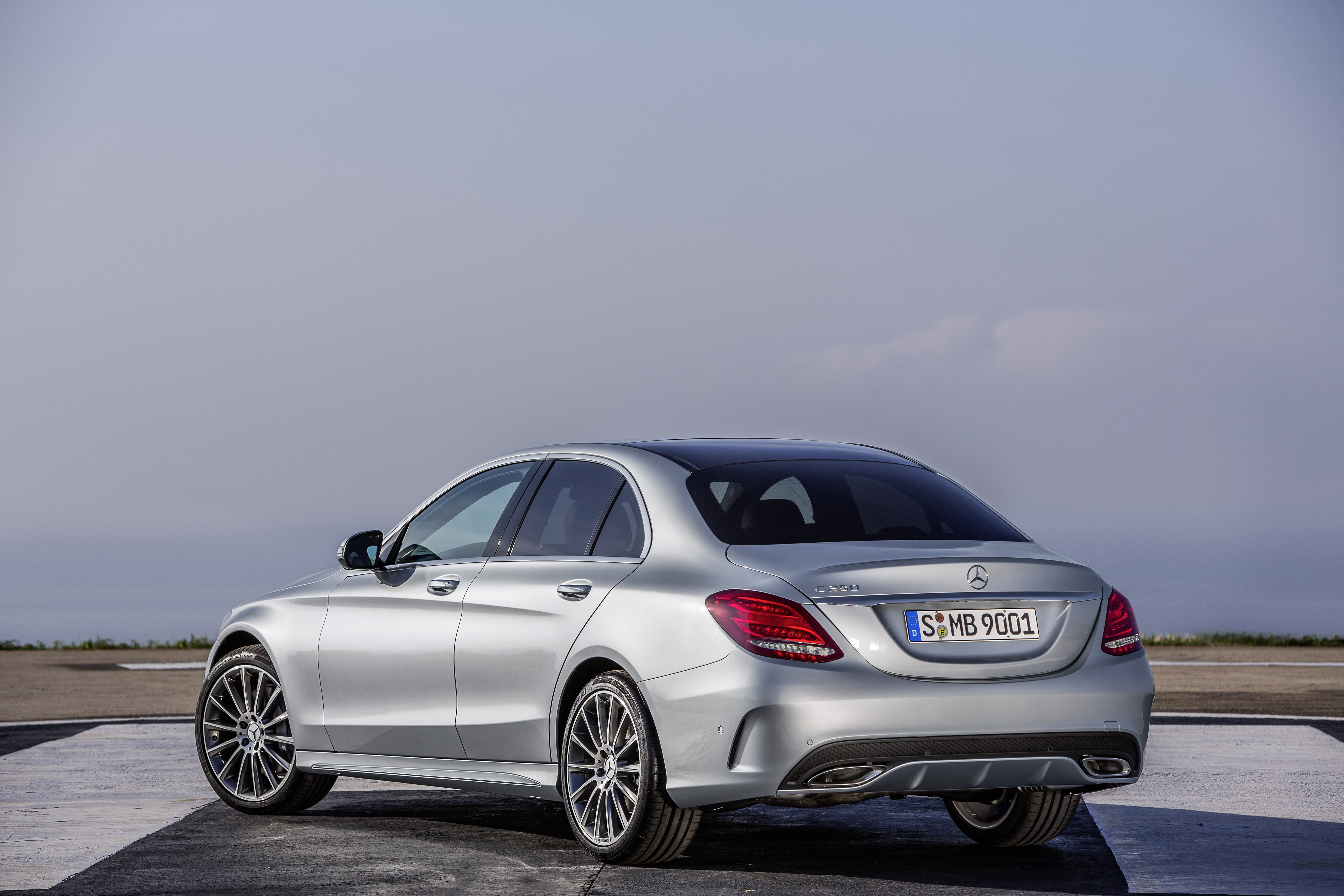
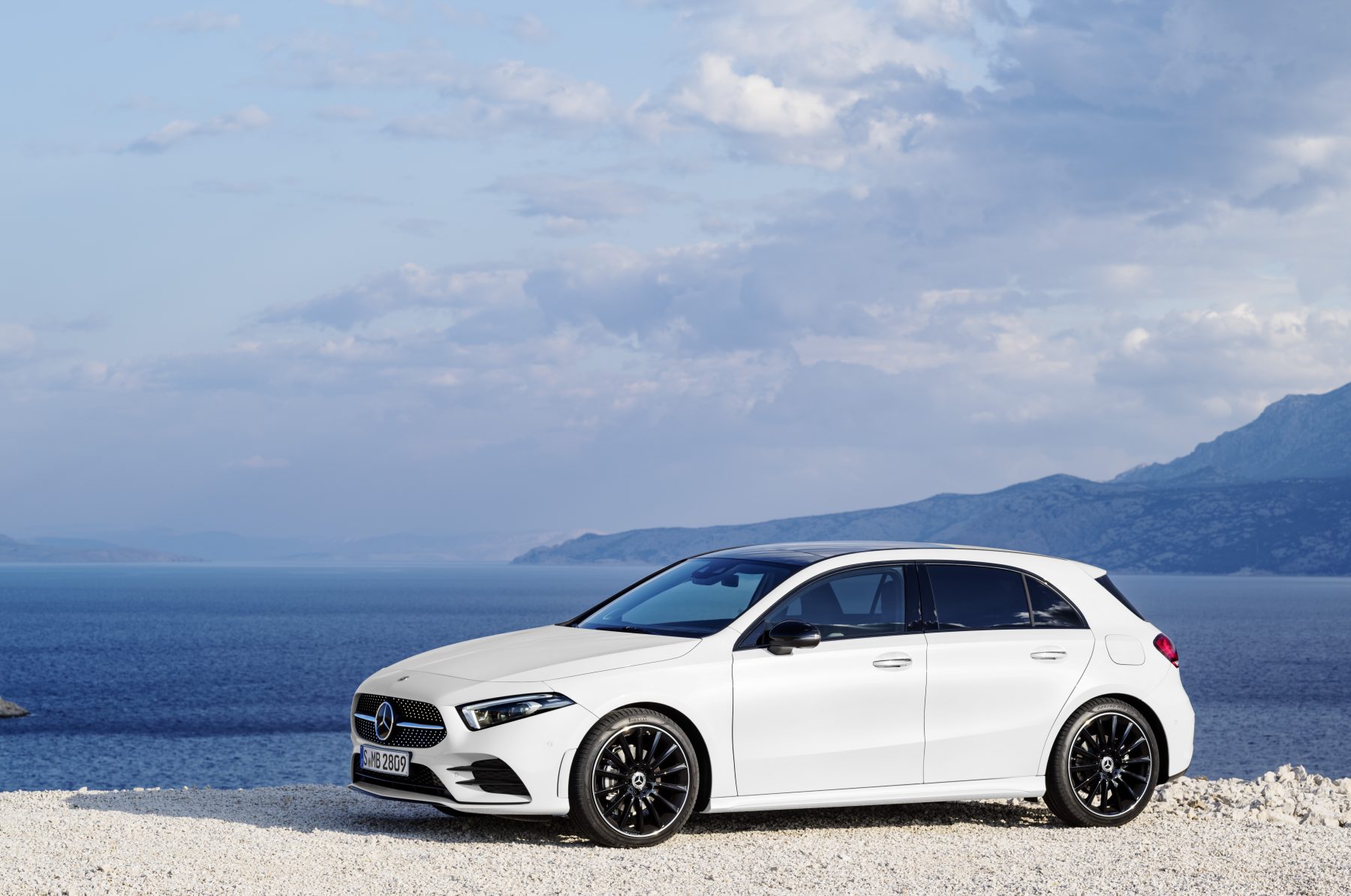
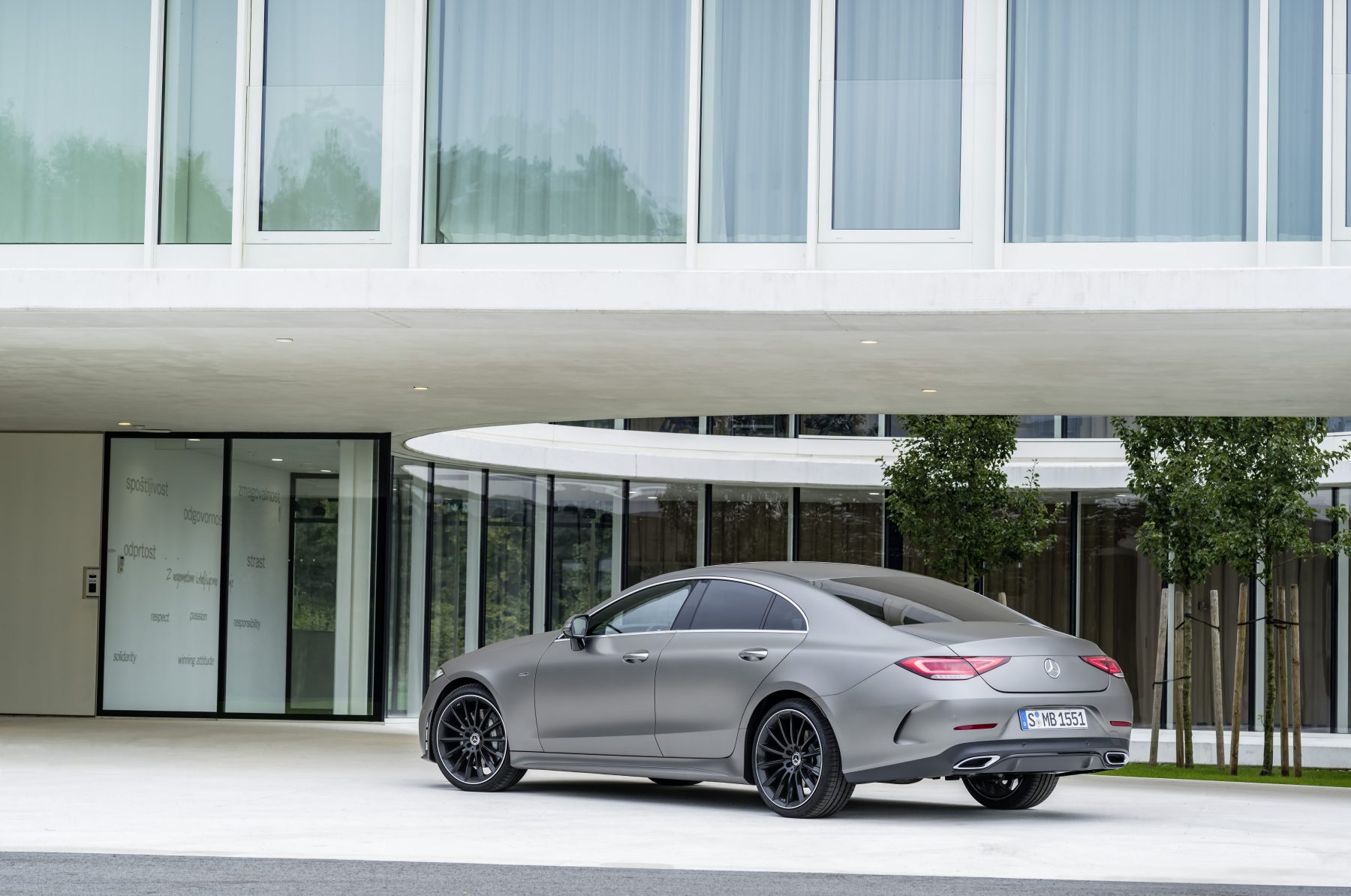
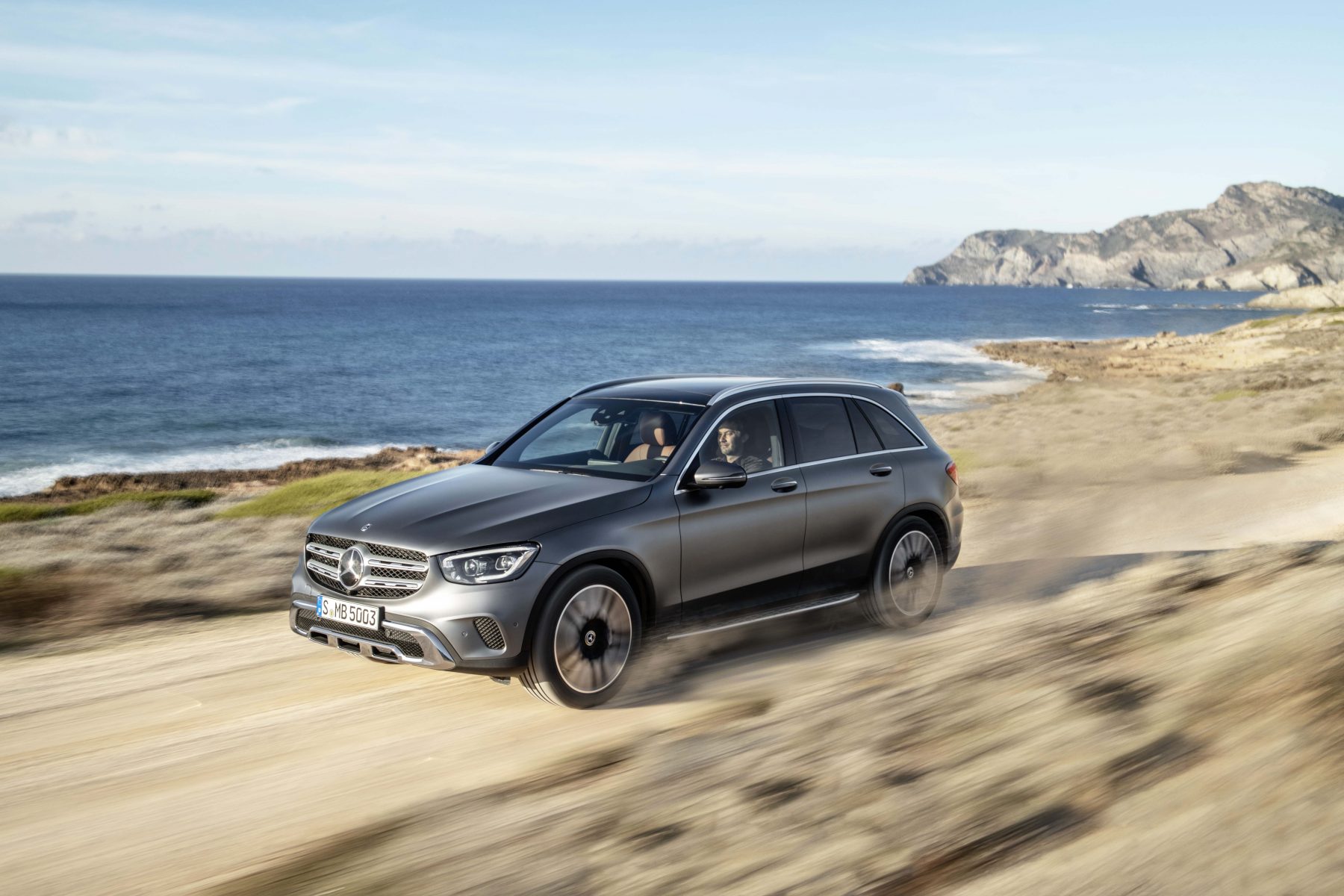
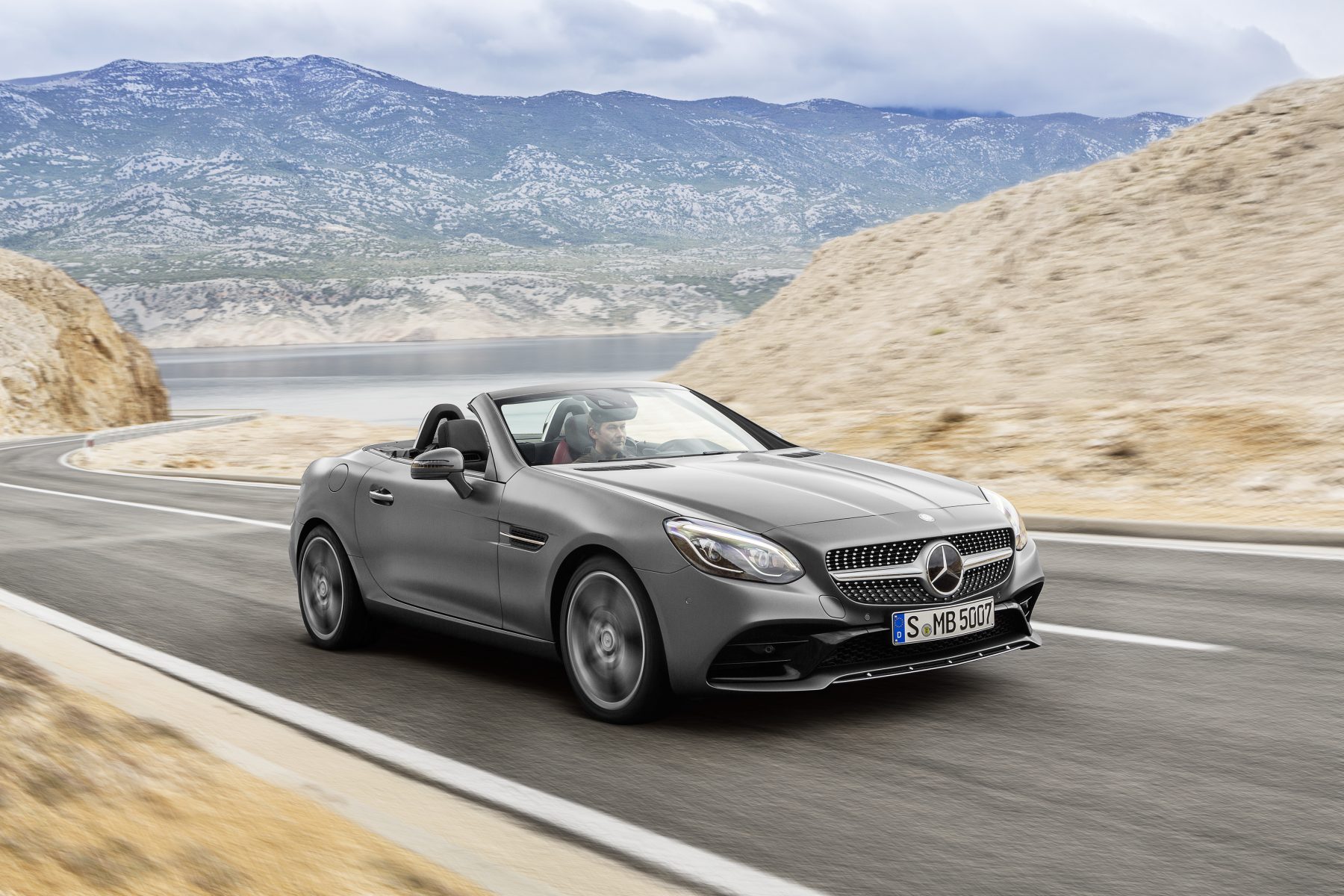
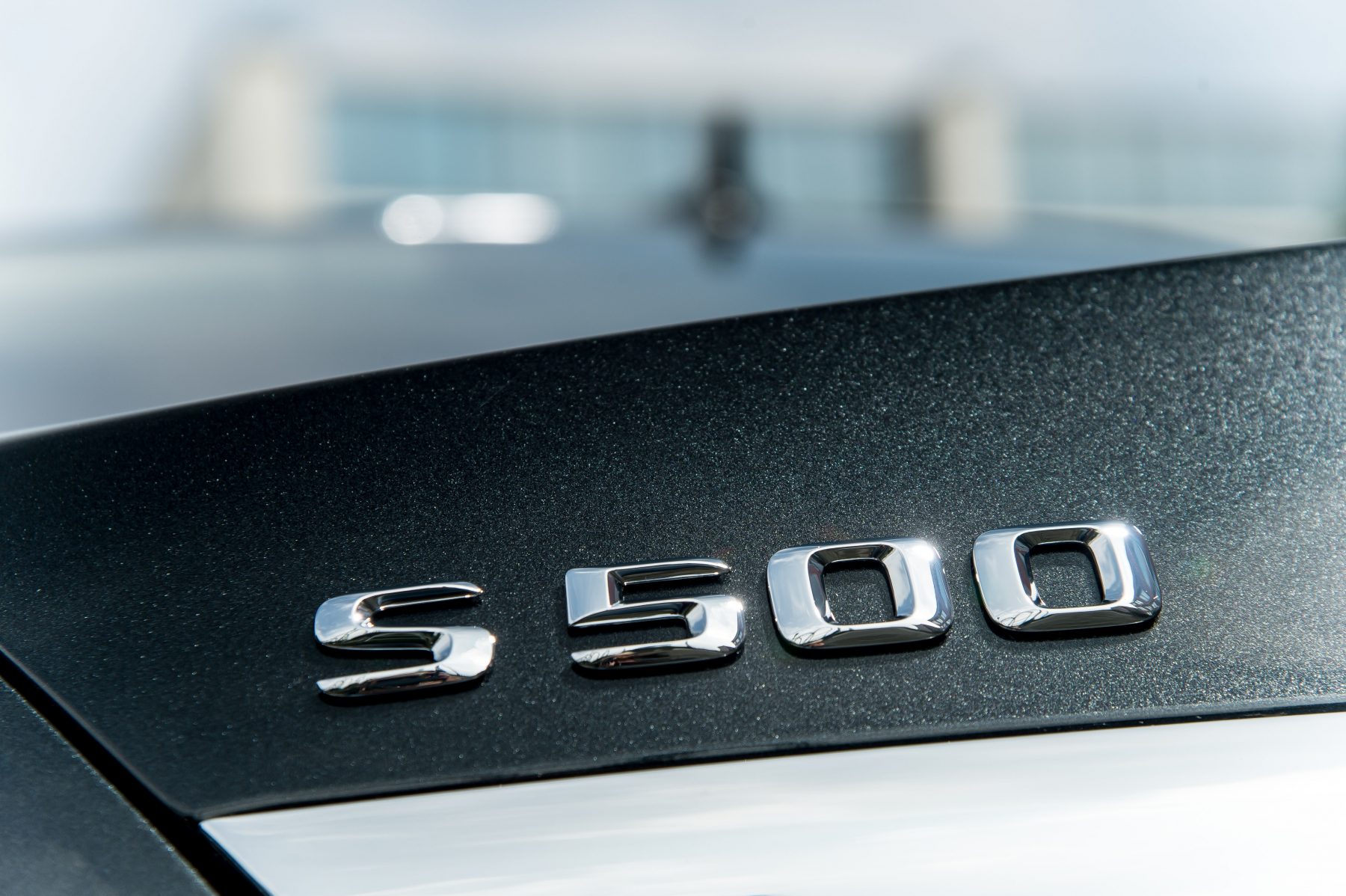
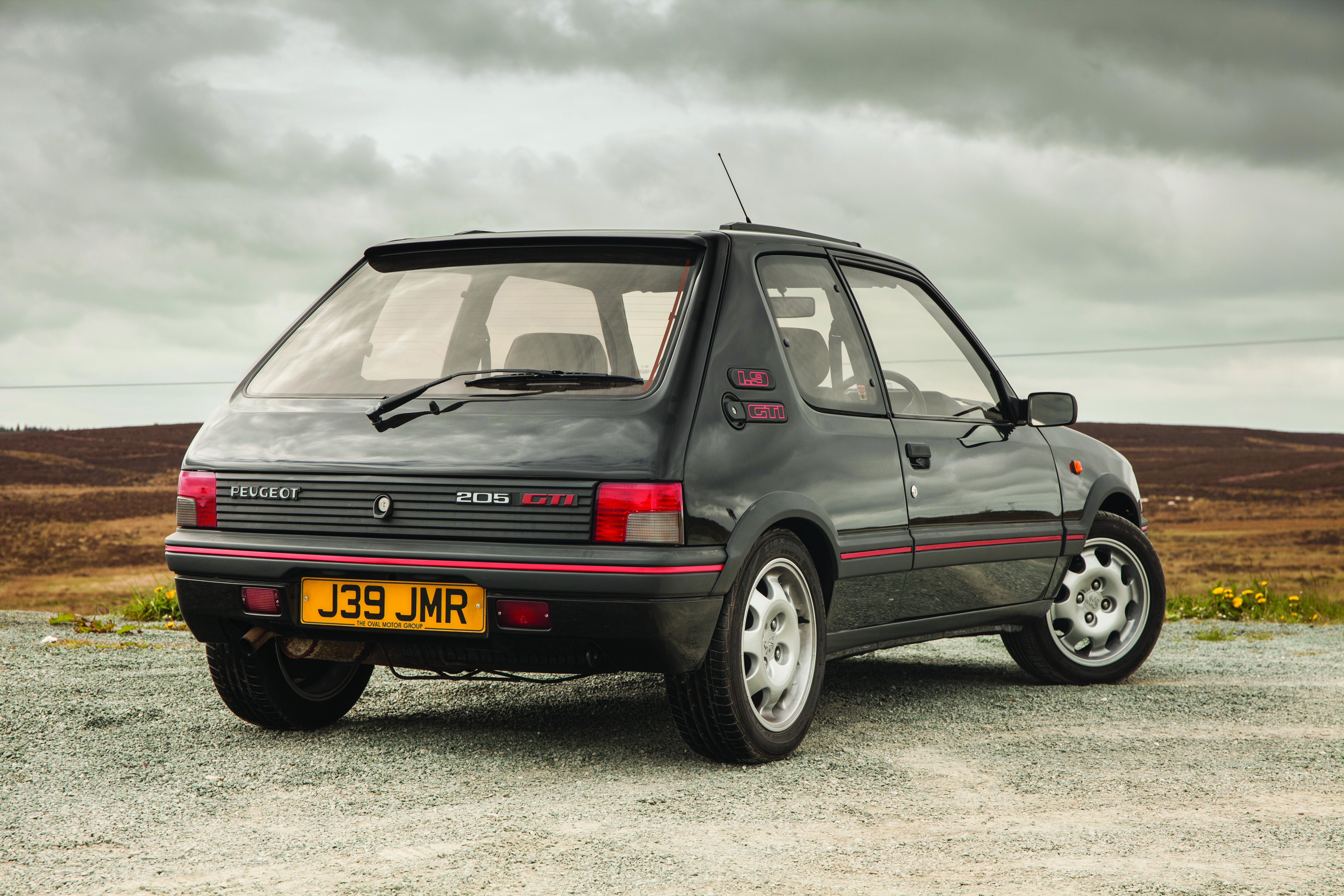
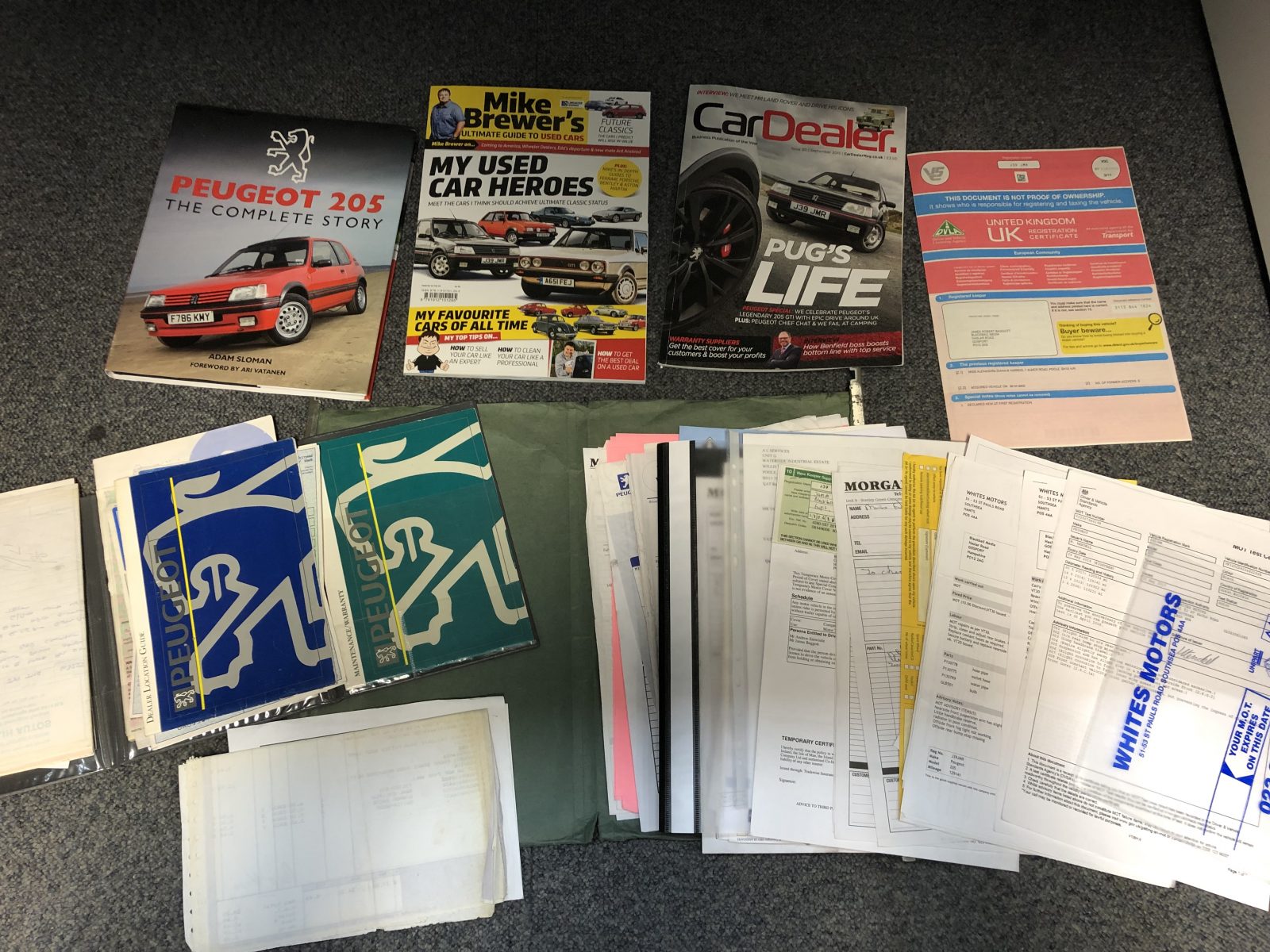 There are a number of different avenues available when selling a classic car. The usual route is a traditional classified listings on popular websites such as Auto Trader, but before you start you need to decide on a price.
There are a number of different avenues available when selling a classic car. The usual route is a traditional classified listings on popular websites such as Auto Trader, but before you start you need to decide on a price.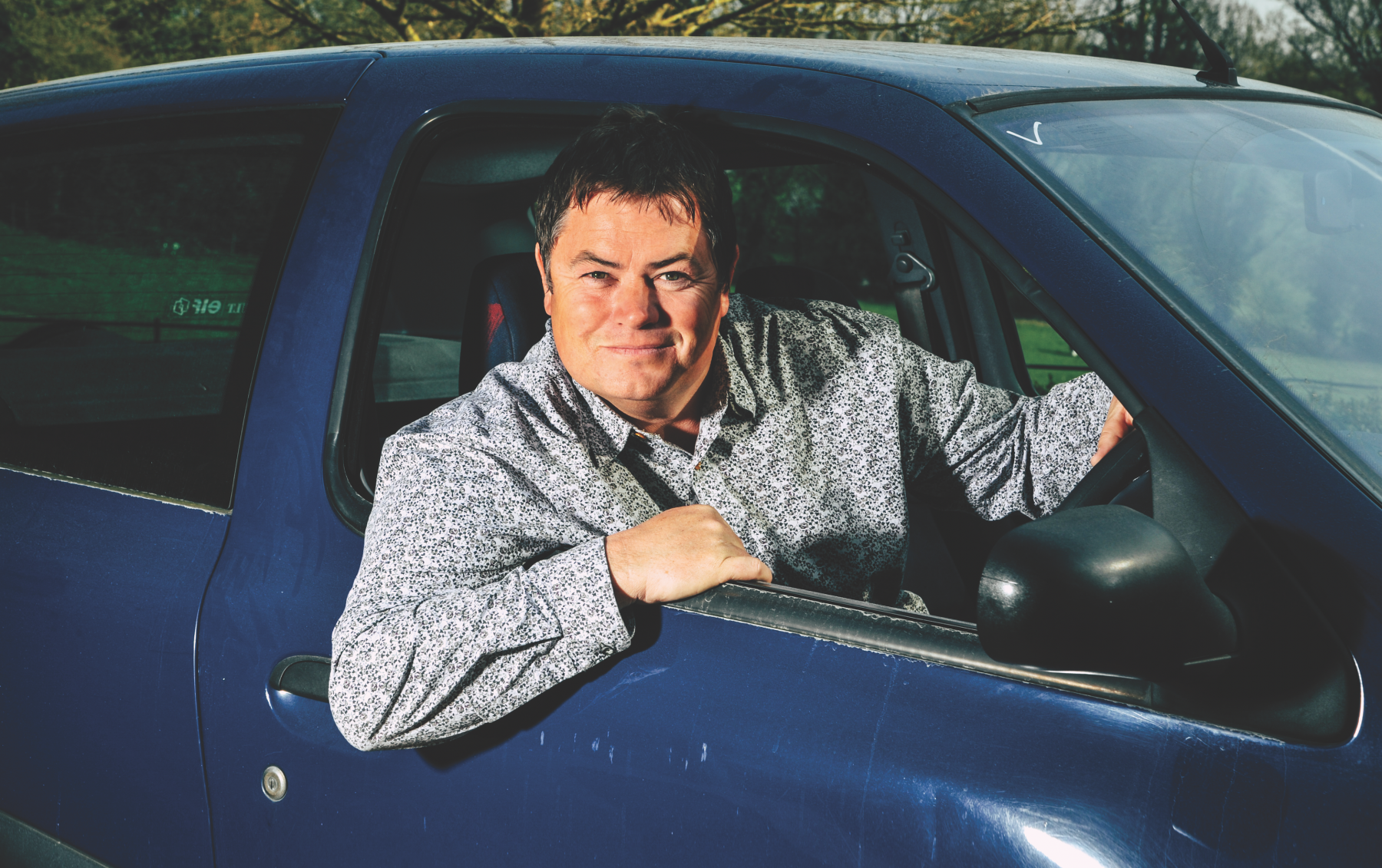 I caught up with TV’s Mr Wheeler Dealer, Mike Brewer, at the Silverstone Classic car event at the weekend and asked his opinion on auctions, like this one.
I caught up with TV’s Mr Wheeler Dealer, Mike Brewer, at the Silverstone Classic car event at the weekend and asked his opinion on auctions, like this one.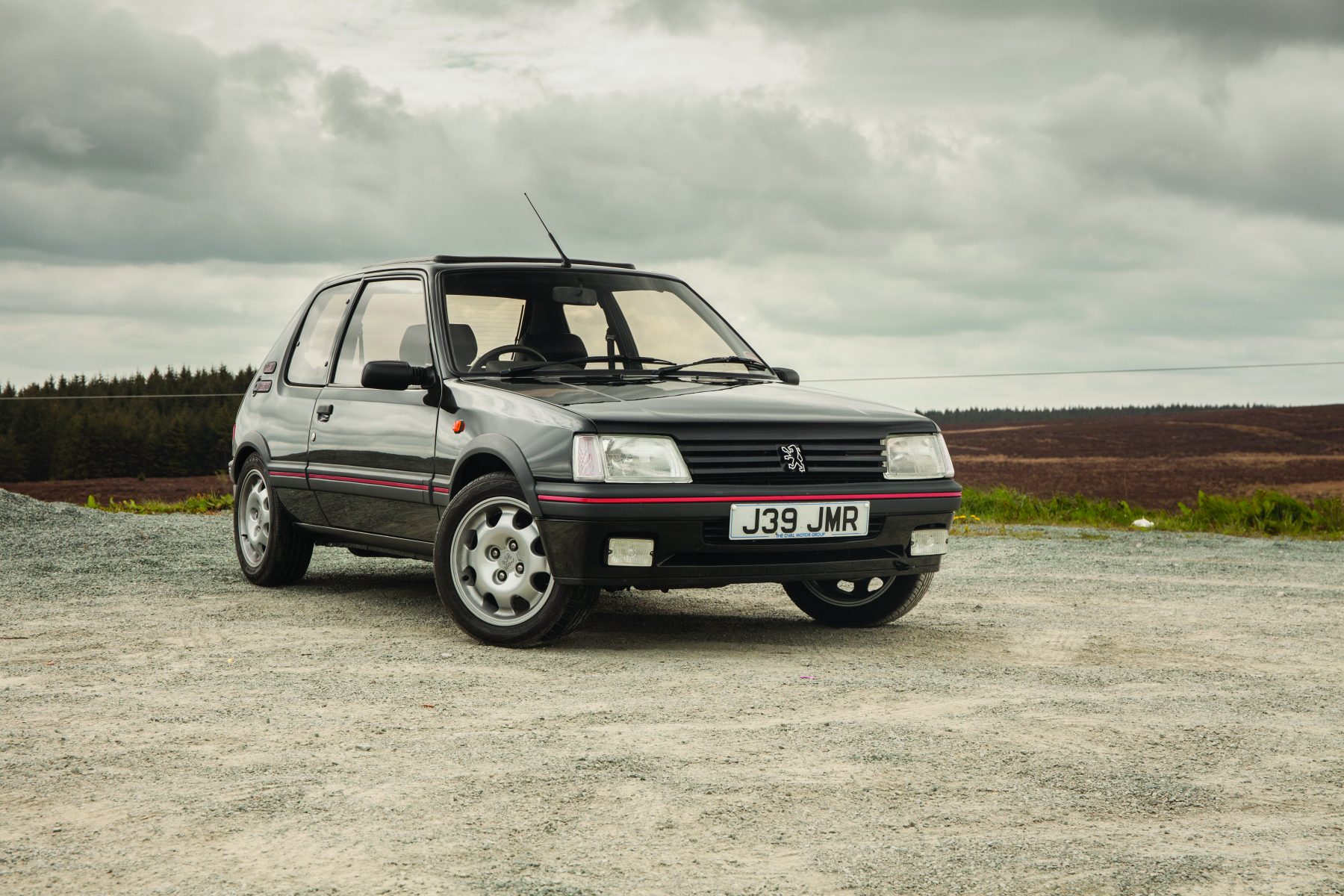 Just how much the Peugeot will make is hard to work out. I’ve been following auctions over the past few years for 205 GTIs and some have made impressive money. But then it all depends on how the buyers on the day are feeling.
Just how much the Peugeot will make is hard to work out. I’ve been following auctions over the past few years for 205 GTIs and some have made impressive money. But then it all depends on how the buyers on the day are feeling.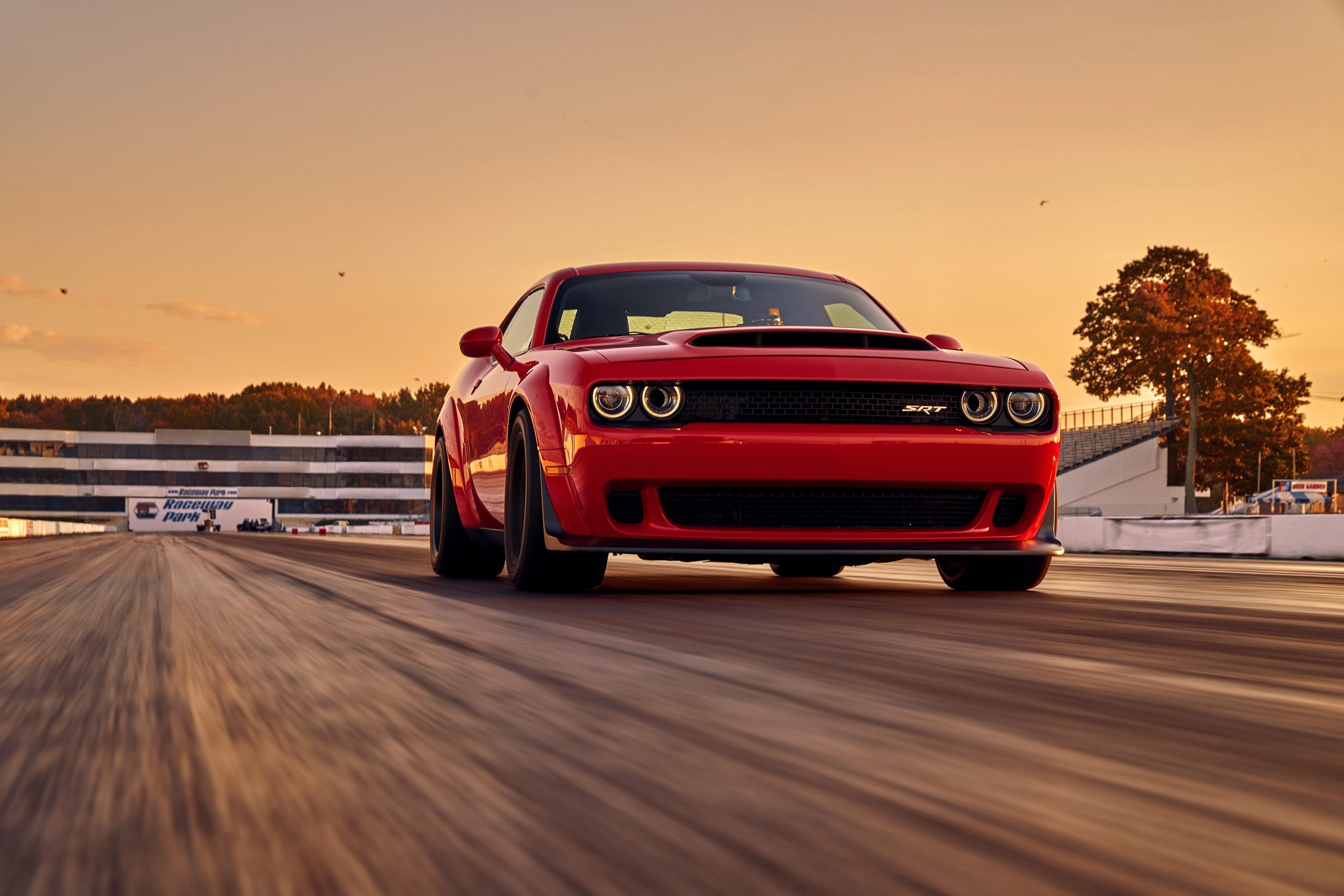
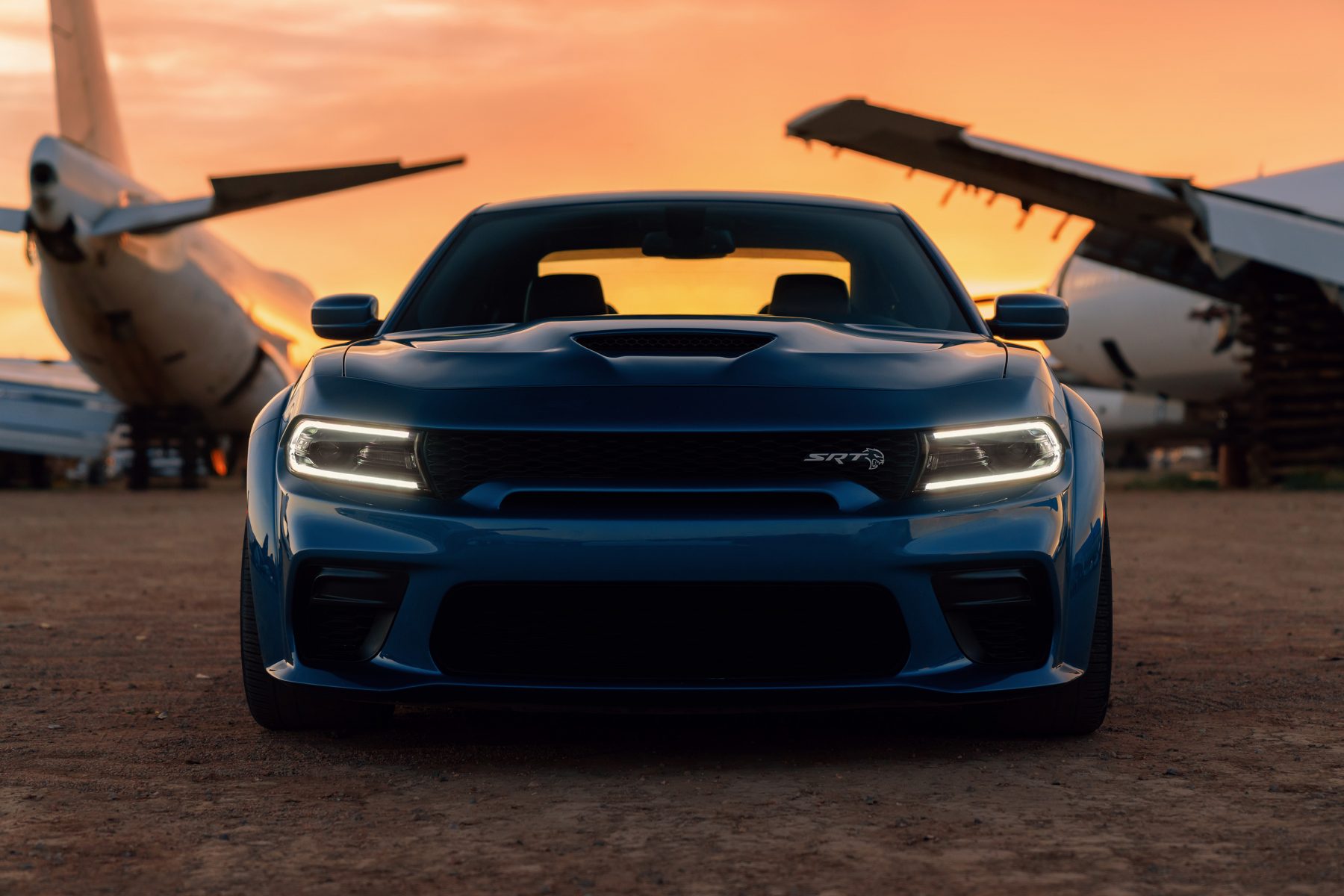 When a new wave of muscle cars arrived in the mid-2000s, there were quite a few enthusiasts who felt they simply weren’t powerful or raw enough. Dodge’s Challenger was one of the cars that received critique, which the boffins at the brand’s performance arm SRT clearly saw as a gauntlet.
When a new wave of muscle cars arrived in the mid-2000s, there were quite a few enthusiasts who felt they simply weren’t powerful or raw enough. Dodge’s Challenger was one of the cars that received critique, which the boffins at the brand’s performance arm SRT clearly saw as a gauntlet. Lamborghini’s cars always seemed a little possessed, lairy and demonic given the chance, so why not skip the pretence and name one after the devil?
Lamborghini’s cars always seemed a little possessed, lairy and demonic given the chance, so why not skip the pretence and name one after the devil? If you’ve ever so much as seen the first five seconds of a horror movie trailer before you can skip the ad on YouTube, you’ll know that the number 666 has some satanic connotations.
If you’ve ever so much as seen the first five seconds of a horror movie trailer before you can skip the ad on YouTube, you’ll know that the number 666 has some satanic connotations.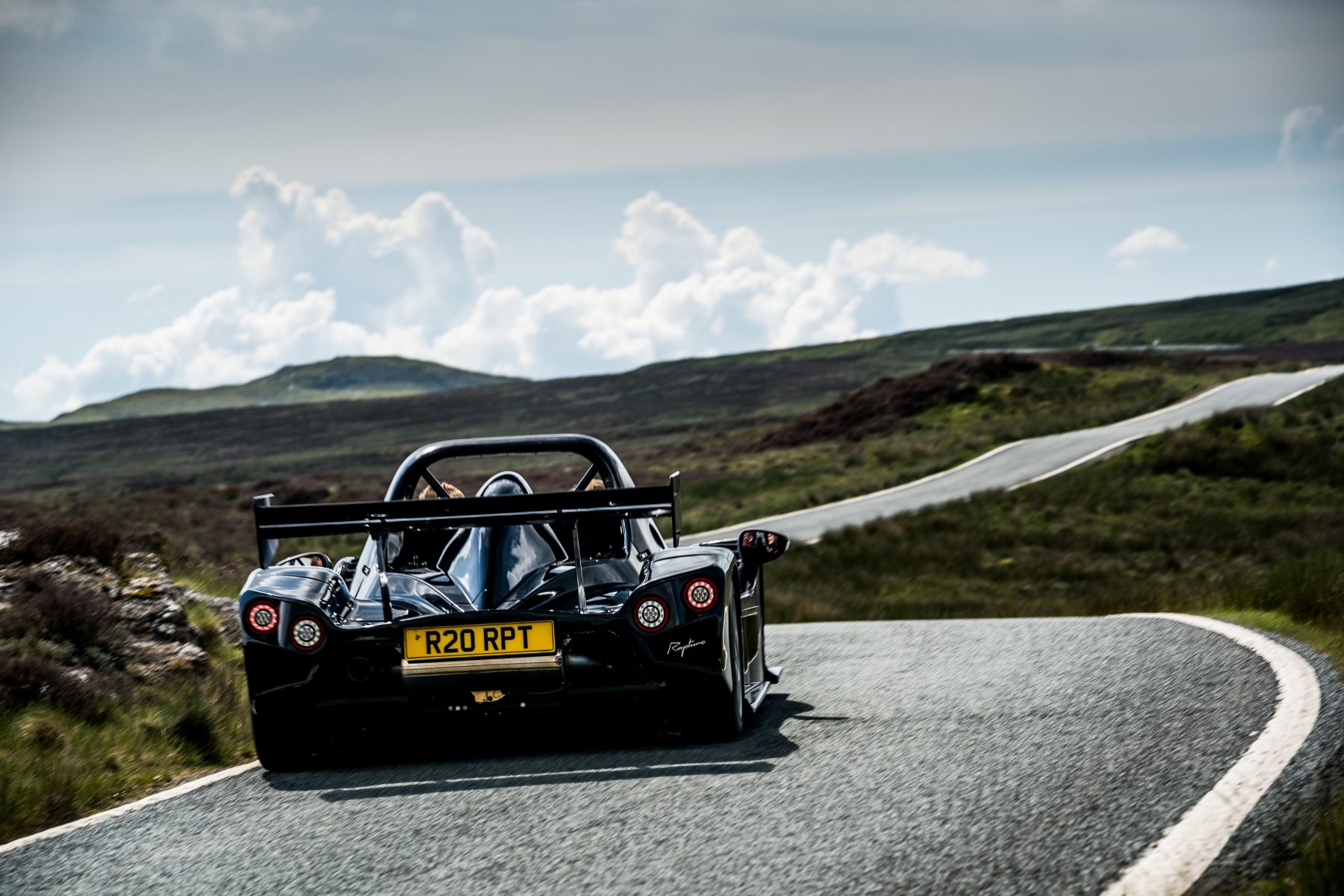 Ah yes, the end of days. If you’ve ever wondered whether you’re destined for heaven or hell, rapture will apparently be the day you find out.
Ah yes, the end of days. If you’ve ever wondered whether you’re destined for heaven or hell, rapture will apparently be the day you find out.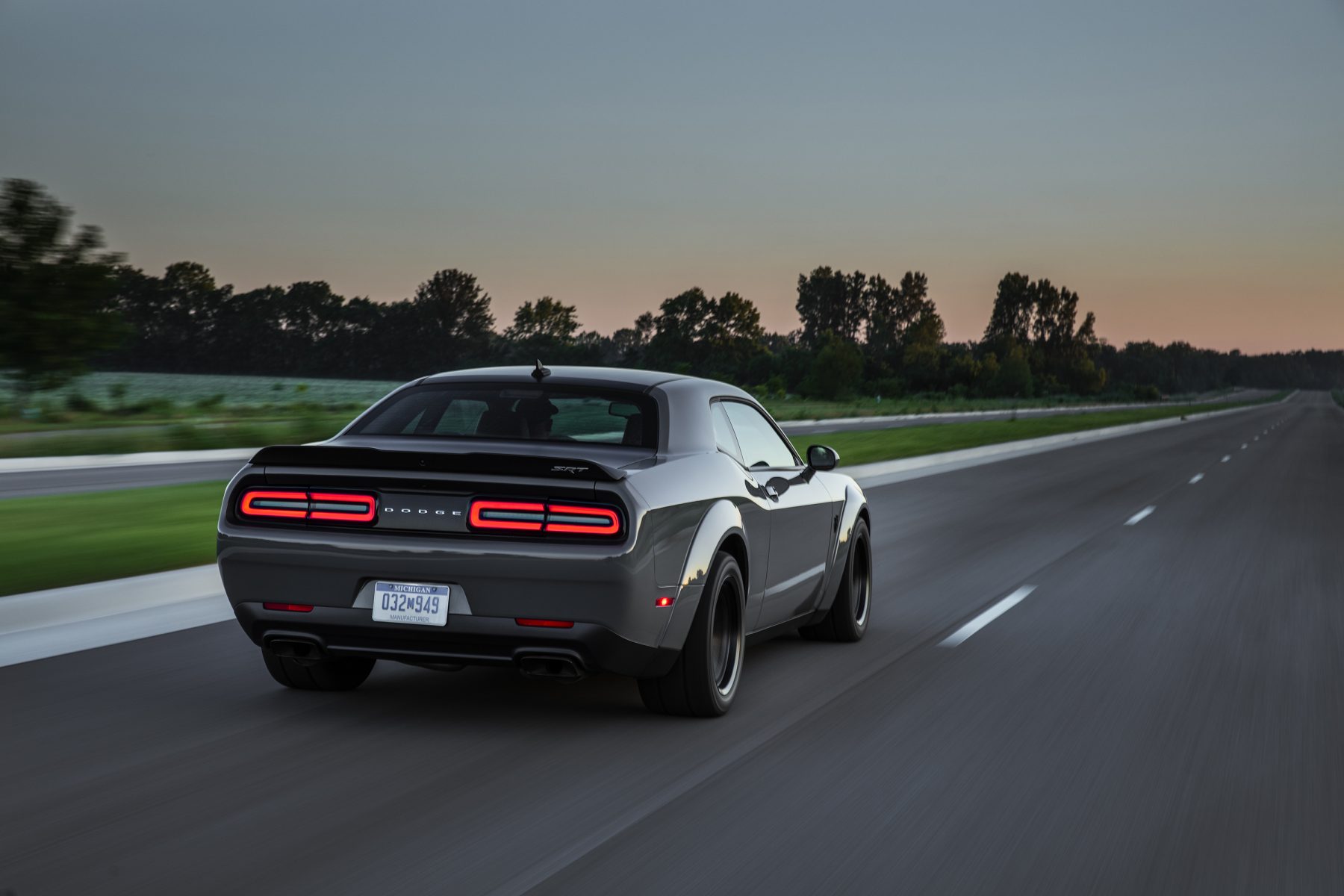 It takes a brave engineer to look at a 700bhp muscle car and say “I think more can come out of this”, but clearly someone at SRT thought exactly that.
It takes a brave engineer to look at a 700bhp muscle car and say “I think more can come out of this”, but clearly someone at SRT thought exactly that.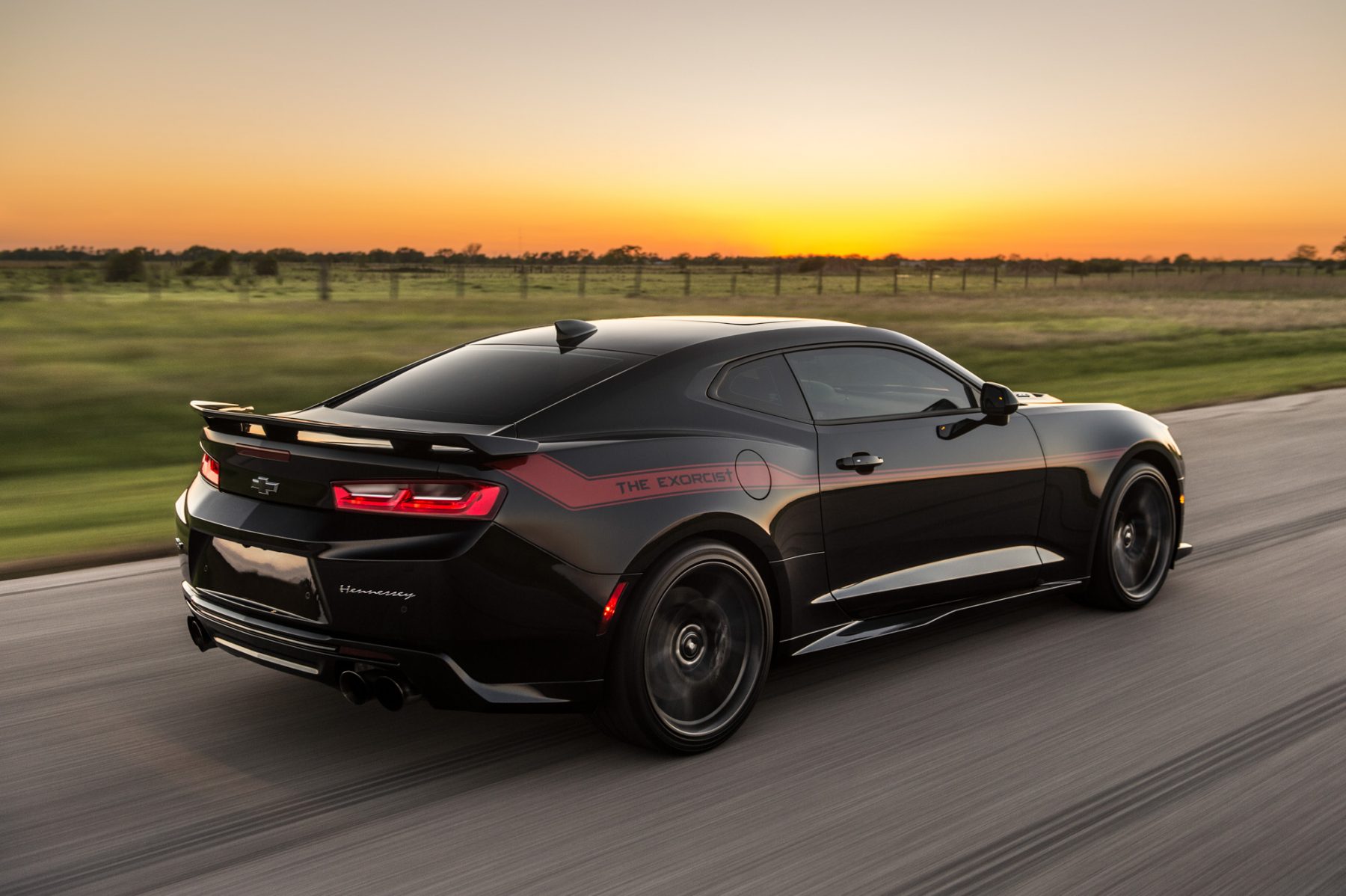 The team at Hennessey are now known for sailing against the wind, and squaring up against some of the world’s top manufacturers.
The team at Hennessey are now known for sailing against the wind, and squaring up against some of the world’s top manufacturers.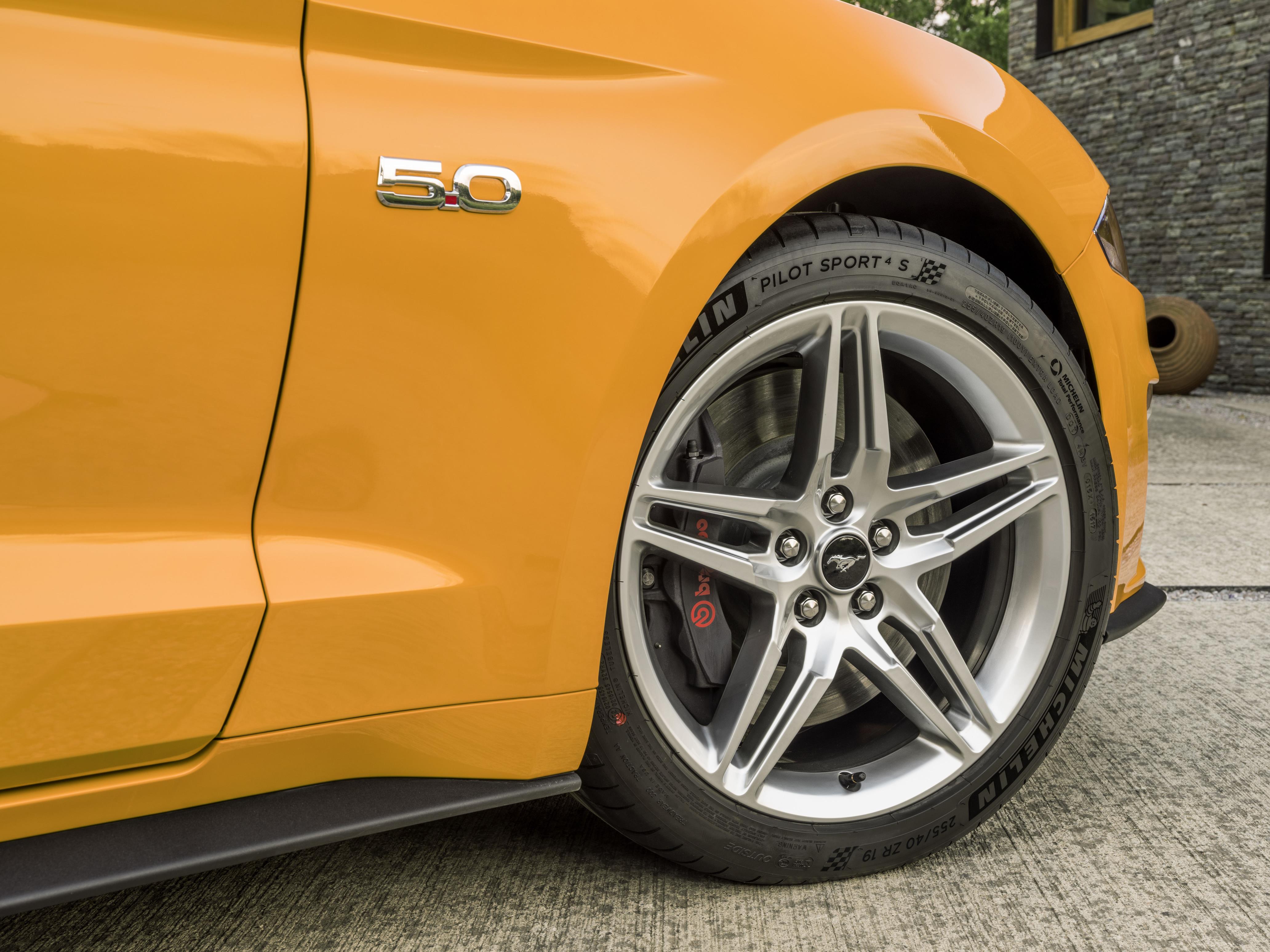
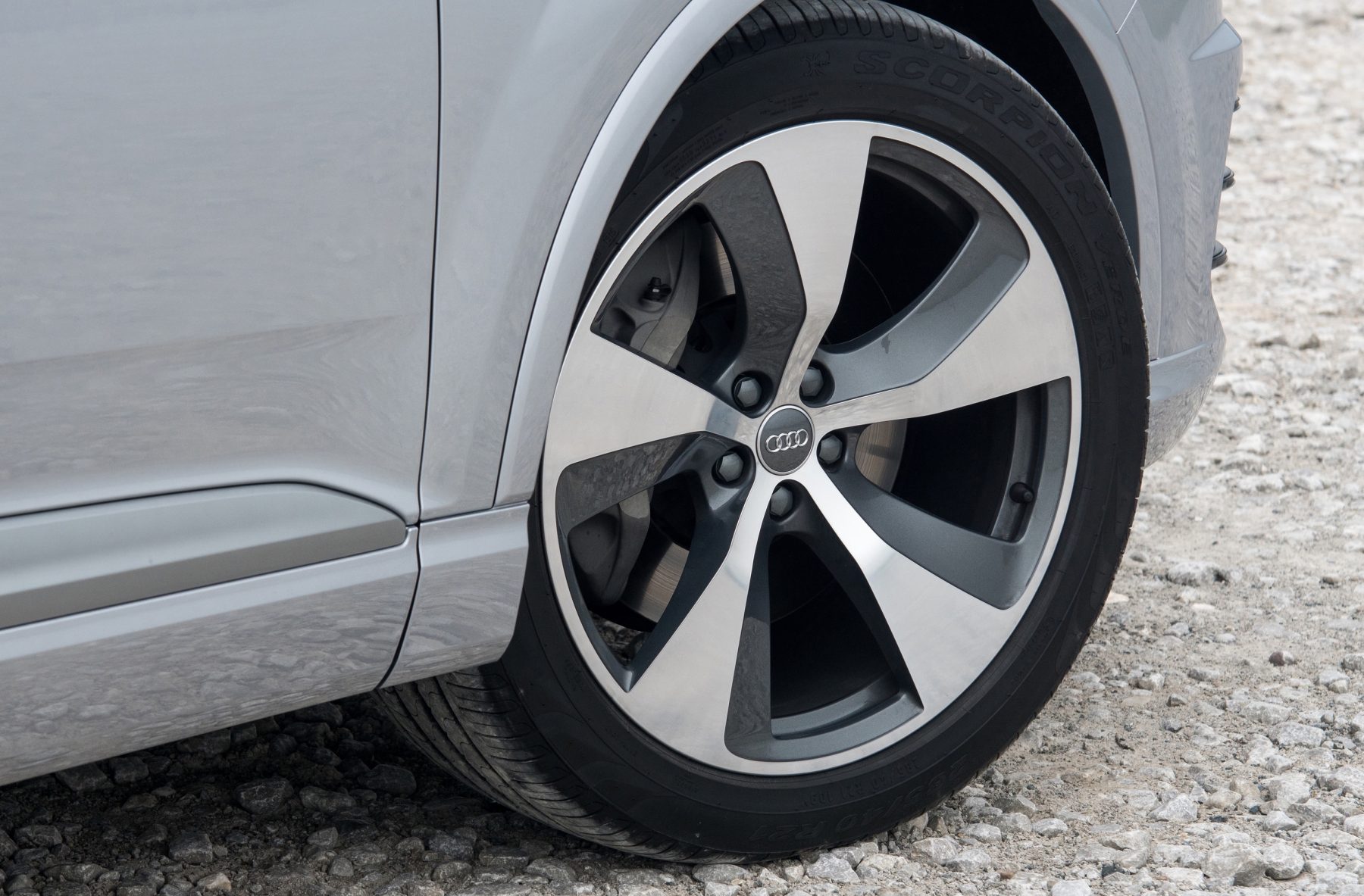
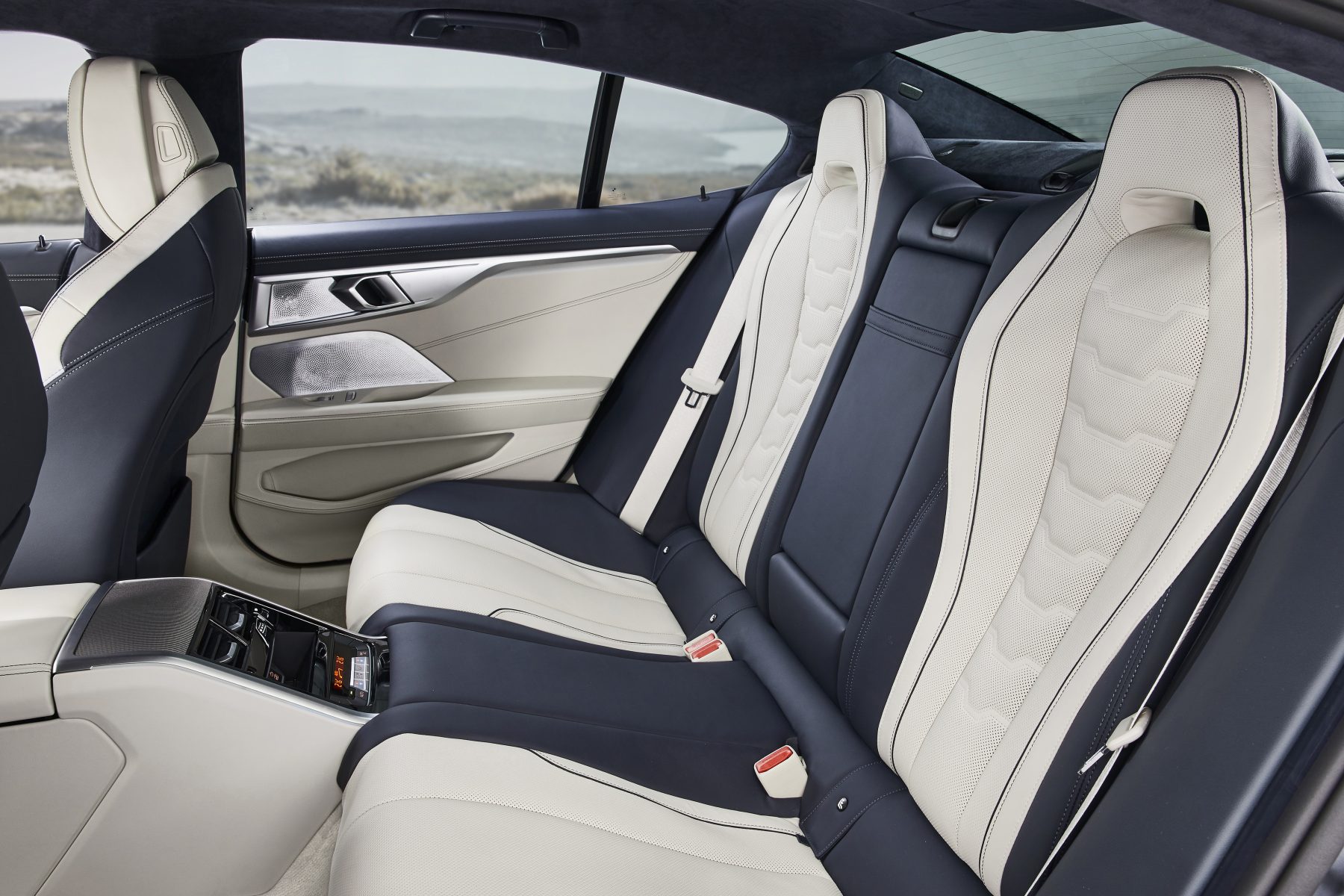
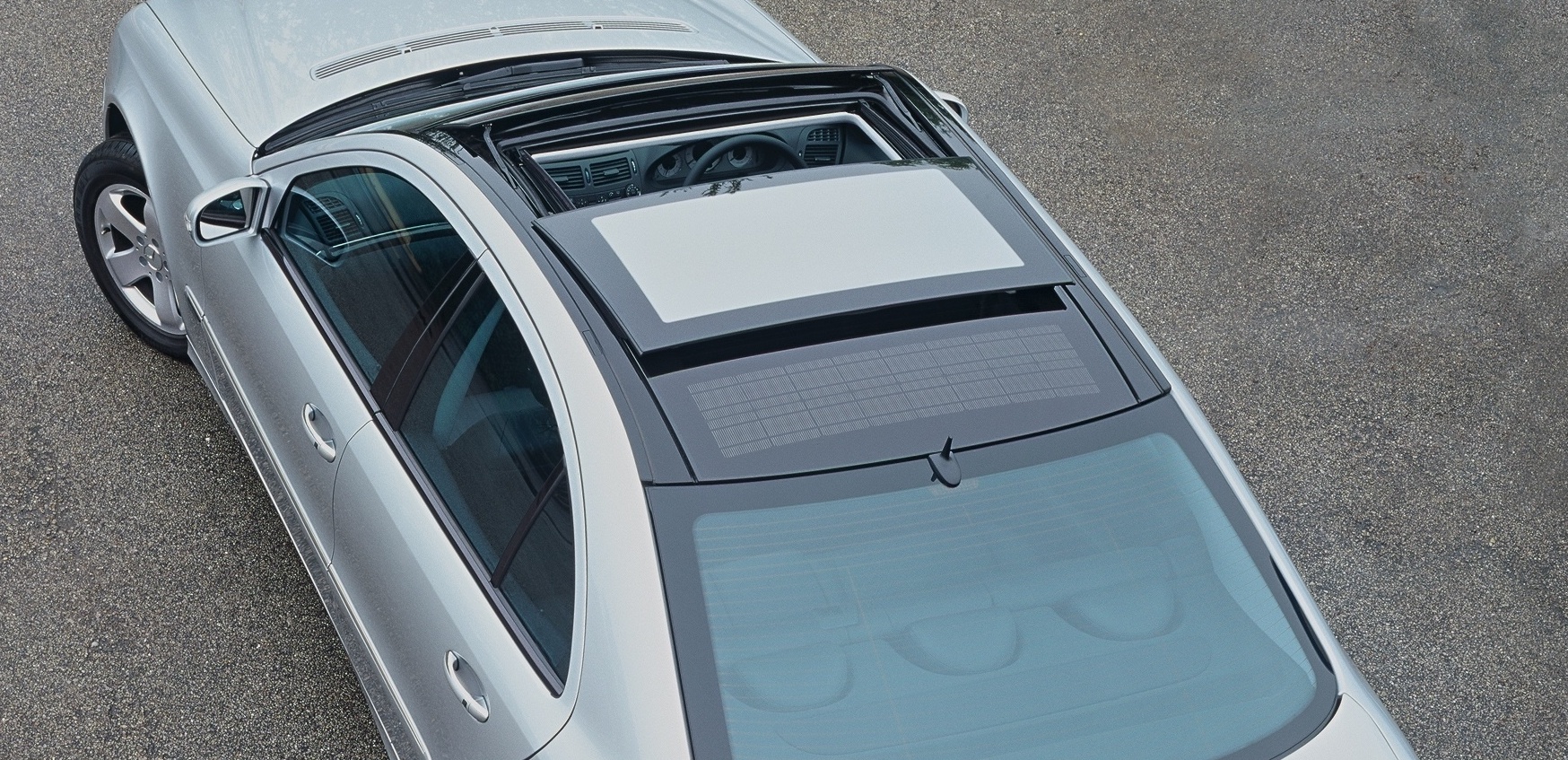
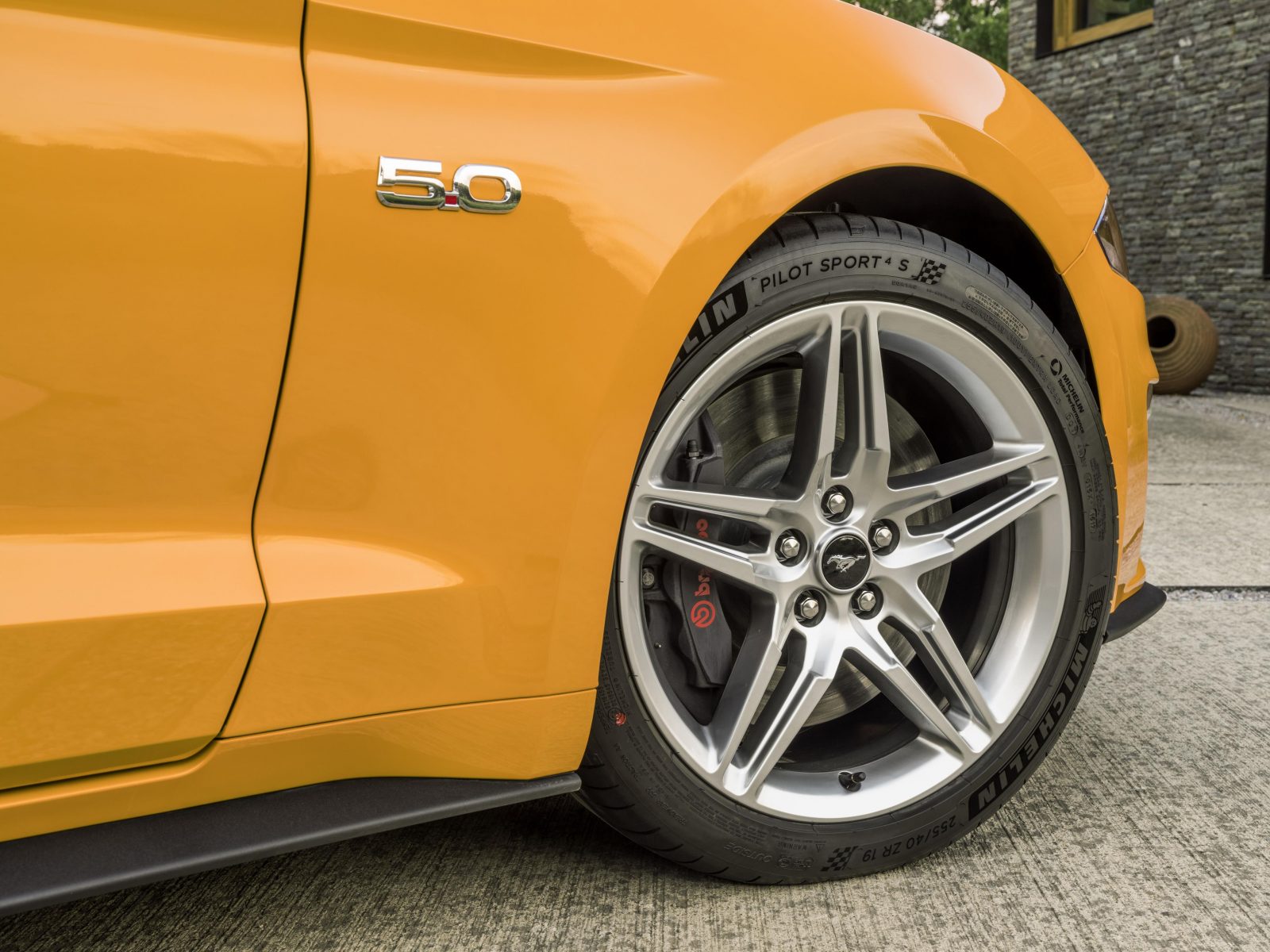
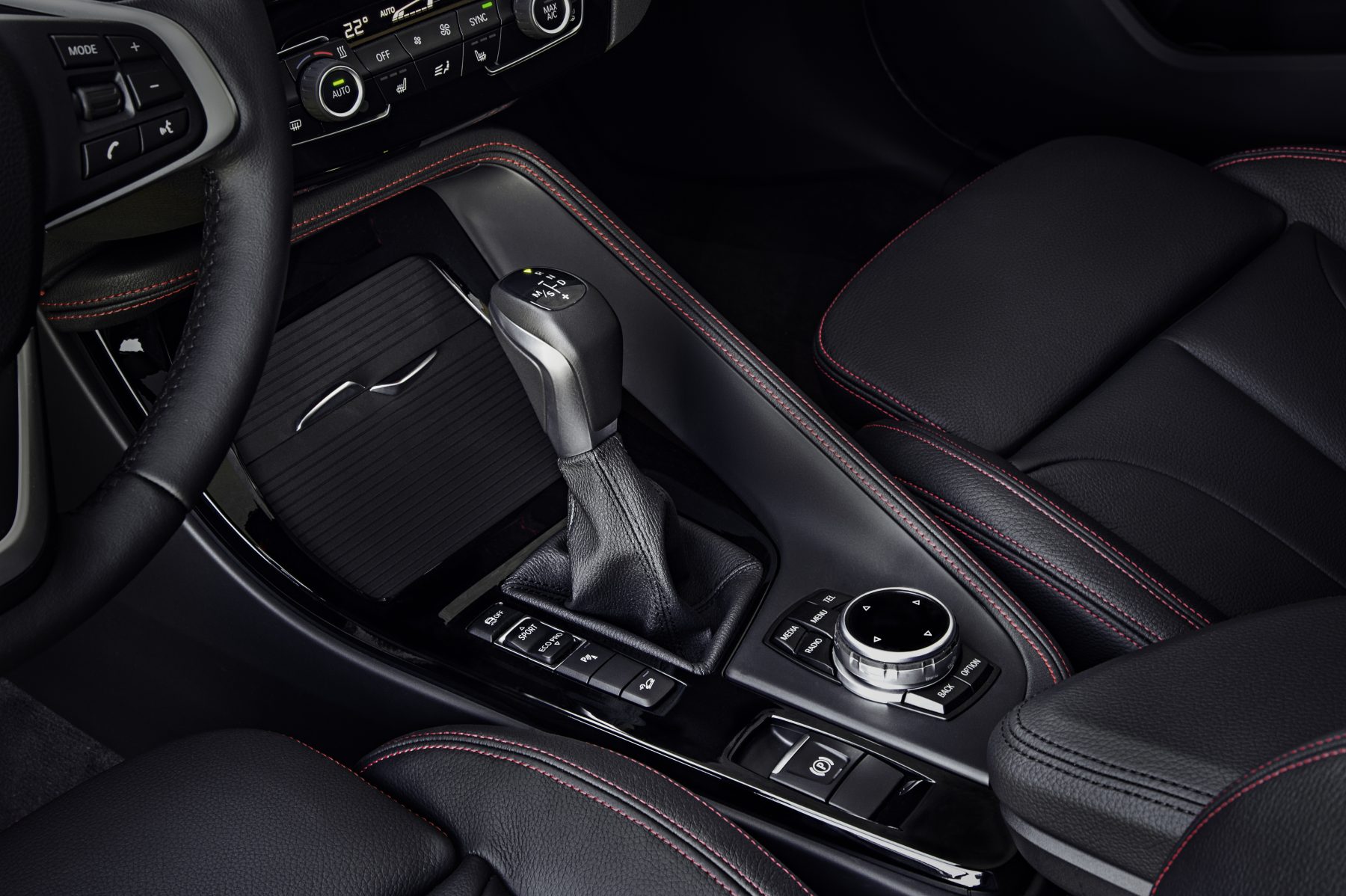
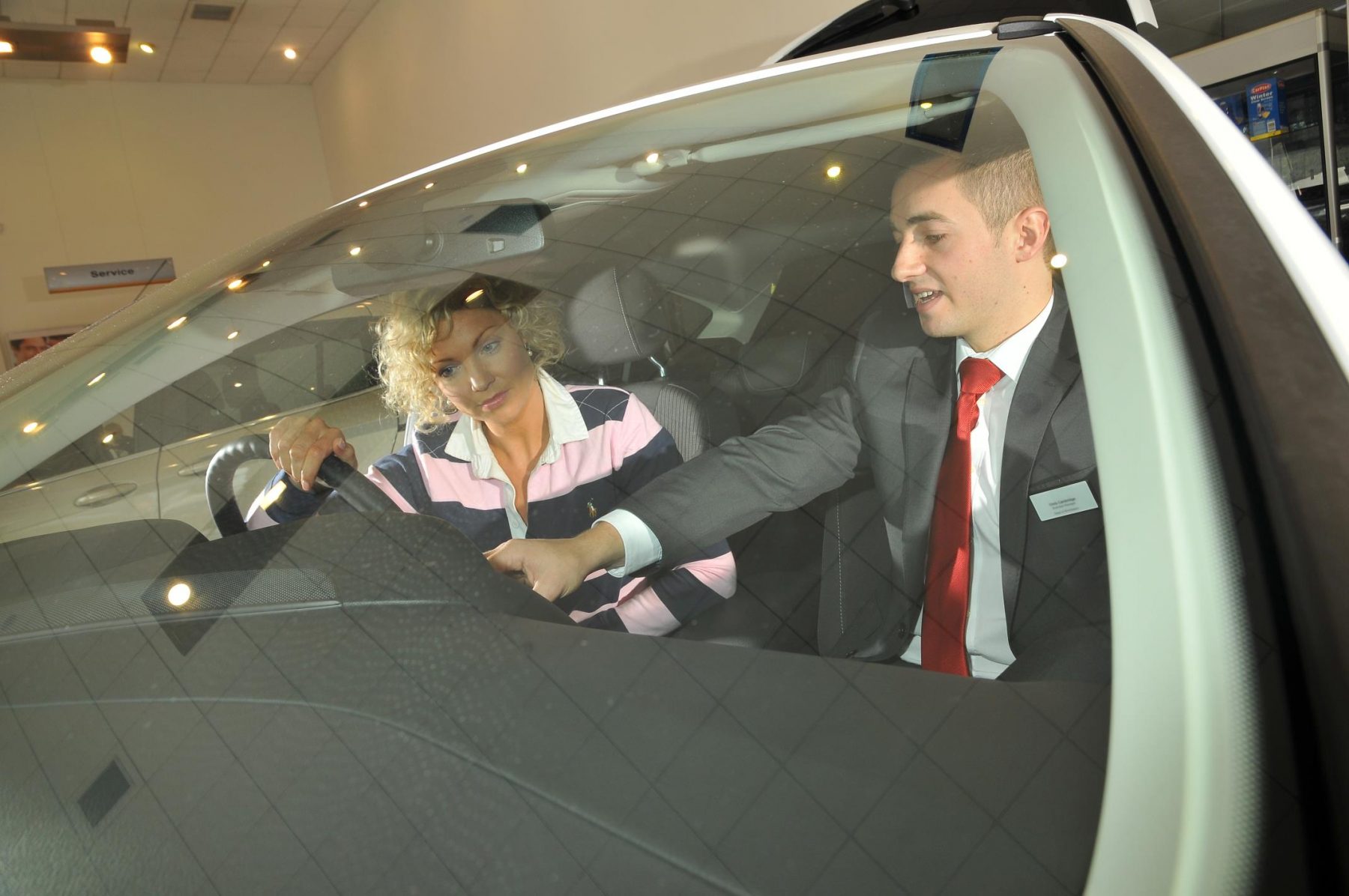

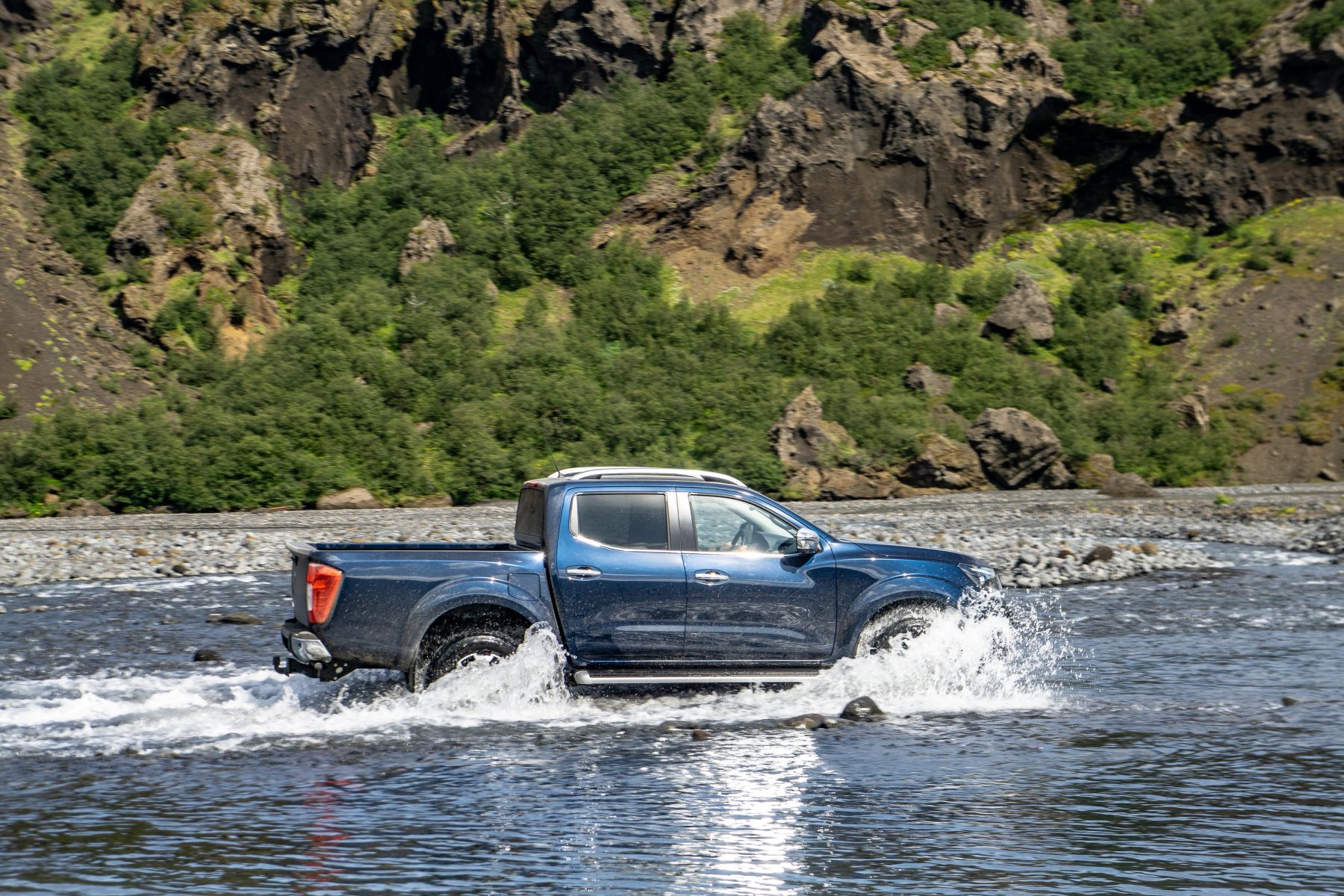
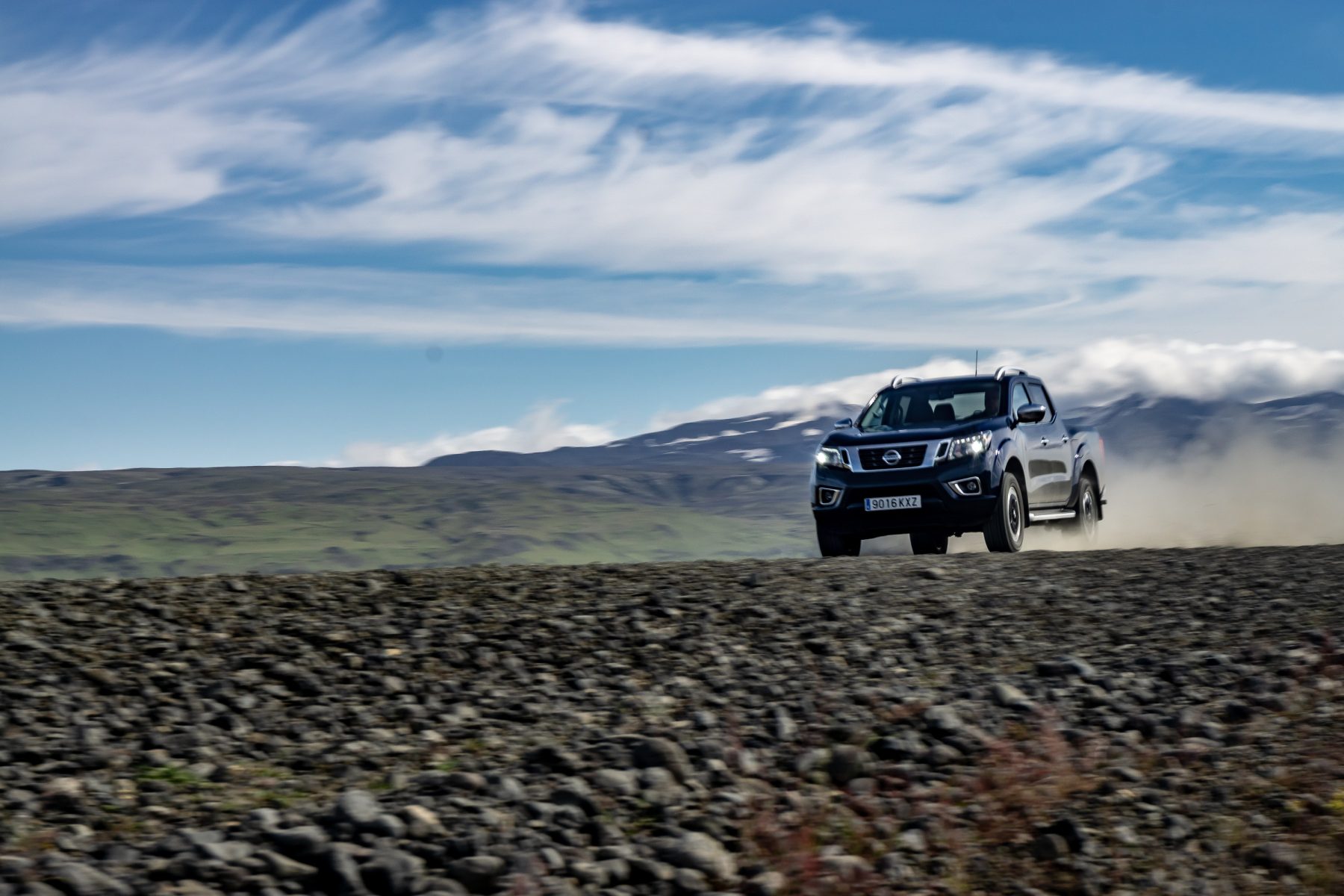


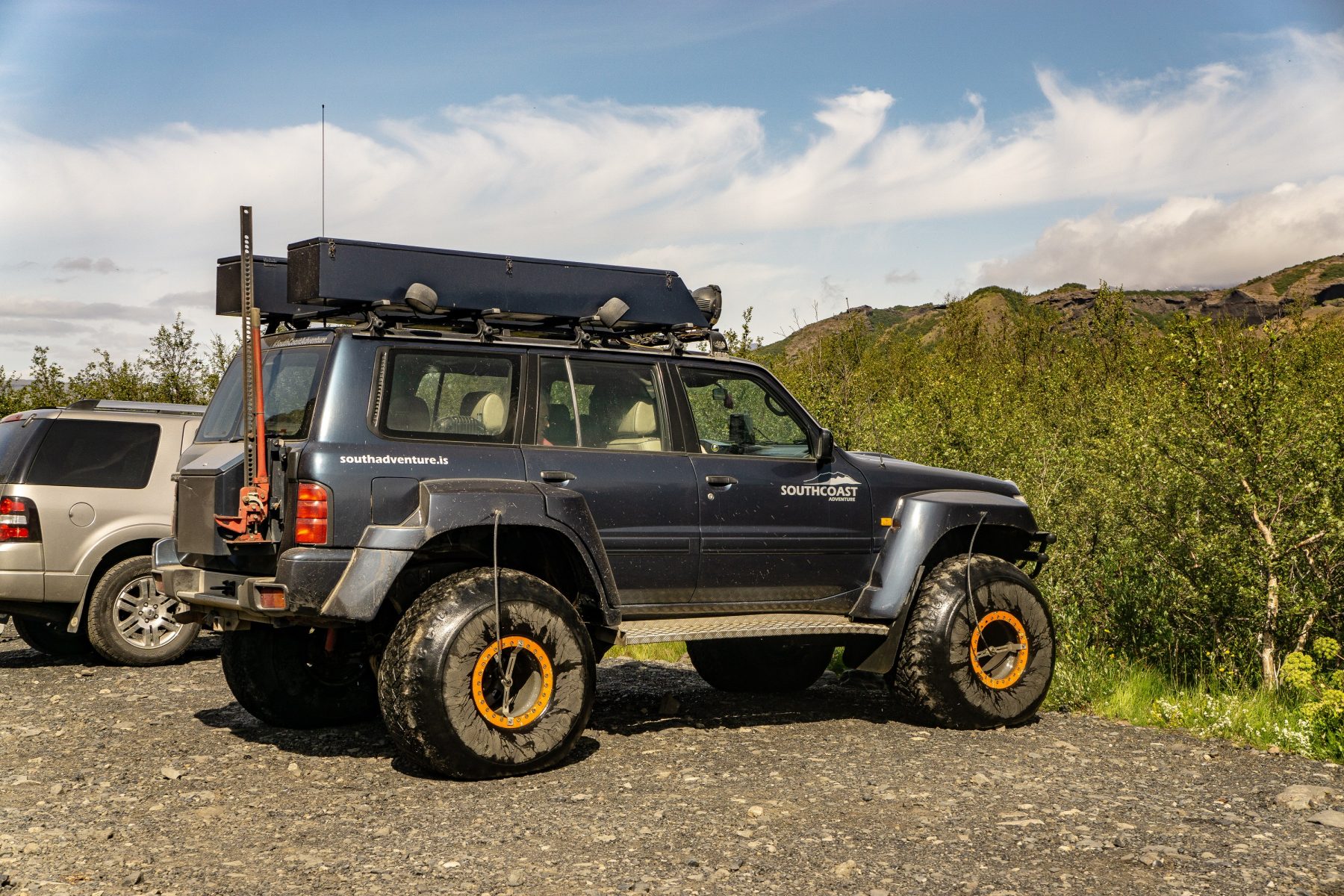
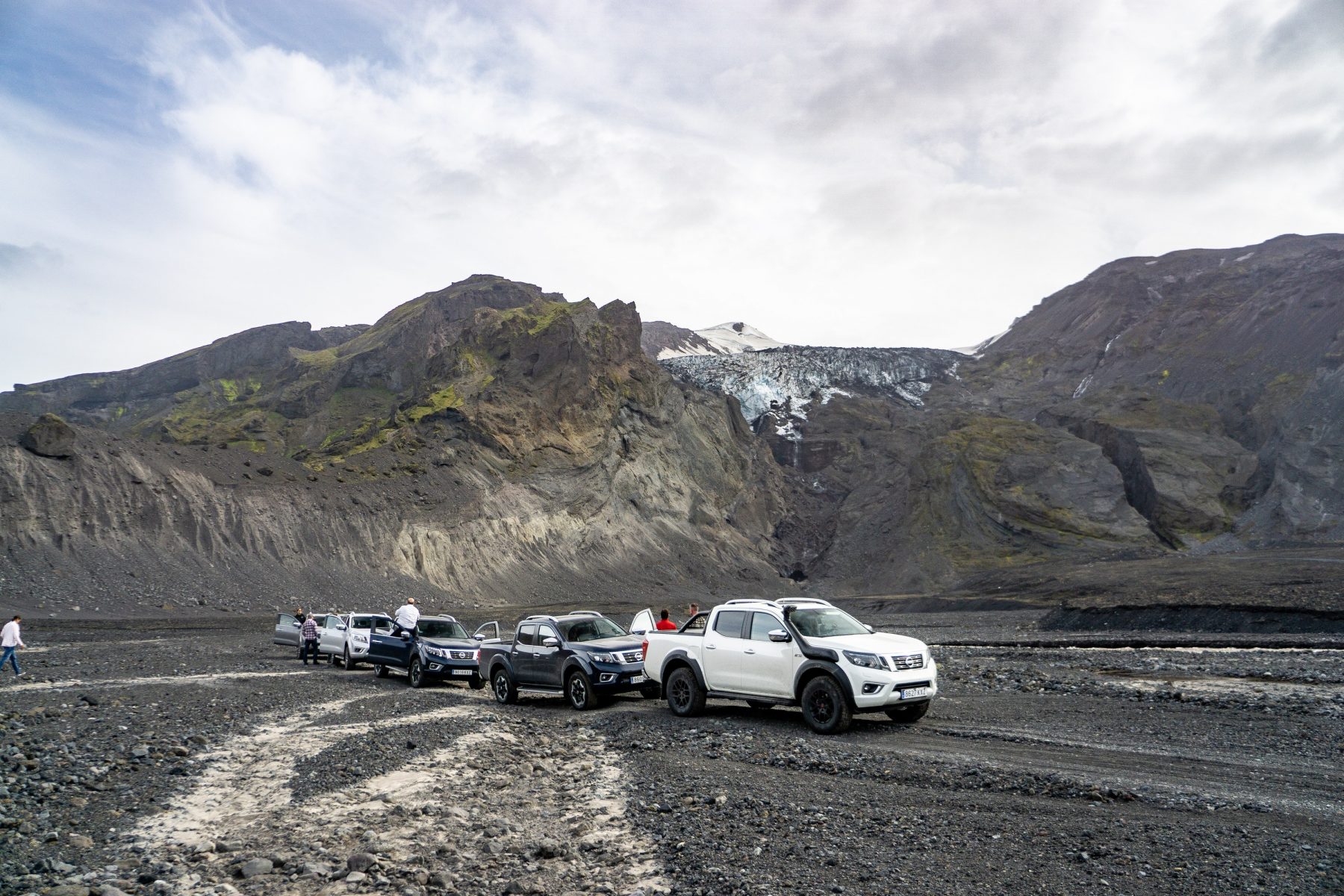
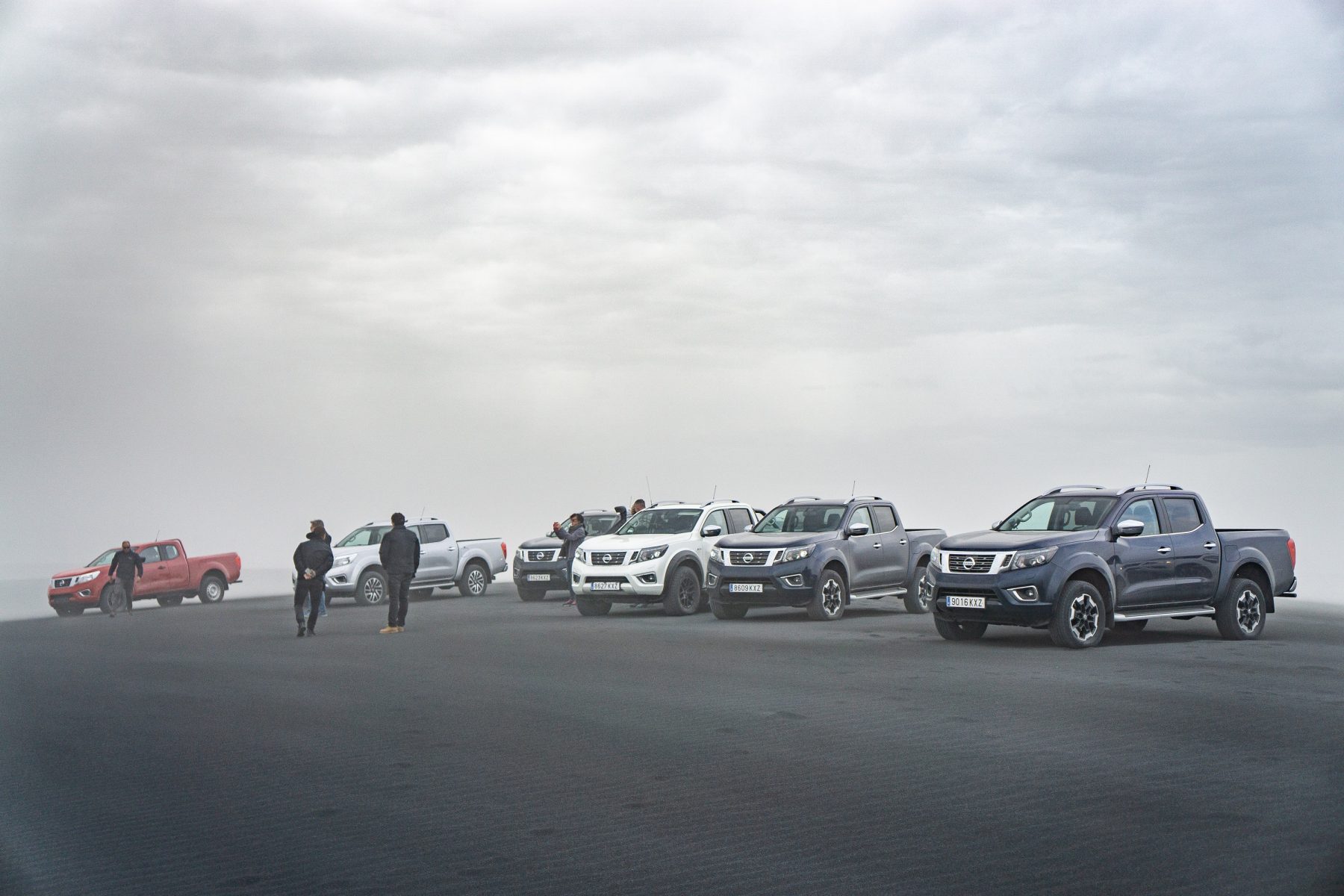
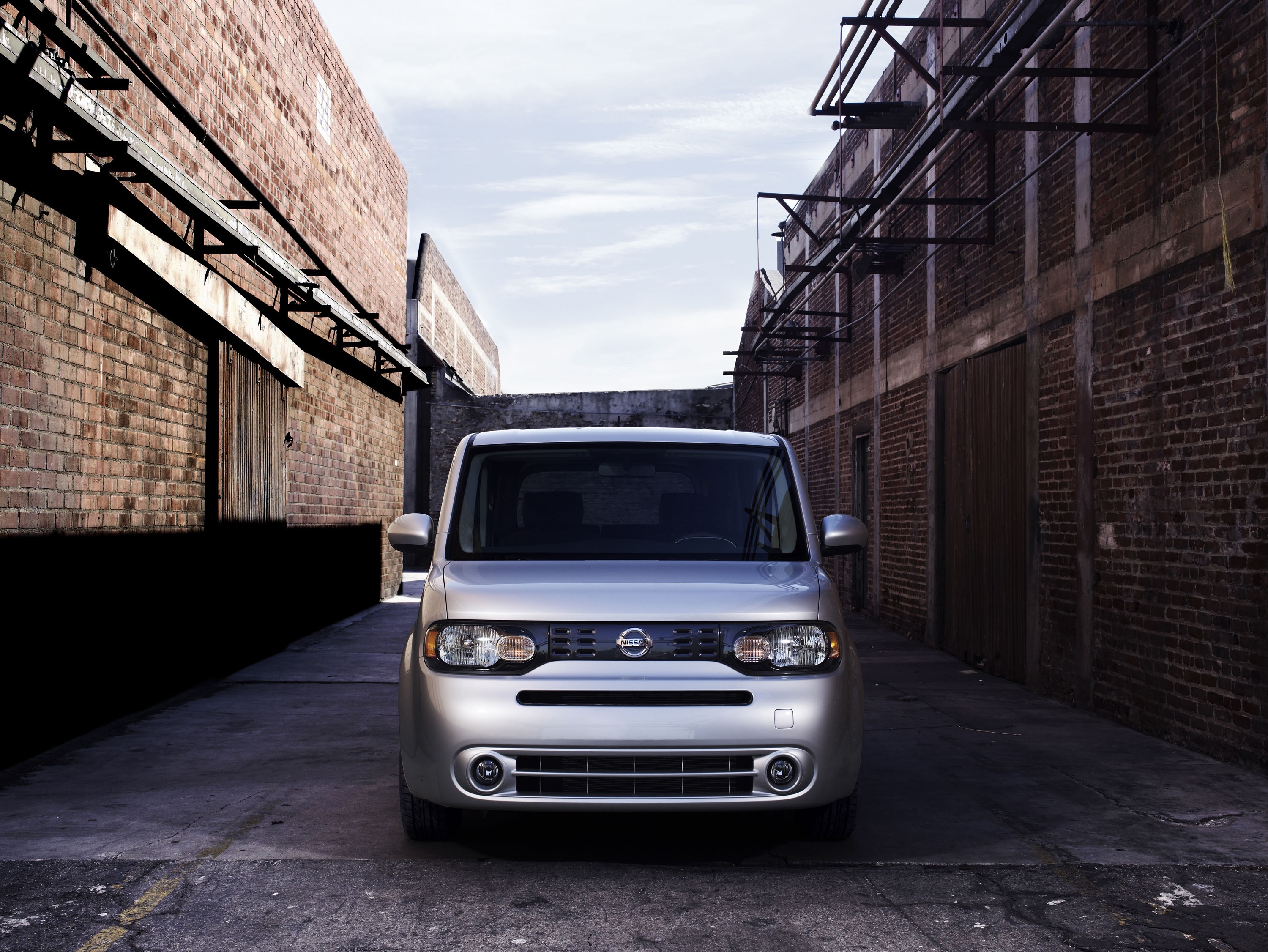
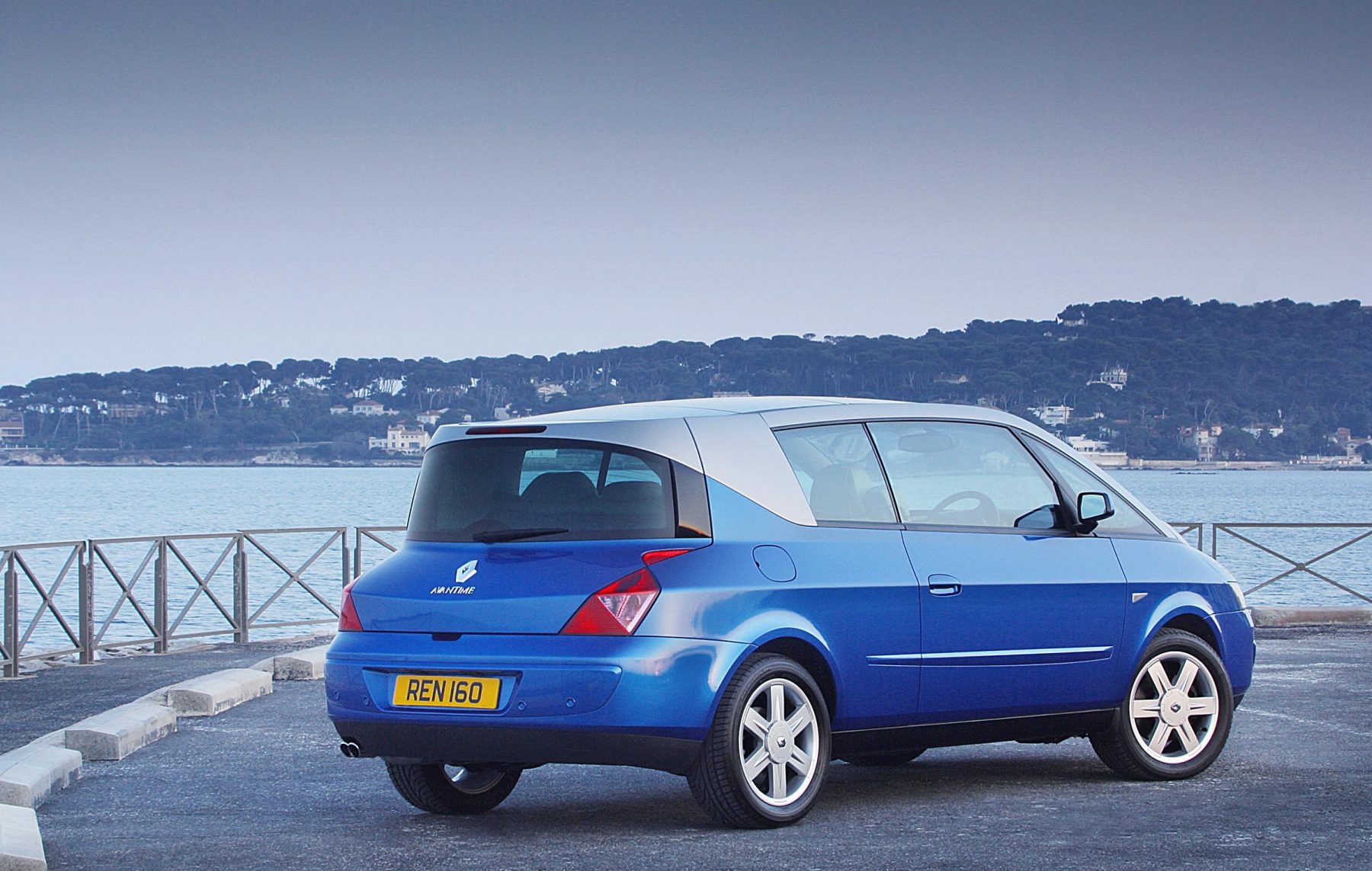 The Avantime was certainly a departure from the rest of the MPV segment. Too much of a departure? Probably. During its lifespan of less than three years, the cars seemed rather glued to the forecourt.
The Avantime was certainly a departure from the rest of the MPV segment. Too much of a departure? Probably. During its lifespan of less than three years, the cars seemed rather glued to the forecourt.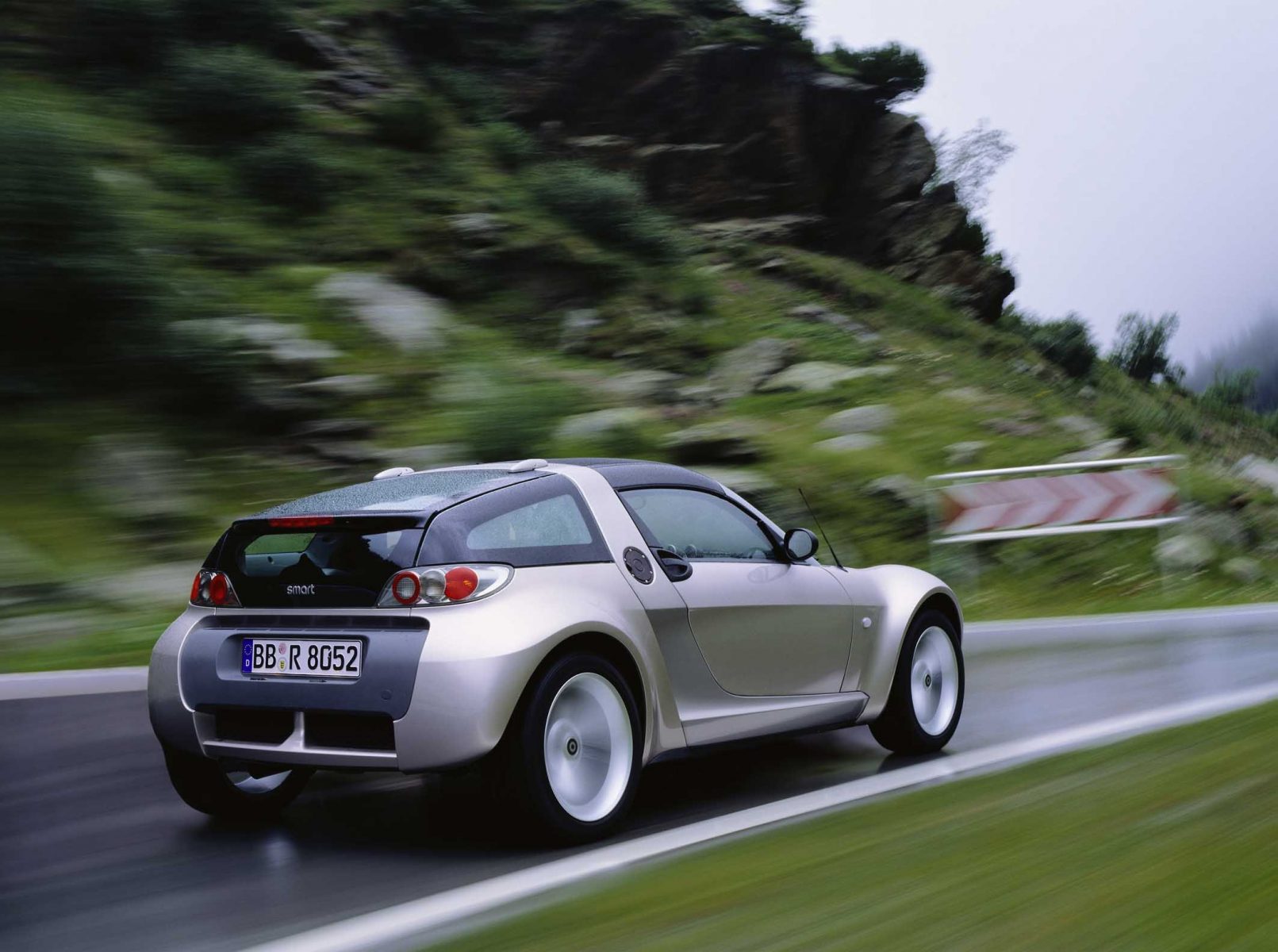 When Smart was still in its infancy, you’d have to suggest that very few motoring enthusiasts were losing sleep over what a Smart sports car would look, sound and drive like.
When Smart was still in its infancy, you’d have to suggest that very few motoring enthusiasts were losing sleep over what a Smart sports car would look, sound and drive like.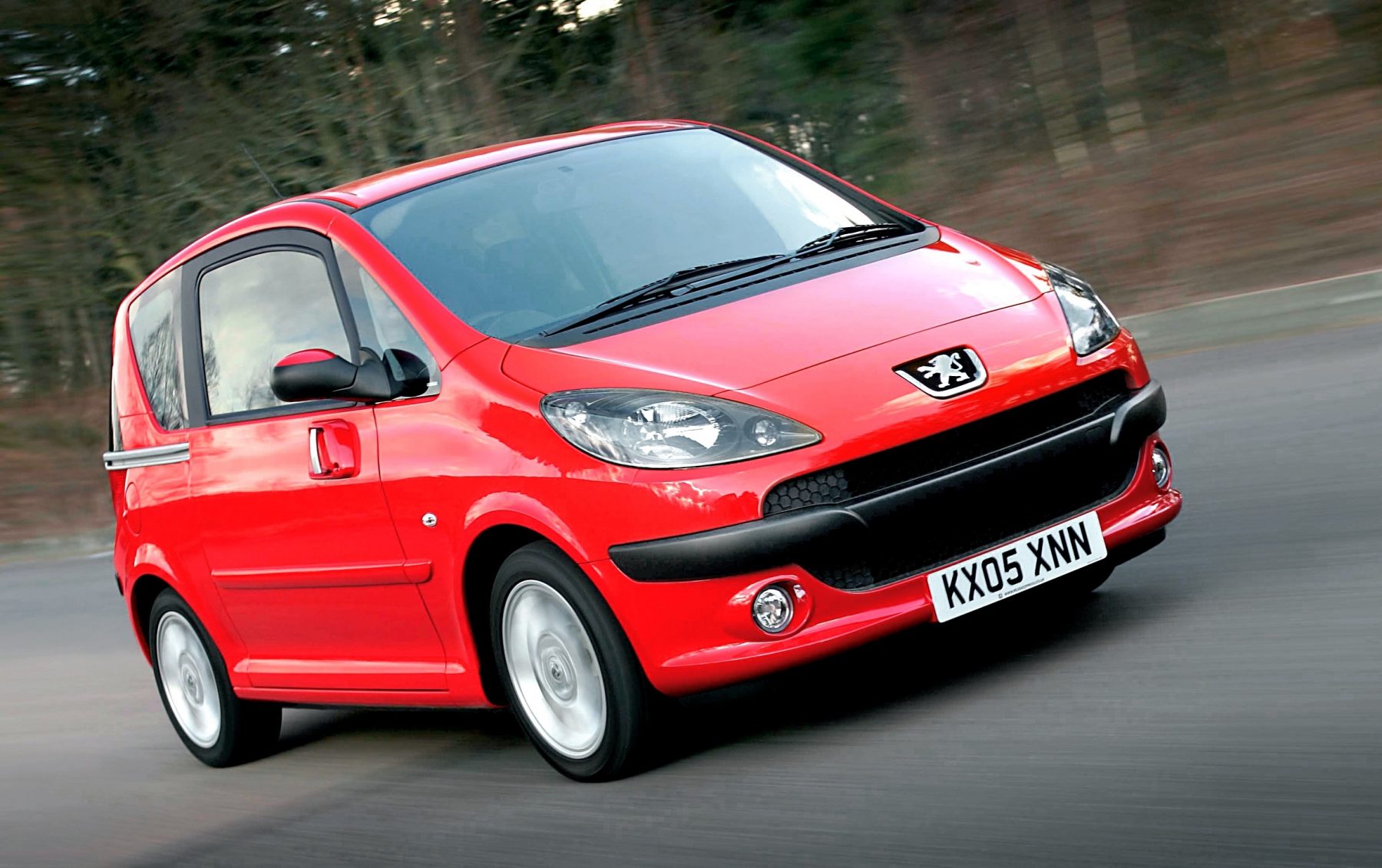 The Peugeot 1007 didn’t seem to know quite what it wanted to be. With its colourful interior trim, it felt rather youthful and exuberant, while the rest of the product looked more likely to appeal to the elderly or the disabled with its van-like silhouette and sliding doors.
The Peugeot 1007 didn’t seem to know quite what it wanted to be. With its colourful interior trim, it felt rather youthful and exuberant, while the rest of the product looked more likely to appeal to the elderly or the disabled with its van-like silhouette and sliding doors.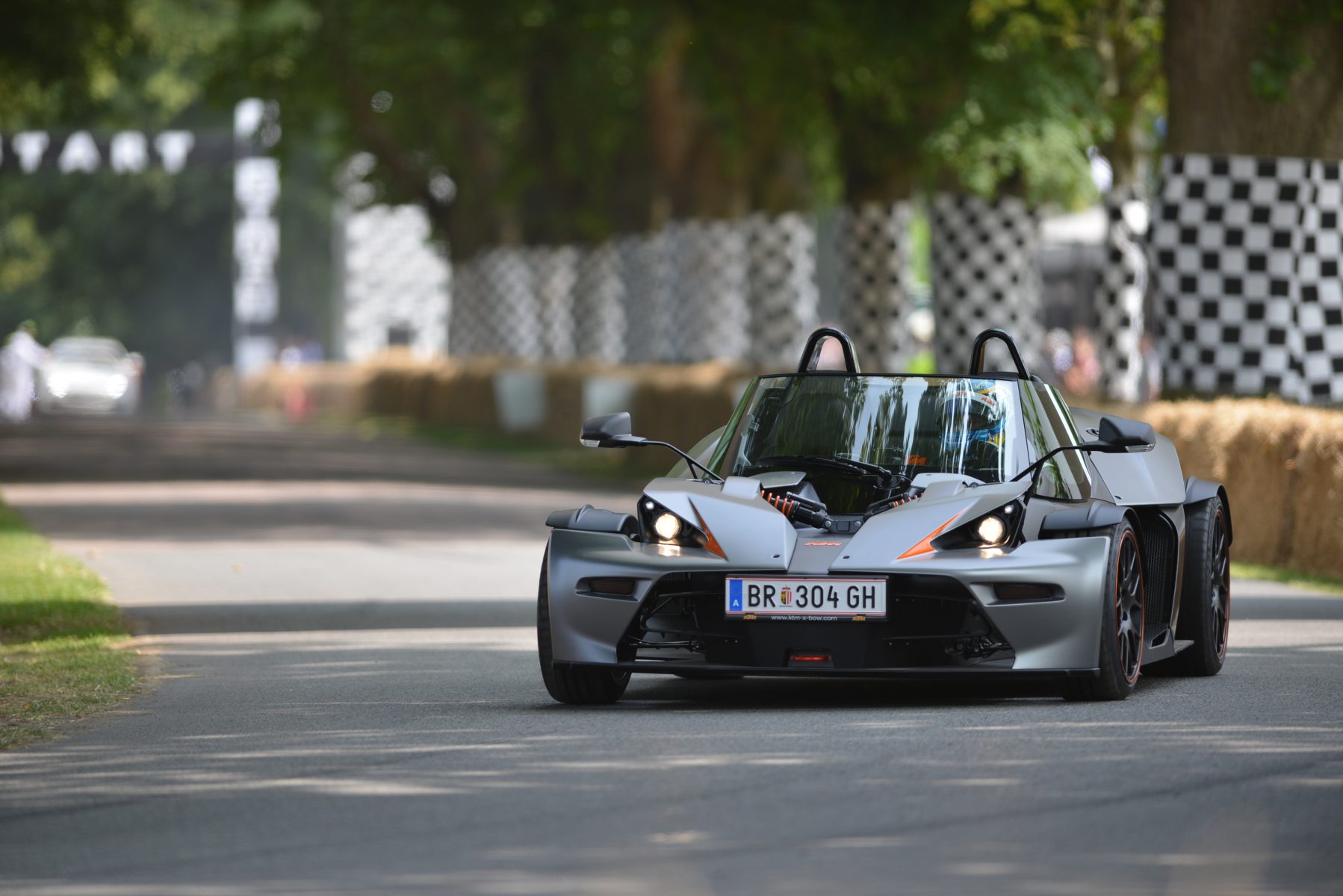 Coming into the spotlight at the tail-end of the 2000s, the X-Bow has retained a reputation as a solid track car throughout the 2010s.
Coming into the spotlight at the tail-end of the 2000s, the X-Bow has retained a reputation as a solid track car throughout the 2010s.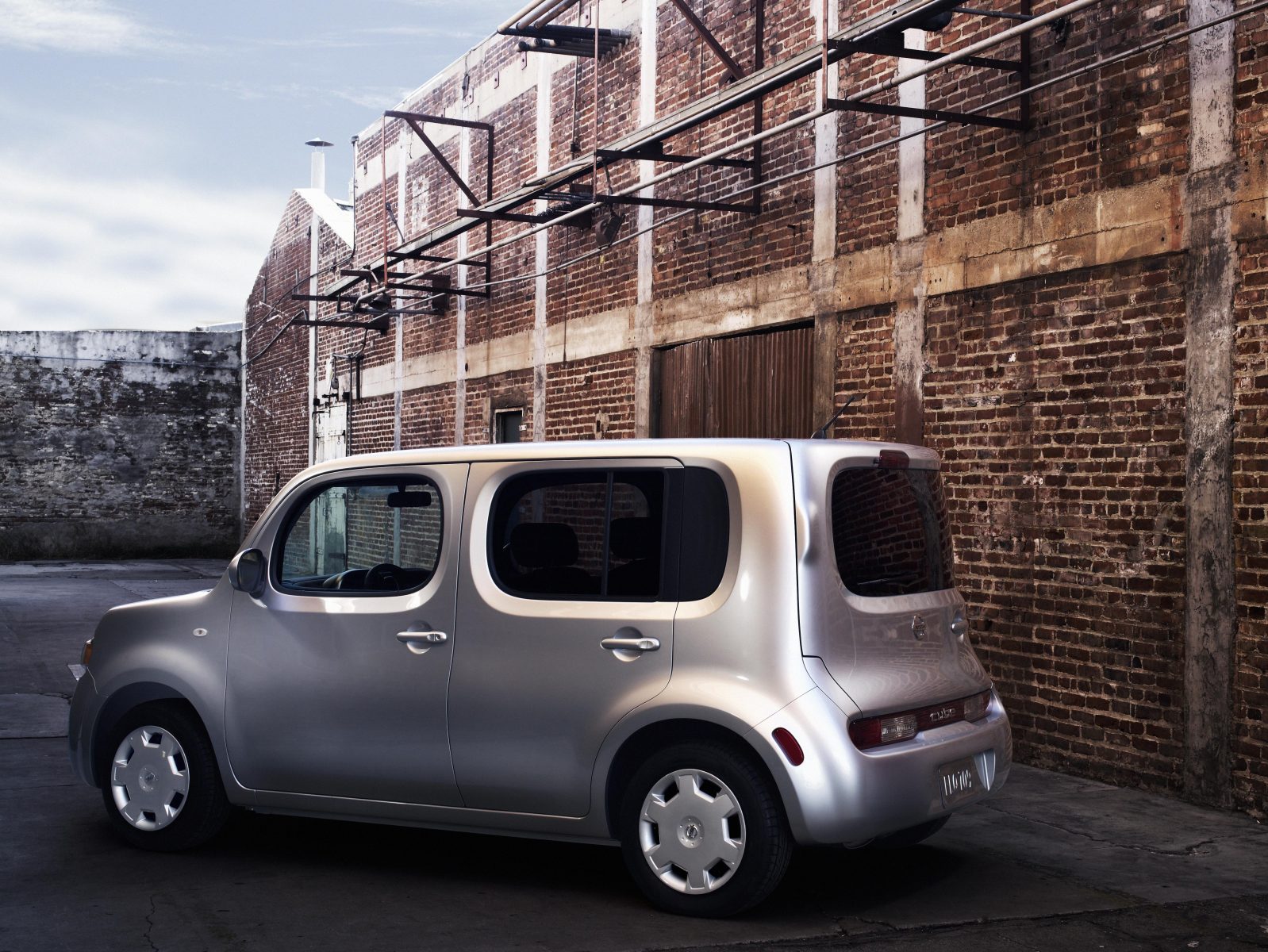 After the second-generation Cube attracted attention from the media and enthusiasts for its uniquely boxy exterior, Nissan decided to officially import the third-generation car to the UK for 2009, just about qualifying for this list as a result.
After the second-generation Cube attracted attention from the media and enthusiasts for its uniquely boxy exterior, Nissan decided to officially import the third-generation car to the UK for 2009, just about qualifying for this list as a result.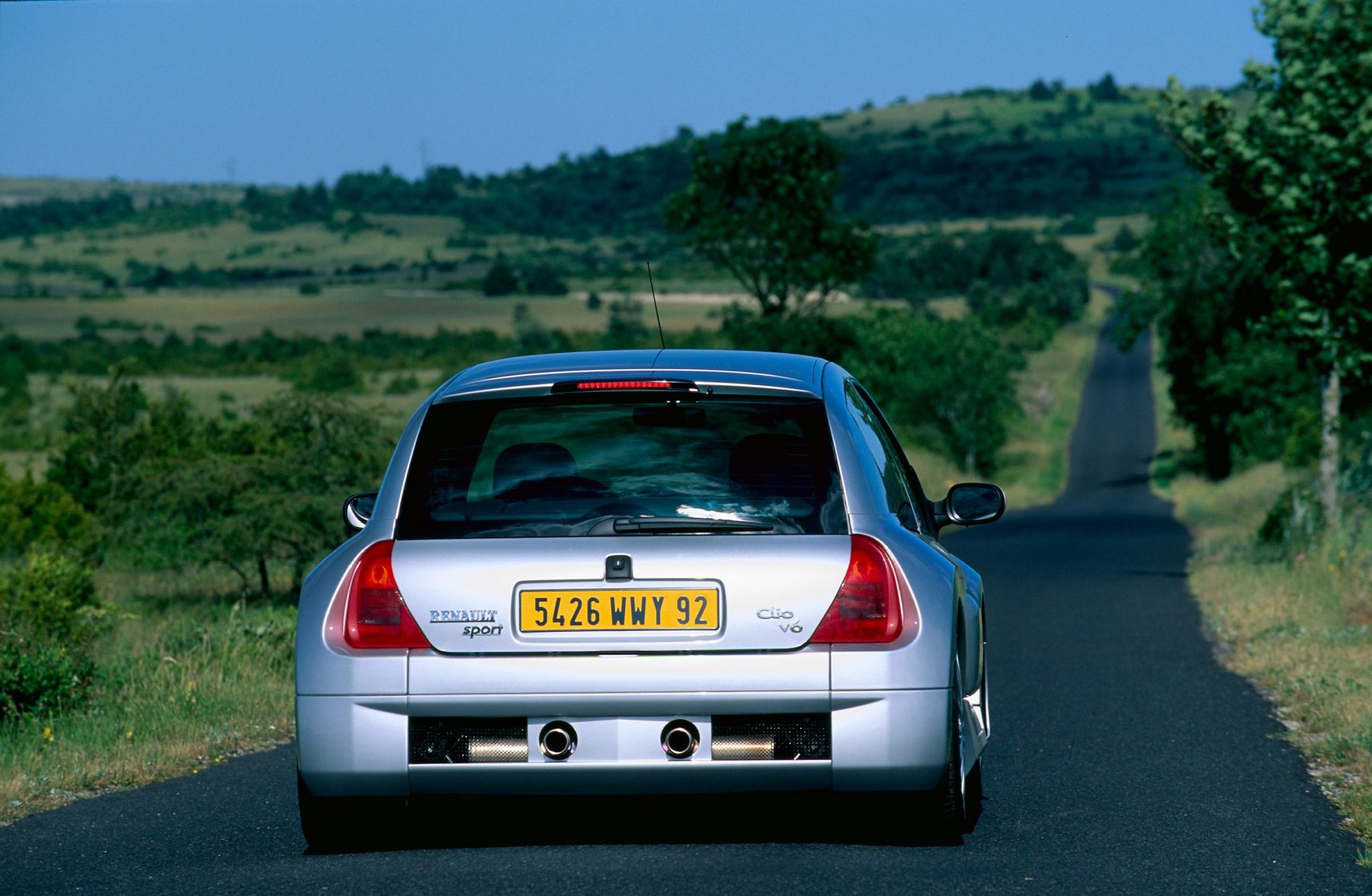 Motor racing has often been the inspiration for some truly insane road cars, but usually this is for the purpose of meeting a certain set of rules set out by race organisers, birthing ‘homologation specials’.
Motor racing has often been the inspiration for some truly insane road cars, but usually this is for the purpose of meeting a certain set of rules set out by race organisers, birthing ‘homologation specials’.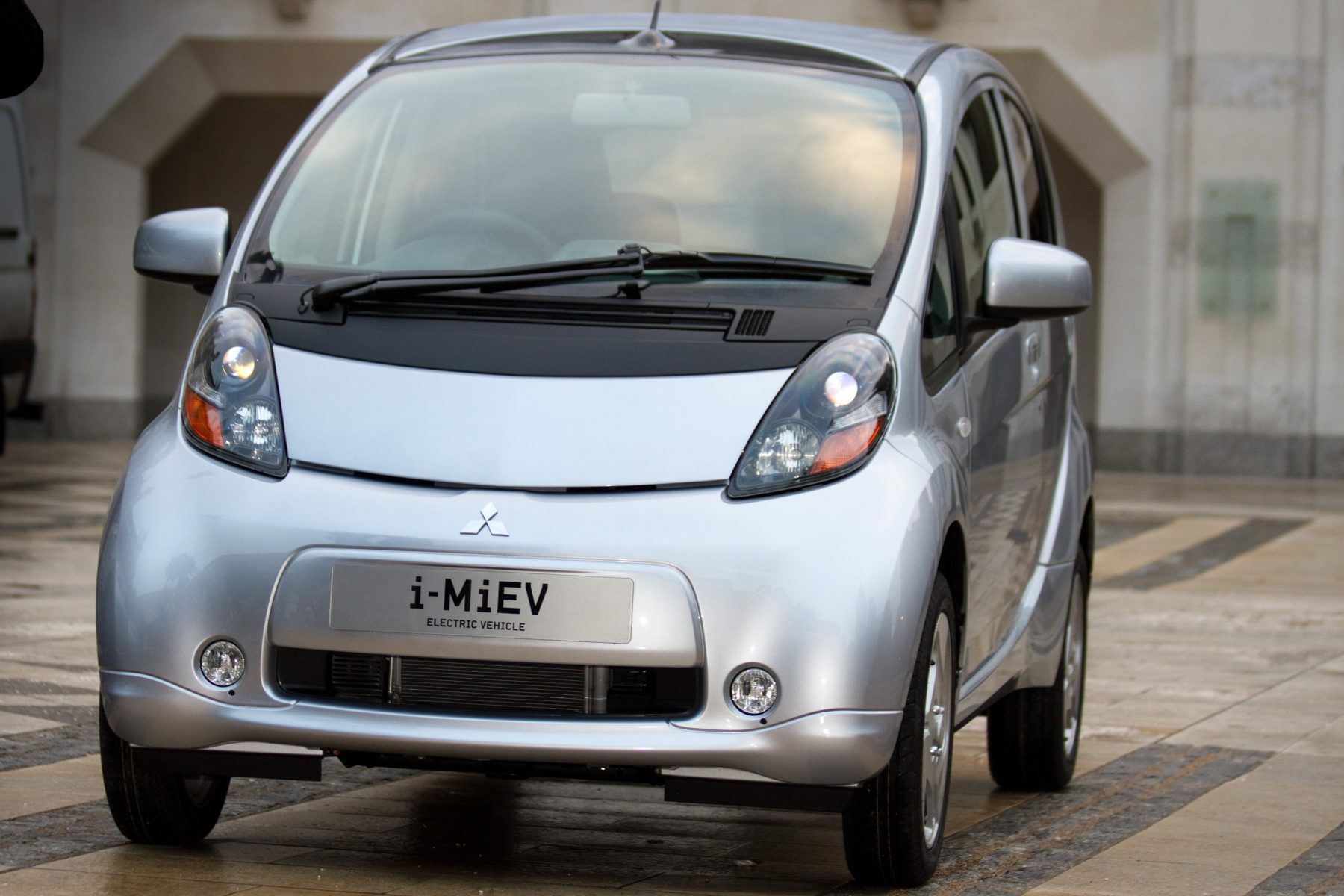 City cars and quirkiness seem to have gone hand in hand throughout the 21stcentury, and few had more eccentricities than the Mitsubishi i.
City cars and quirkiness seem to have gone hand in hand throughout the 21stcentury, and few had more eccentricities than the Mitsubishi i.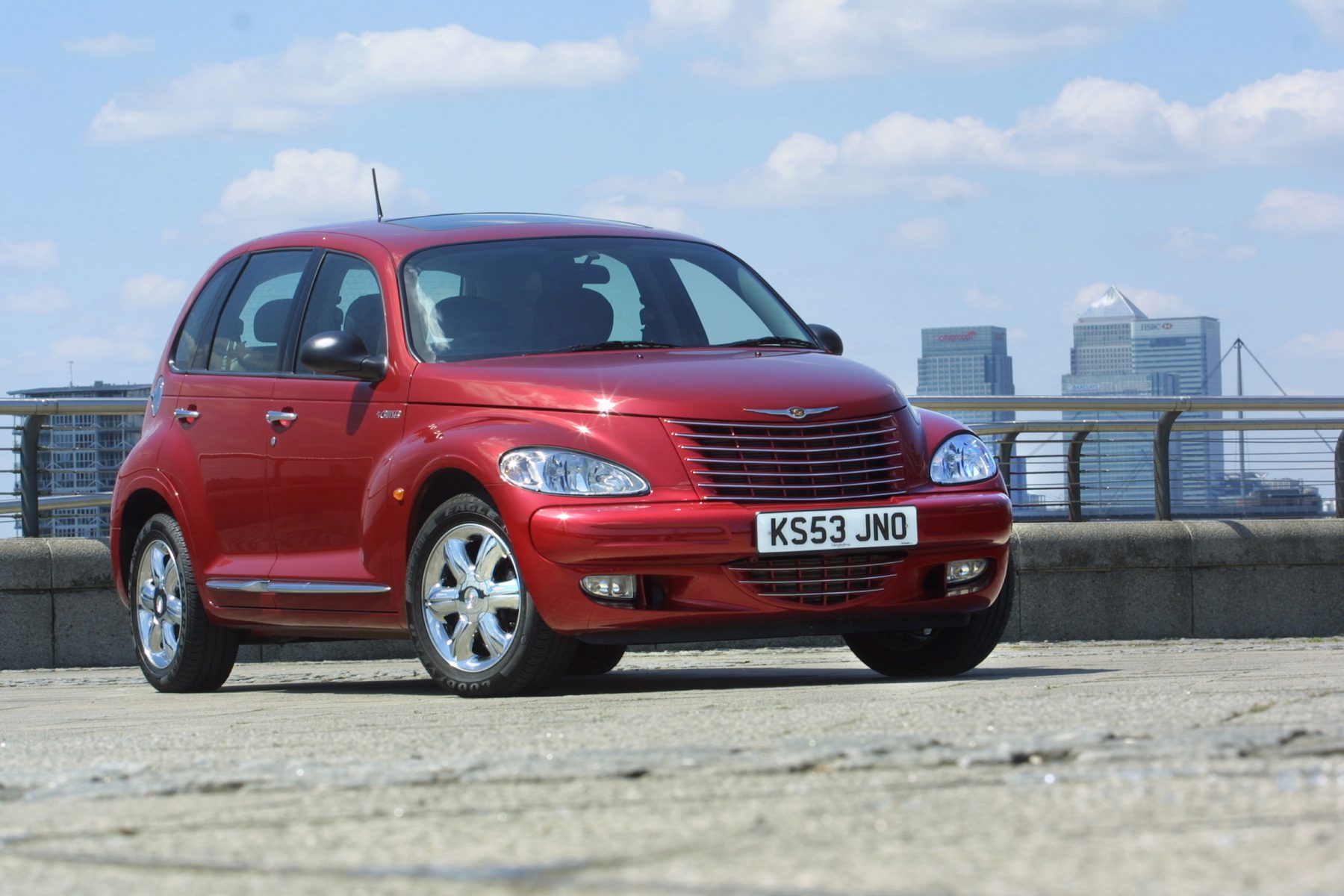 While the PT Cruiser is likely to forever illicit a poor reaction from most passionate motorists, a 10-year lifespan and a production run that topped 1.3 million units has to be an indicator that it did something right.
While the PT Cruiser is likely to forever illicit a poor reaction from most passionate motorists, a 10-year lifespan and a production run that topped 1.3 million units has to be an indicator that it did something right.